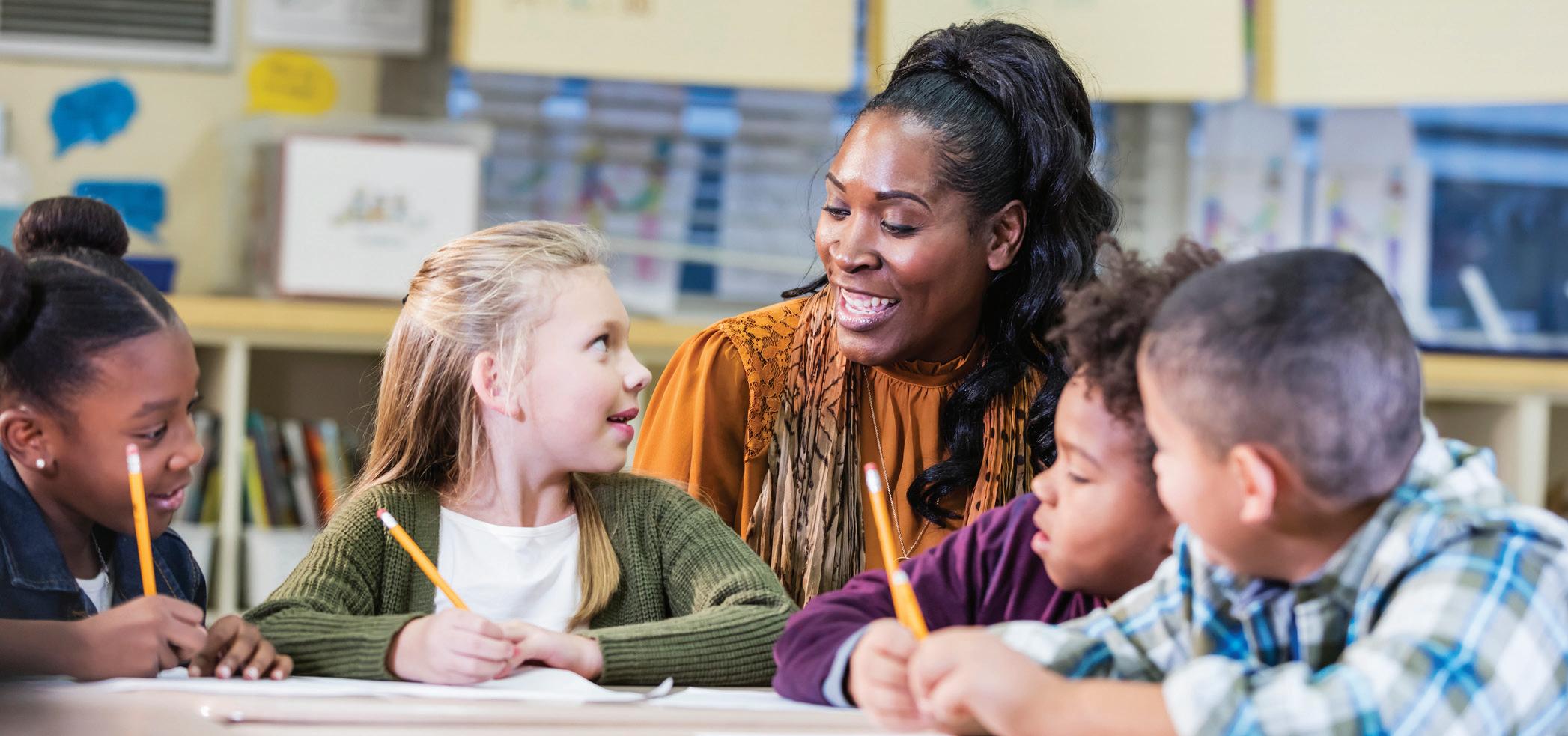

Early years, primary and lower secondary Teaching and learning resources





Early years, primary and lower secondary Teaching and learning resources


We work with schools worldwide to build an education that shapes knowledge, understanding and skills. Together, we give learners the confidence they need to thrive and make a positive impact in a changing world.
As part of the University of Cambridge, we offer a globally trusted and flexible framework for education from age 3 to 19, informed by research, experience, and listening to educators like you.
With recognised qualifications, high-quality resources, comprehensive support and valuable insights, we help schools prepare every student for the opportunities and challenges ahead. Together, we help Cambridge learners be ready for the world.
For more information about our organisation, please visit cambridge.org/internationaleducation


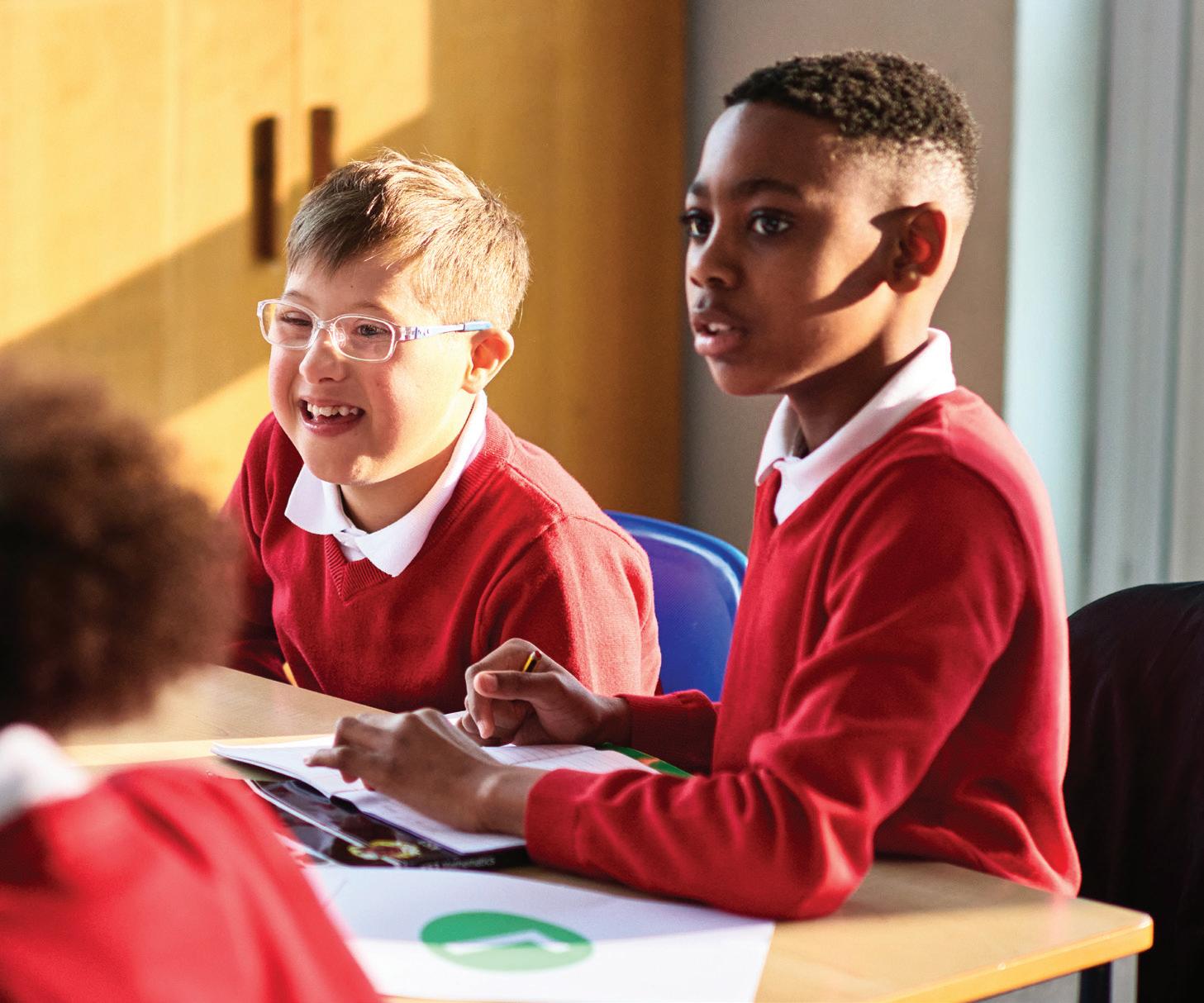
From the world's top-ranked universities to local higher education institutions, Cambridge qualifications open doors to a world of opportunities.
We have over 160 years' experience in delivering fair, valid and reliable assessments to students worldwide, and our globally trusted curriculum, resources and support help schools to offer the highest standard of education.
Your
With the flexibility and breadth of our curriculum, high-quality teaching and learning resources and assessments, schools worldwide can build an education that meets the needs of their learners, their culture and context. Our aligned offer helps Cambridge schools support every learner to reach their potential and thrive.
Cambridge learners build subject knowledge and conceptual understanding, and develop a broad range of skills, learning habits and attributes to help make them ready for the world.
Our trusted baseline and diagnostic assessments, together with our insights and evaluation service, help schools turn data into knowledge and actionable insights, to inform teaching decisions and improve learner outcomes.
We bring together the collective knowledge of experts worldwide and our diverse community of educators in 160 countries, and support them to learn from one another, and share ideas and information.
Cambridge Phonics and Handwriting
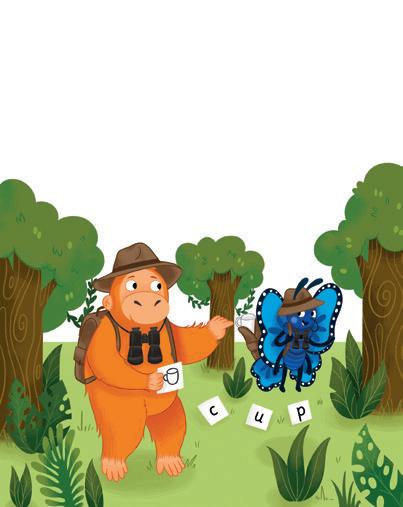
and Handwriting

and
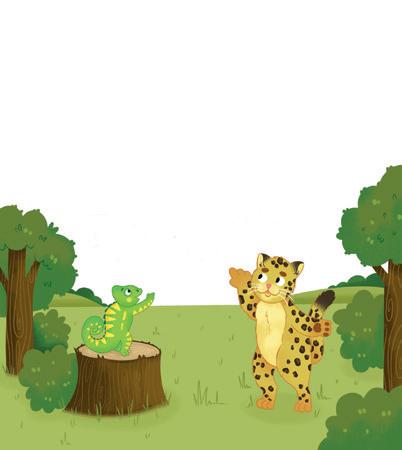
Pages 16 and 17 >
Building confidence
Discover practical tips for making the transition from Cambridge Early Years to Cambridge Primary a positive experience for learners.
Page 9 >
Professional development
Find out about the Cambridge Phonics and Handwriting Framework and how it fits within Cambridge Early Years and Cambridge Primary in our self-study course.
Cambridge Phonics and Handwriting course
Page 57 >
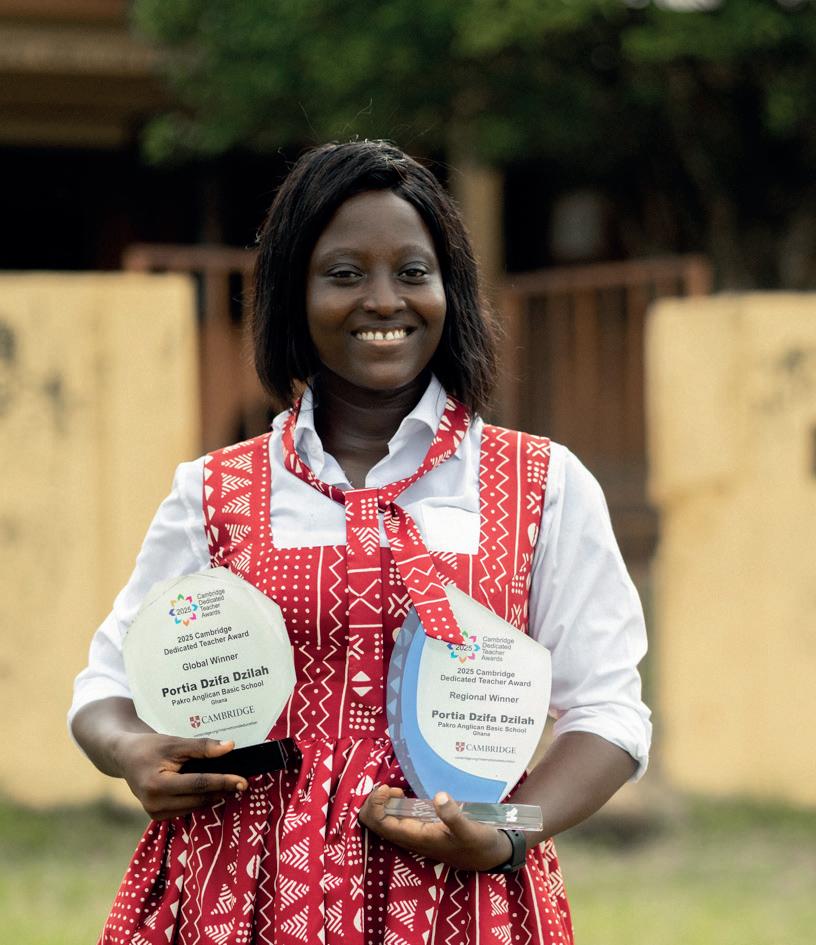
Meet our Dedicated Teacher Awards winner 2025
Portia Dzilah
Global Winner
Sub-Saharan Africa
Pakro-Adjinase St. James Anglican
Basic School, Ghana
Find out what it meant to our global winner to receive the 2025 Dedicated Teacher Award.
Pages 46–47 >

Have your say
Share your insights to help learners see themselves reflected in the curriculum. Read more about our humanities resources survey.
Page 49 >
The Cambridge Pathway helps learners be ready for the world, offering five stages of education from 3 to 19, leading seamlessly from early years to pre-university.
Each stage build on the previous and further shapes learners' knowledge, understanding and skills. Schools can select which stages they provide and choose from a broad range of subjects. This means schools can design a curriculum that meets their teachers' needs and excites their students.
clear path for educational success from age 3 to 19
The Cambridge Pathway helps students develop deep subject knowledge, conceptual understanding and higher order thinking skills. From Cambridge Primary to Advanced, we also offer Cambridge Global Perspectives™, a unique, transformational programme that helps students develop outstanding skills, including critical thinking, research and collaboration.
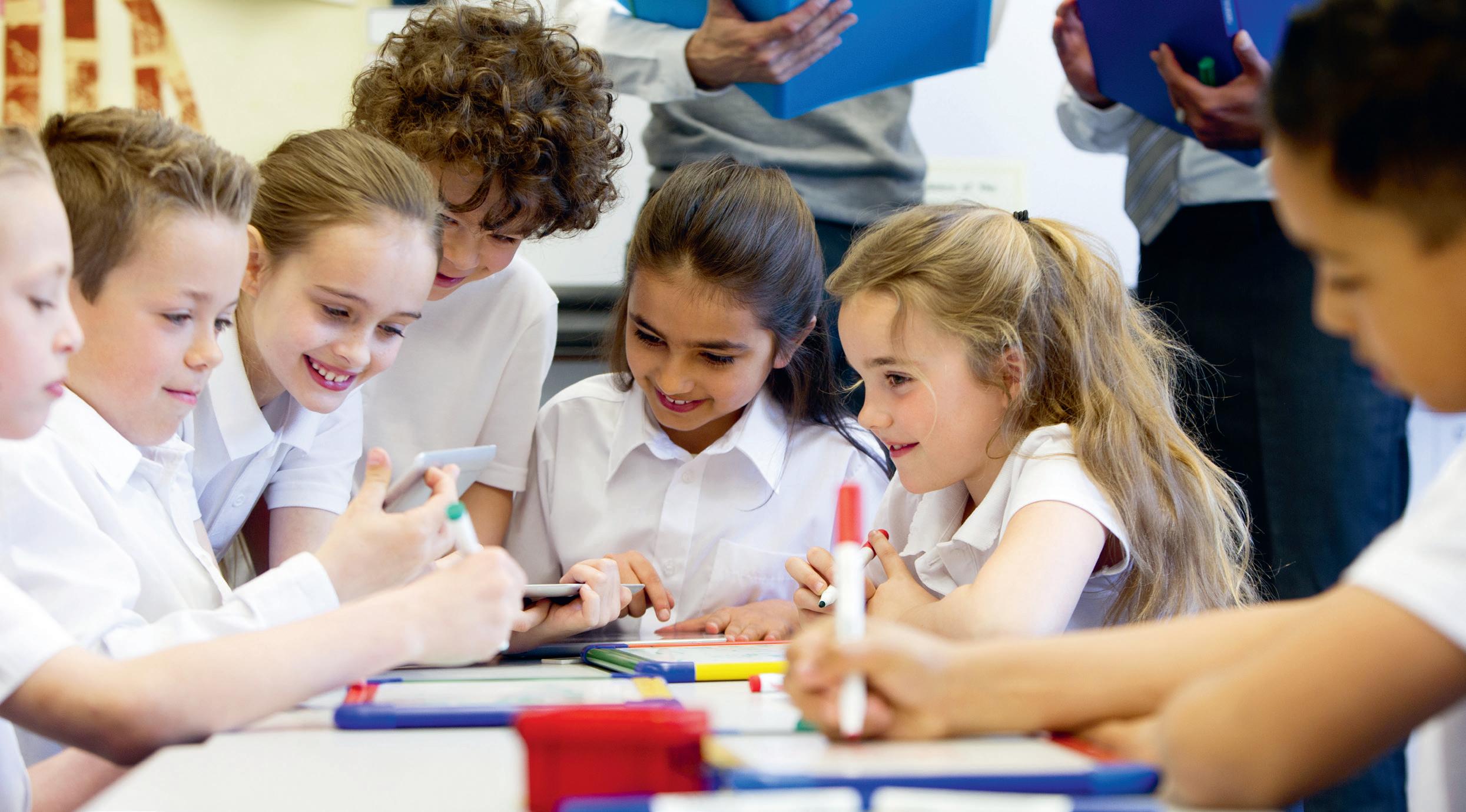
Schools that register to offer Cambridge Early Years, Primary or Lower Secondary benefit from a broad and balanced curriculum that develops knowledge and skills, and provides an excellent foundation for the next stage of education.
As a Cambridge International School that offers Cambridge Early Years, Primary or Lower Secondary, you can discover:
• A range of 13 subjects including English, mathematics and science.
• Flexible assessments to help you measure learners’ progress, including Cambridge Checkpoint and baseline assessments.
• A secure online support site with resources to help you understand the curriculum and plan engaging lessons.
• Endorsed textbooks and resources from Cambridge that are aligned with the curriculum and promote effective teaching and learning.
• High-quality training and professional development opportunities for all teachers.
We believe education works best when curriculum, teaching, learning, resources and assessment are closely aligned. That belief inspires the design of each aspect of Cambridge programmes. Alignment stems from knowing what we want students to learn, understanding how we will know this learning has happened, and encouraging teaching and learning approaches that support it.
There are four steps to becoming a Cambridge school. It is a simple process and we will support you all the way. We will work with your school to support completion of the process, which can take around 12 weeks.
Step 1 – Express your interest
We aim to contact you within two working days of submitting your expression of interest.
Step 2 – Complete our application form
We aim to contact you within five working days of submitting your application form.
Step 3 – We carry out an approval visit
We will arrange a time that is convenient to you. From time to time we carry out reapproval visits to make sure schools continue to meet our requirements post-registration.
Step 4 – You become a Cambridge International School
If you are approved to become a Cambridge school we will send your contract letter within 30 days of the approval visit.
Find out more about becoming a Cambridge International School.
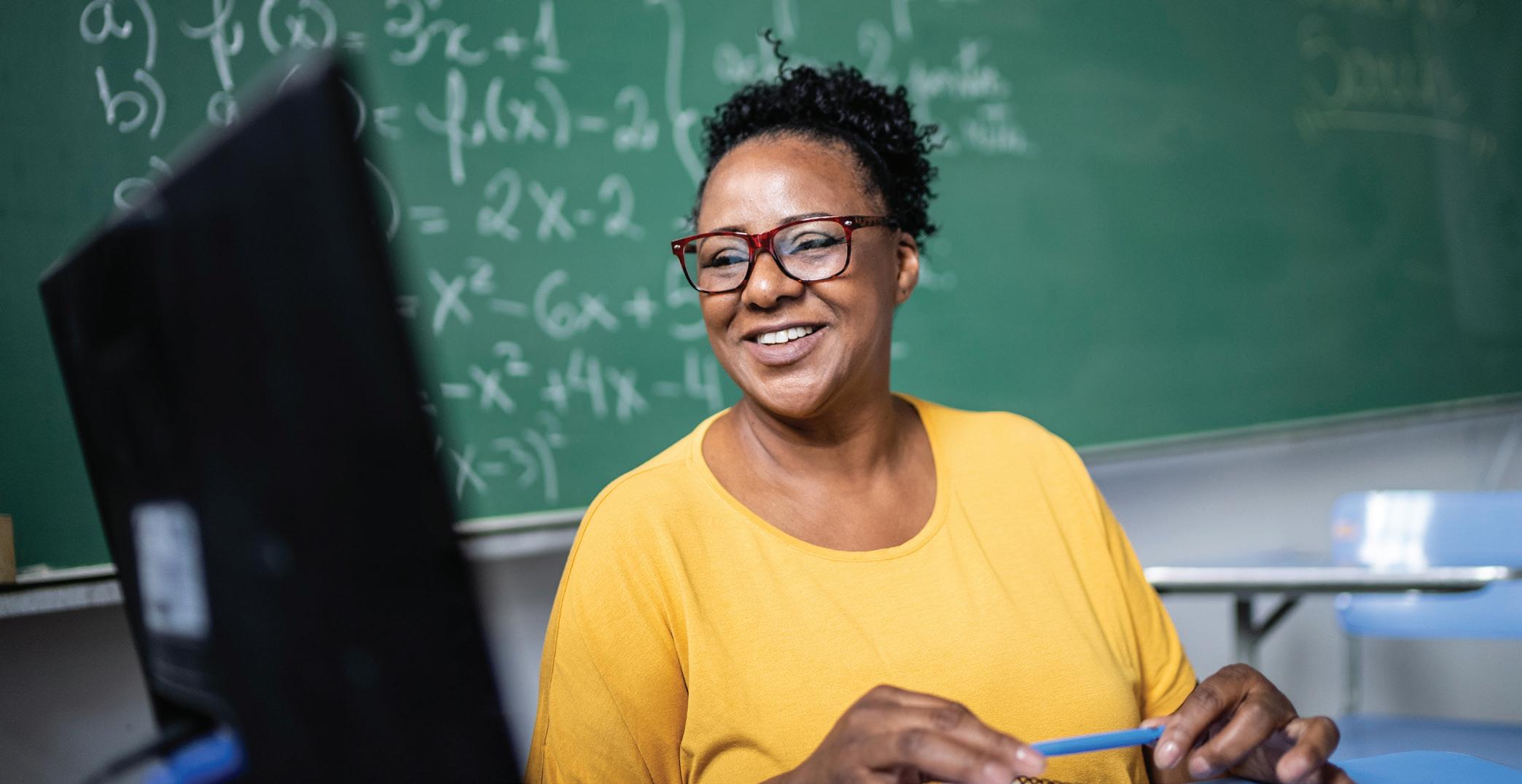
Discover our secure online site for teachers at Cambridge schools – the School Support Hub. Log in to find all the support you need to teach our programmes in one easy place.
Implementation support: advice for introducing Cambridge Early Years, including transition support and creating inspiring learning environments.
Teaching support: guidance on teaching and learning approaches such as play-based learning, multilingual strategies, and speaking and listening development support.
Planning resources: short, medium and long-term planning templates and examples.
Curriculum support: frameworks, progression grids and mapping documents to organise learning objectives.
Teaching support: schemes of work, teacher guides and lesson planning resources.
Assessment tools: testing and analysis resources to track progress and report to parents.
The School Support Hub is available to registered Cambridge schools. If you do not have a School Support Hub account, your school support coordinator will be able to set one up for you. If you do not know who your school support coordinator is, please contact our Customer Support team at info@cambridgeinternational.org

Starting primary school is an important step for children and their families. While it can feel like a big change, there are many ways to help children move from early years to primary settings smoothly and positively. Below are some practical ideas to help make this transition easier.
Tell stories about adventures to spark curiosity. Try phrases like “Shall we go on an adventure to the big school?” or “What did you notice in the new class?” to create excitement.
Start gently with adult-led activities. Gradually including more structured tasks helps prepare children for the learning style in primary settings.
Talk openly about feelings. Let children know it’s okay to feel excited, worried or unsure. Avoid labelling their progress - focus on how they’re feeling and growing.
Share what matters and involve parents/carers. Pass on information between families and new teachers to help each child feel recognised, valued and supported from day one.
Arrange visits to the new classroom if possible. Seeing where they’ll go and meeting their new teacher helps children feel safe and reduces uncertainty.
Remember, transition is not a one-day event – it’s a journey. Each child moves through it in their own way, and small, consistent steps can make a big difference.
Watch our webinar on transitioning from Cambridge Early Years to Primary with Dr Alison Borthwick for more practical ideas and support to help learners move confidently.
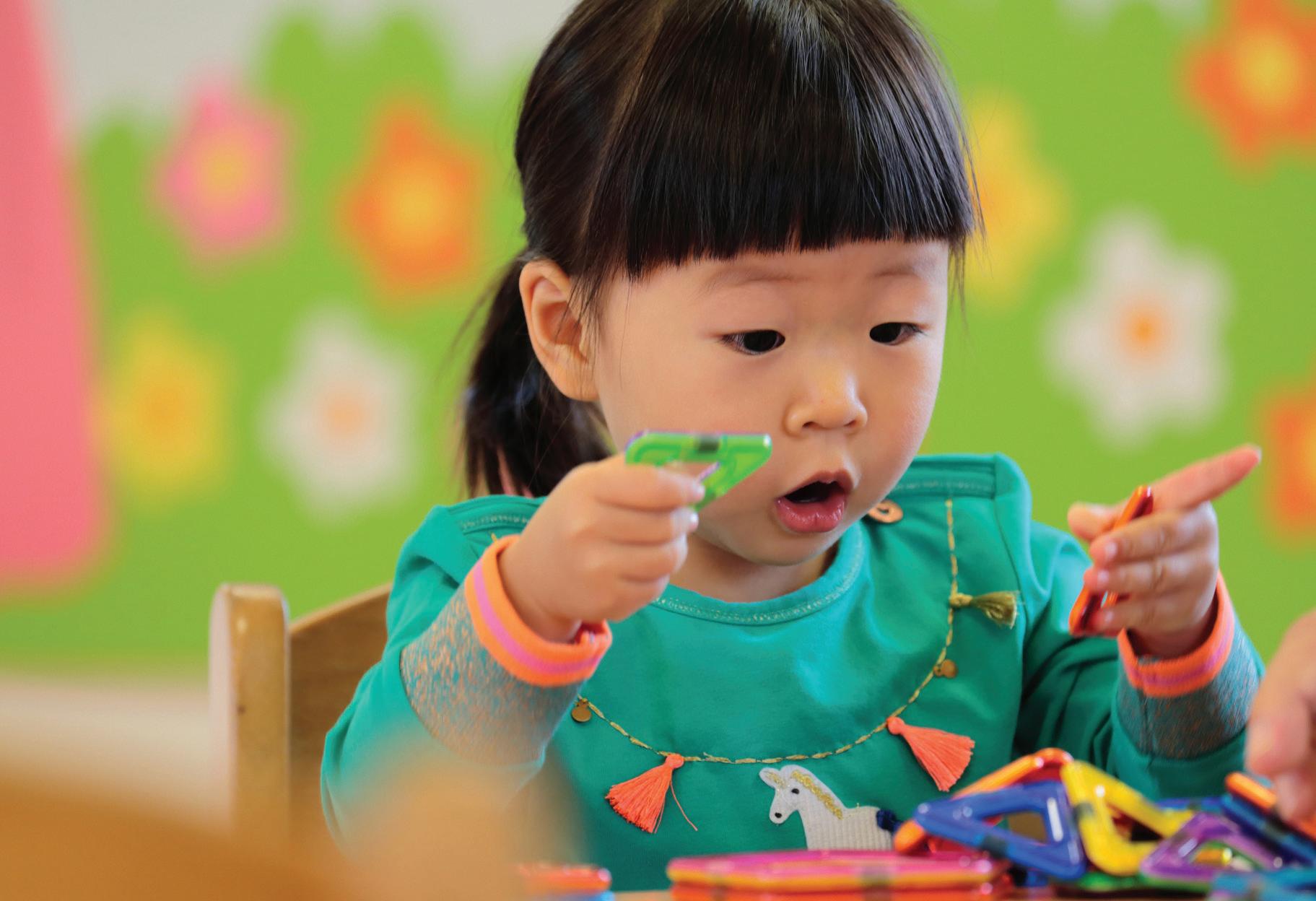
Cambridge Early Years has been developed for young learners aged 3 to 6 to give them the best start in life. The programme helps children meet key early milestones and thrive both in and beyond school. It is the first stage in our Cambridge Pathway, which provides a clear path for educational success from ages 3 to 19.
Learners are encouraged to develop at their own pace, act independently and discover feelings of self-worth through our play-based approach. They will also develop the knowledge and skills they need for the next stage in their education.
* Digital versions of the teaching resources component resources are included as part of the programme fee. Learner’s books and print teaching resources are available at an additional cost.
** Available at an additional cost. Please speak to your local consultant for more information.
To find out more about becoming a Cambridge Early Years centre, please visit www.cambridgeinternational.org/earlyyears
The Cambridge Early Years curriculum follows a holistic, play-based approach that focuses on the whole child and connects their development with the world around them. The curriculum focuses on four key areas of childhood development: physical development, cognitive development, language and communication development, and social and emotional development.
Teaching and learning resources*
Teaching resources are included as part of the programme fee for registered schools via Cambridge GO. Bringing together the best of play-based learning and observational assessment guidance, our resources support you and help your learners discover a curiosity for learning. (See pages 10–13 for more information).
Teaching support
Available via the School Support Hub, our teaching support includes advice on implementing the curriculum, helping learners transition between Cambridge Early Years and Cambridge Primary, teaching and learning approaches and more.
We offer a range of professional development options – from a free ‘Getting to know Cambridge Early Years’ webinar, to more focused courses which help you develop best practice when you have more experience with the programme. Our Preparing to Teach courses will help you to get the most out of our resources. We also offer a Cambridge Professional Development Qualification (PDQ) in Early Years Good Practice.
Our approach is based around continuous formative assessment, including observations of children in the learning environment and evidence gathered during learning.
We also recommend using Cambridge Early Years Check Together**, a story-based digital assessment, alongside your ongoing observational assessment in the classroom.
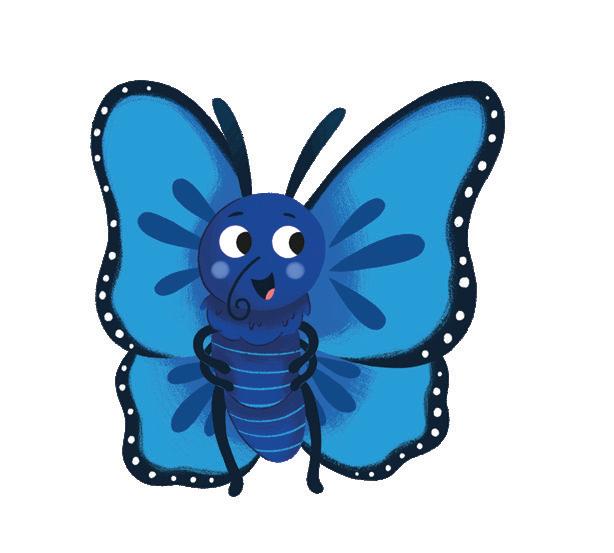

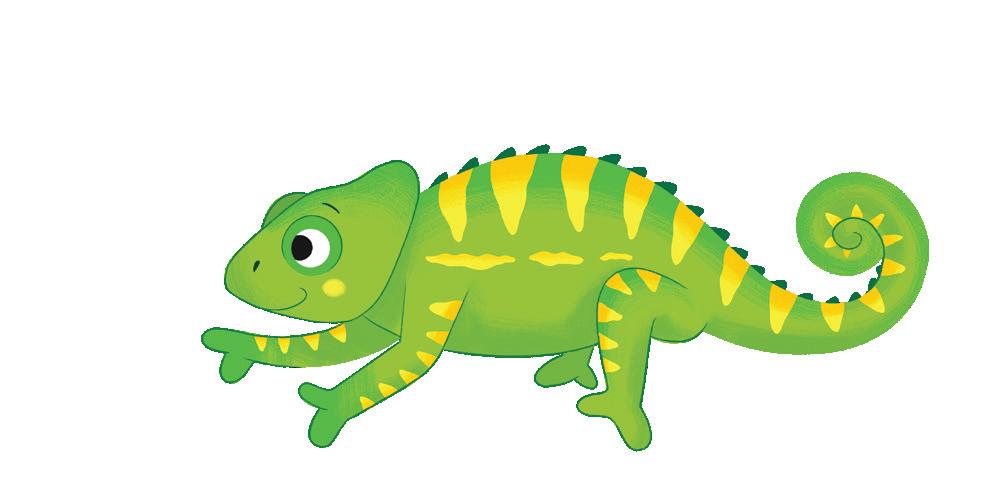
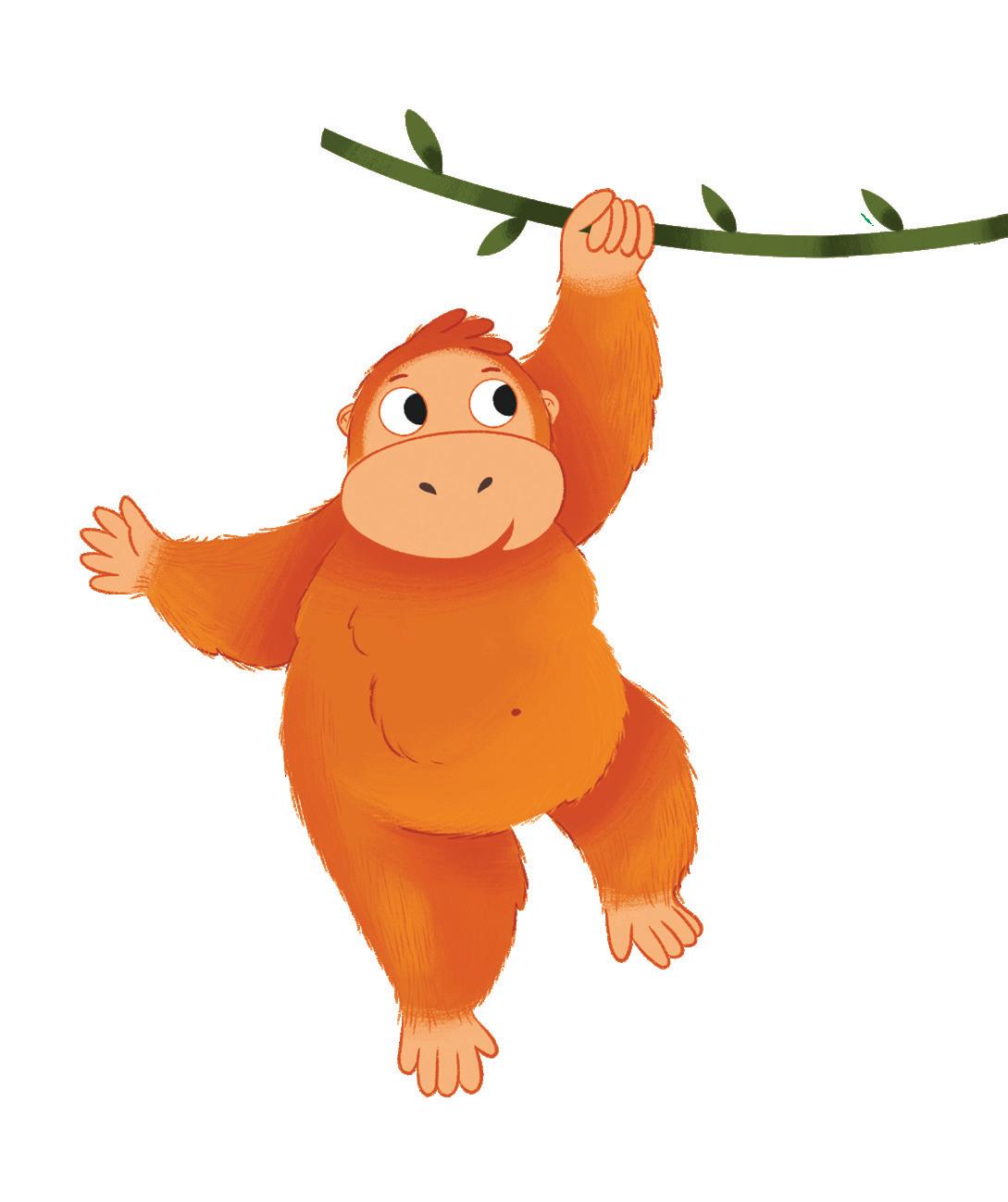
Alison Borthwick, Gill Budgell, Kathryn Harper, Claire Medwell, Cherri Moseley, Elly Schottman and Philippa Hines
Feel supported in your early years setting with high-quality, accessible teaching resources aligned to the curriculum. With guided play ideas and observational assessment tips, we help you to engage your learners in the wonderful world of learning.
• Guided play ideas, safety tips, and advice on promoting child-initiated play aligned to the curriculum learning statements. A focus on practical exploration with fun activity ideas that keep children engaged in their learning.
• Playful activities and downloadables to support the teaching of the Cambridge Early Years learning statements.
Support for English as a second language learners including highlighted key vocabulary and flashcards.
• ‘Home link’ activities to share with parents for further learning outside the classroom as well as editable letters that can be used to share learner updates.
• Additional resources such as downloadable activity sheets and song lyrics, photocopiable puppet cards, projectable stories and more.
• Story audio, videos and songs.






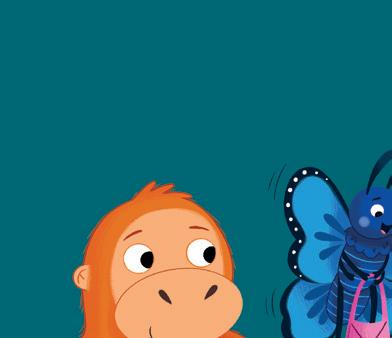
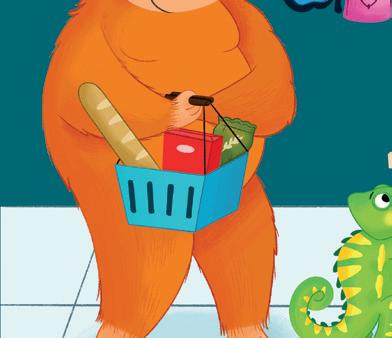

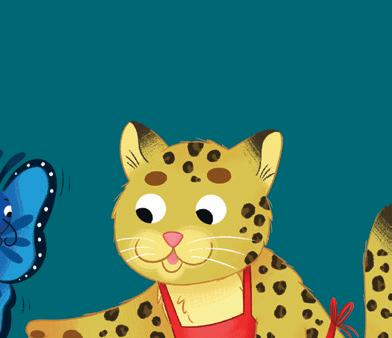

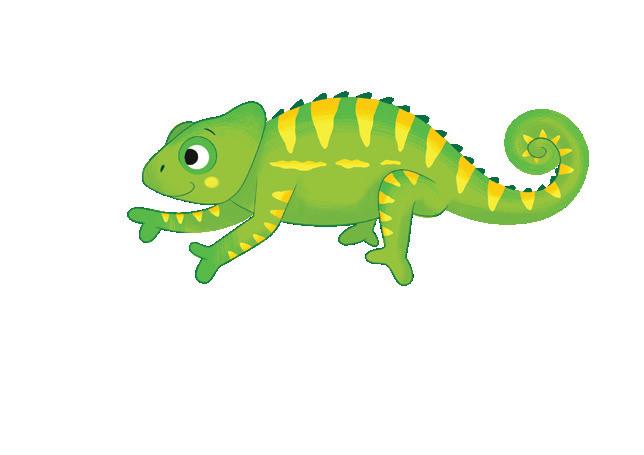
Our Cambridge Early Years learner’s books perfectly complement the teaching resources. They have been developed by subject experts and designed for centres worldwide to help your learners have the best start in life.
Support your learners on their first steps towards developing English language skills. Our story-led Communication and Language learner’s books feature international fiction and non-fiction texts alongside colourful illustrations, as well as engaging activities that build important reading and writing skills.
From exploring feelings with a colour-changing elephant, to making new friends, both second language English and first language English learners are catered for.
Communication and Language includes two learning paths: for First Language English learners and English as a Second Language learners.
Featuring our new characters, Gemi the Orangutan, Mia the Butterfly, Rafi the Leopard and Kiho the Chameleon, each learner’s book includes:
Fun, write-in activities designed for young learners such as drawing, colouring, matching and counting.
• Guidance for practitioners and parents to help you get the most out of your resources.
• Activity topics such as, friends, family, and, toys, to help children relate to their learning.
• Colourful stickers, playful rhymes, and bright pictures and illustrations to spark imagination.

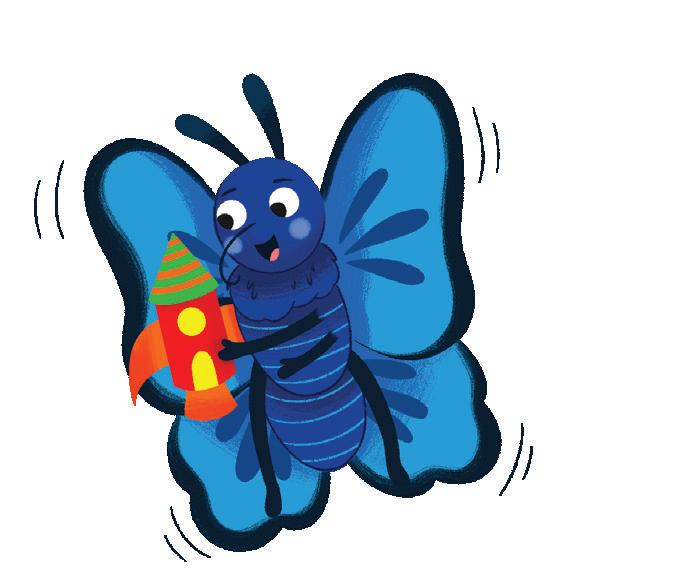
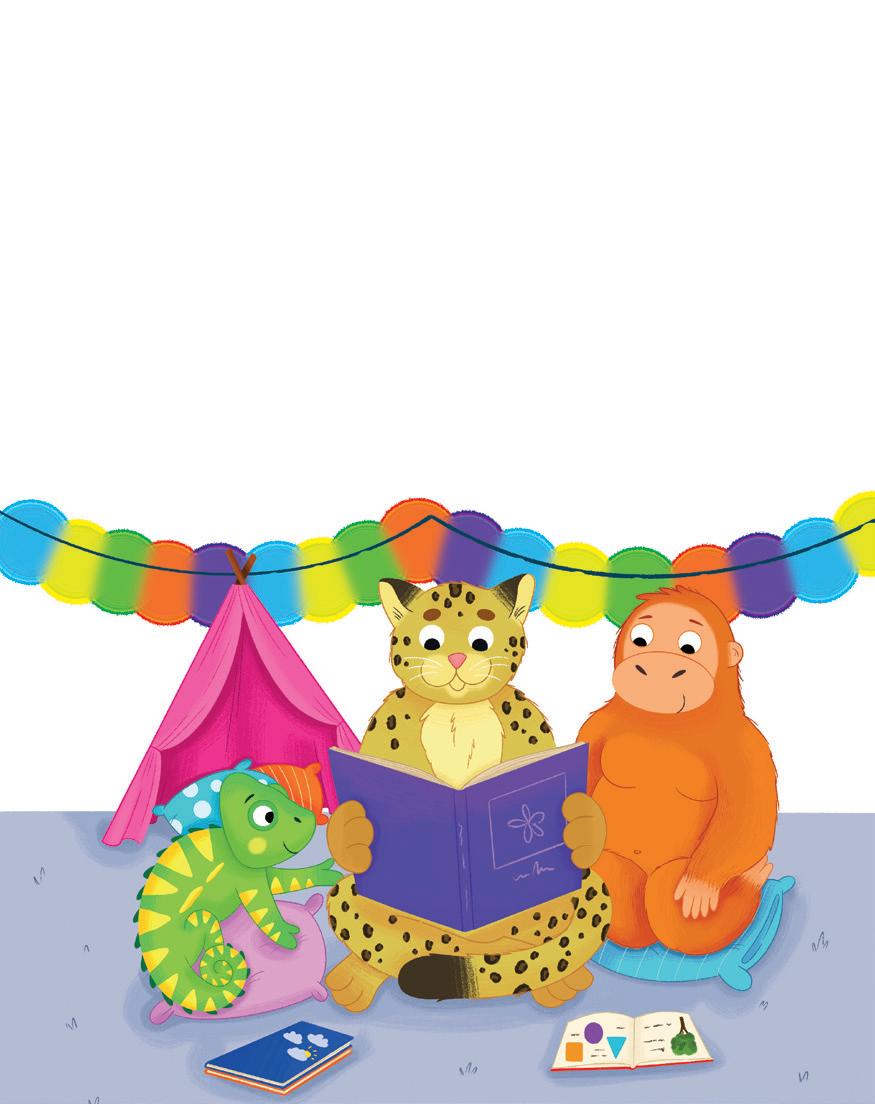
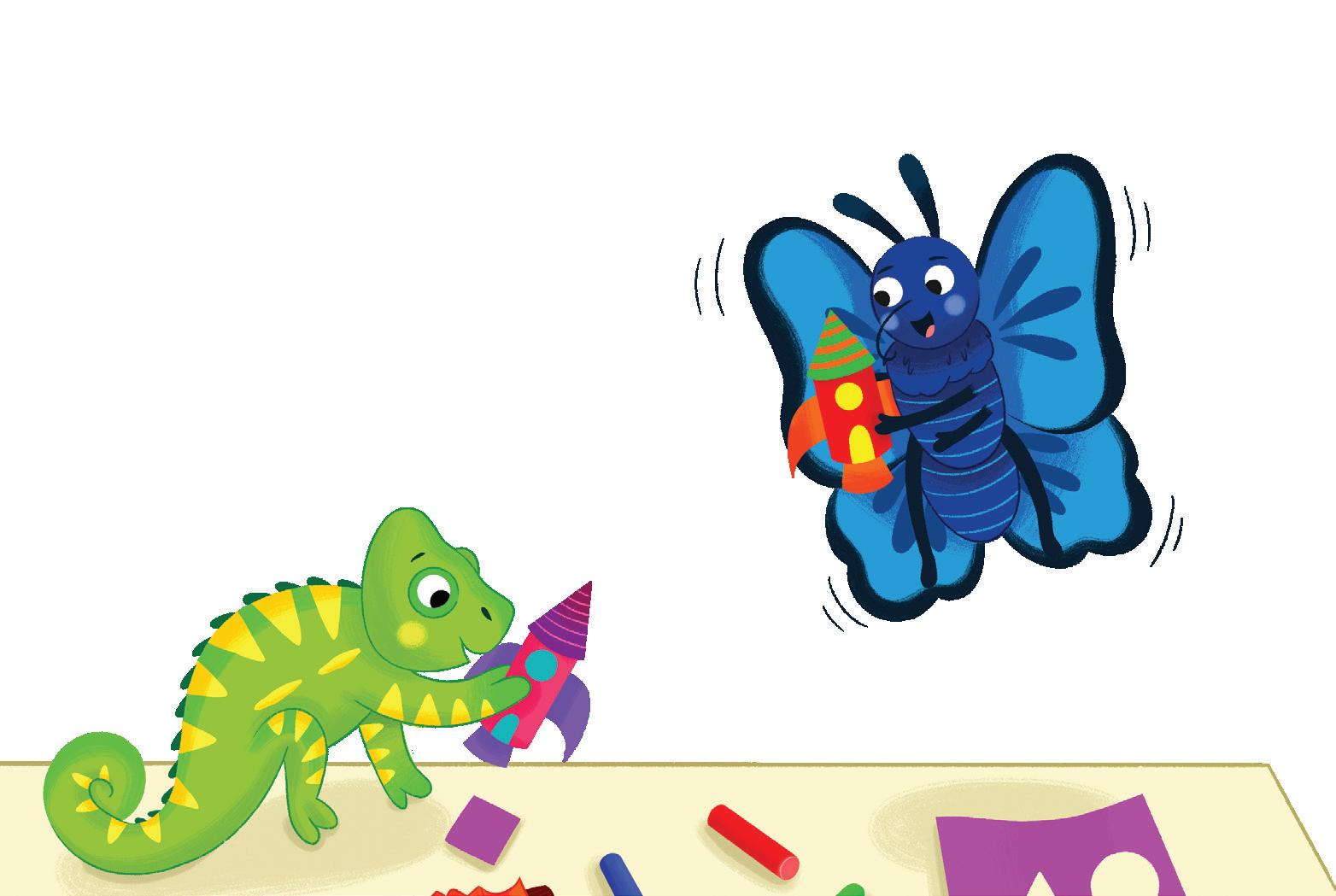
Sign up to our Cambridge Early Years mailing list to receive product updates and teaching advice to support you and your learners.

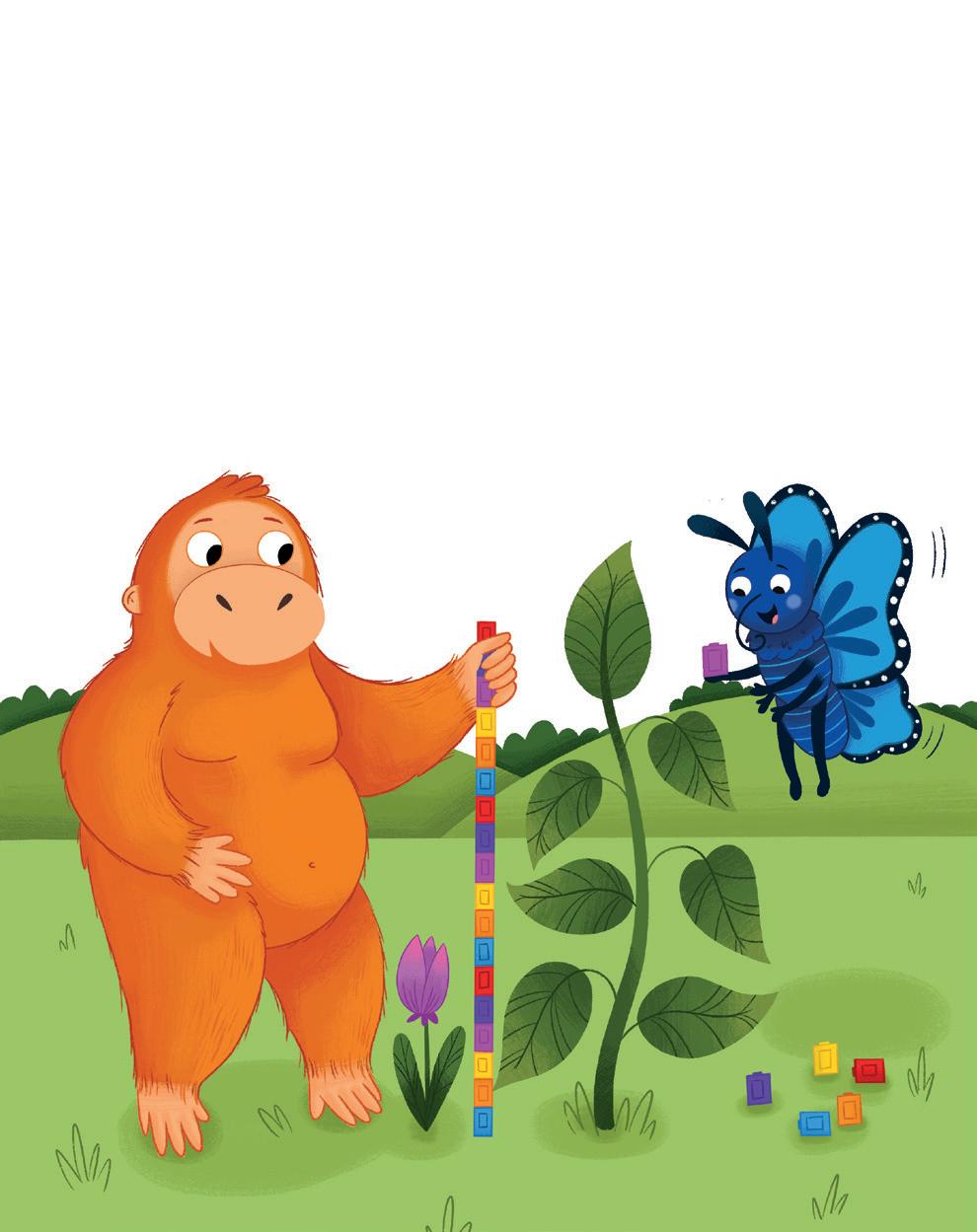
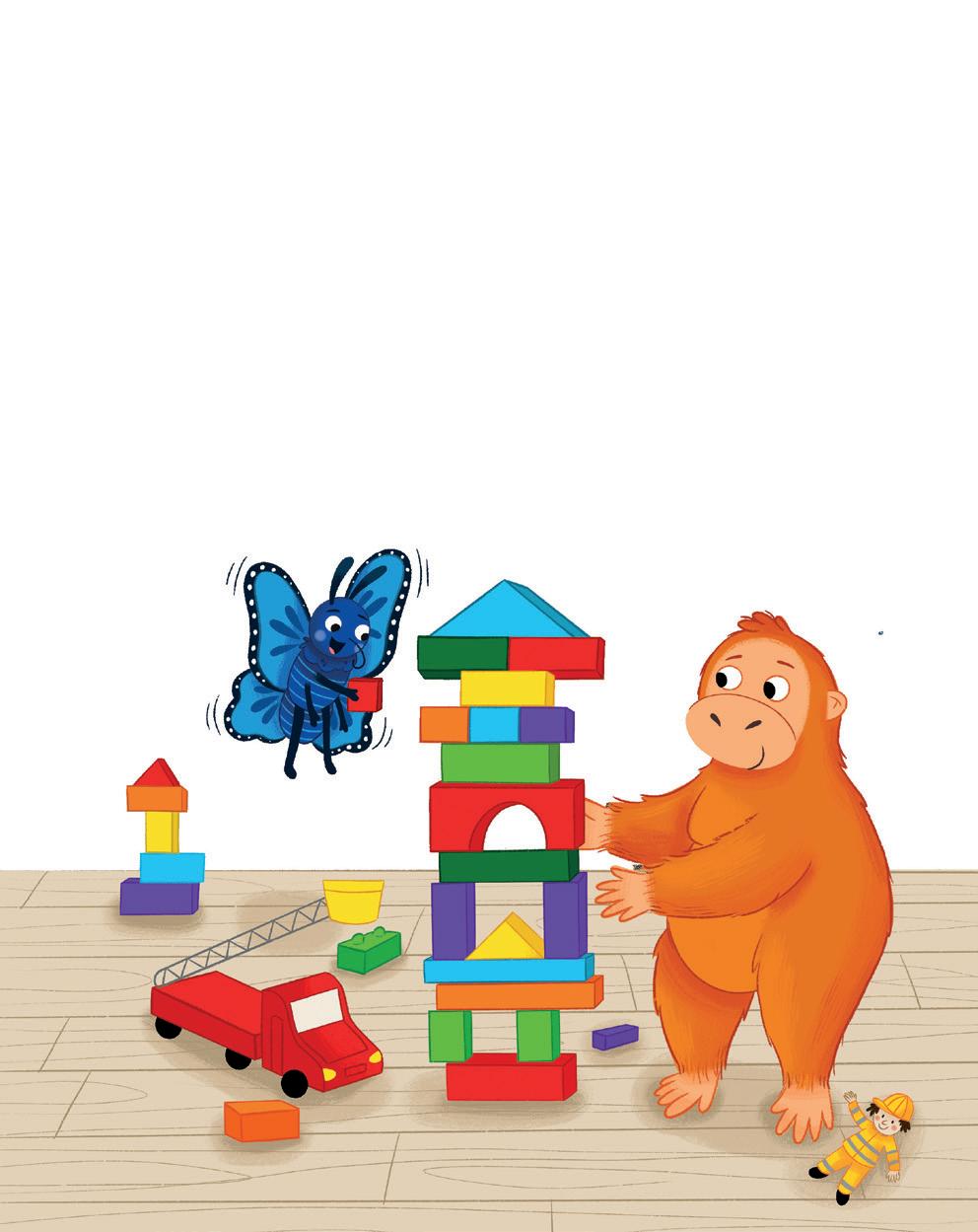
Numbers, shapes, fun! Our Mathematics learner’s books help children develop their mathematical abilities through play-based activities including counting, problem-solving and measuring. Learners will be encouraged to count animals in the rainforest, begin to read clocks, and talk about how things move.
It is time for an adventure! From ‘Understanding the world’, to physical, personal, social and emotional development, children learn through activities such as matching, drawing, stickers and more in our Let’s Explore learner’s books.
From learning about senses like taste and smell, to playing with patterns and colours, children are encouraged to explore the exciting world around them.
Learn more about our play-based education programme and discover how the curriculum helps children to thrive, becoming more connected with the world and people around them.


Listen to our podcast episode on early years education, from play-based learning to language support. Hosted by Jemma Joakim, Head of Early Years and Primary Curriculum at Cambridge, with guests Aisha El-Sayed, KG Principal, and Aiah Elghobashy, Teaching and Learning Coordinator, both from English Modern School, Qatar.
Learner’s book
Teaching resource with digital access
Digital teaching resource*
Mathematics learner’s book
Communication and language for English
978-1-009-98496-6
978-1-009-38786-6
978-1-009-38772-9
978-1-009-38778-1
978-1-009-38789-7
978-1-009-38801-6
978-1-009-38792-7
978-1-009-59623-7
978-1-009-38788-0
978-1-009-38793-4
978-1-009-59645-9 as a first language learner’s book
Communication and language for English
978-1-009-38813-9
978-1-009-38816-0
978-1-009-98495-9 as a second language learner’s book
Let’s explore learner’s book
Teaching resource with digital access
Digital teaching resource
Mathematics learner’s book
Communication and language for English
978-1-009-38825-2
978-1-009-38827-6
978-1-009-38773-6
978-1-009-38779-8
978-1-009-38795-8
978-1-009-38807-8
978-1-009-38798-9
978-1-009-38810-8
978-1-009-38829-0
978-1-009-38800-9
978-1-009-38812-2 as a first language learner’s book
Communication and language for English
978-1-009-38820-7
978-1-009-38821-4
978-1-009-38824-5 as a second language learner’s book
Let’s explore learner’s book
Teaching resource with digital access
Digital teaching resource*
978-1-009-38831-3
978-1-009-38833-7
978-1-009-38775-0
978-1-009-38781-1
*Digital teacher's resources are sold as site licences. Only one purchase for each stage is needed per school (site).
Preparing to Teach (Self-Study)
Preparing to Teach (Online Masterclass with Self-Study)
978-1-009-53872-5
978-1-009-53870-1
978-1-009-38836-8
At Early Years 1, Communication and Language, Mathematics, and Let’s Explore are combined in the same learner's books. At Early Years 2 and 3, books are subject-specific and split into three books per year to make them more suitable for young learners. Please speak to your local sales consultant or visit our website for more information.
Explore our Cambridge Early Years courses including Orientation and Preparing to Teach, helping you use the resources with confidence.
Find out more on pages 56-57 >
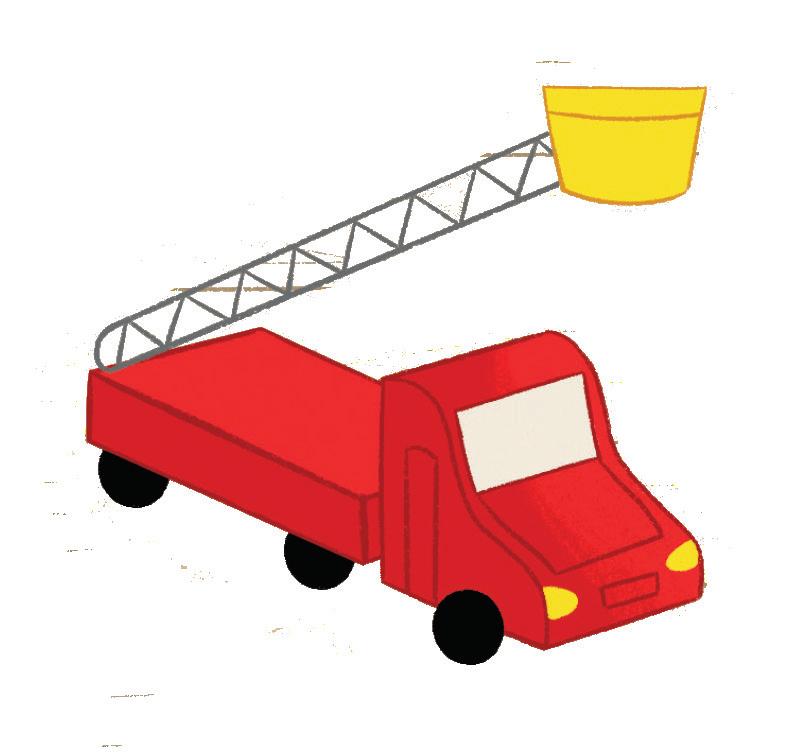
Gill Budgell, Kate Gregson, Susan Iannuzzi, Abbie Chisnall and Alice Spencer
This series supports the development of early literacy through a structured, progressive approach to phonics and handwriting. The resources are designed to support both first and second language learners, and can be used with children as young as 3 years old, helping them develop the wider skills needed to read and write.
Cambridge Phonics and Handwriting has been developed for the following stages of the Cambridge Pathway:
Cambridge Early Years 1 to Primary Stage 4 for children following our English as a Second Language programme.
Cambridge Early Years to Primary Stage 2 for children following our English as a First Language programme.
Our teaching resources offer a structured, systematic approach to early phonics and handwriting, with fun, practical activities and clear guidance to help you build children’s confidence step by step.
Simple guidance notes for each learning activity, with tips on how to support and challenge children based on their needs.
• Hands-on teaching ideas to help children develop their handwriting skills in a fun and interactive way.
Catchy rhymes, songs and stories for front-of-class teaching that make learning enjoyable and memorable.
• Audio and video clips, pronunciation phrases and International Phonetic Alphabet (IPA) references to help learners and practitioners with correct pronunciation.
• Home link suggestions, activities and downloadable guides for parents/carers to support their child's literacy development beyond the classroom.
• Additional resources such as downloadable handwriting sheets and digital letter-sound flashcards accessed via Cambridge GO
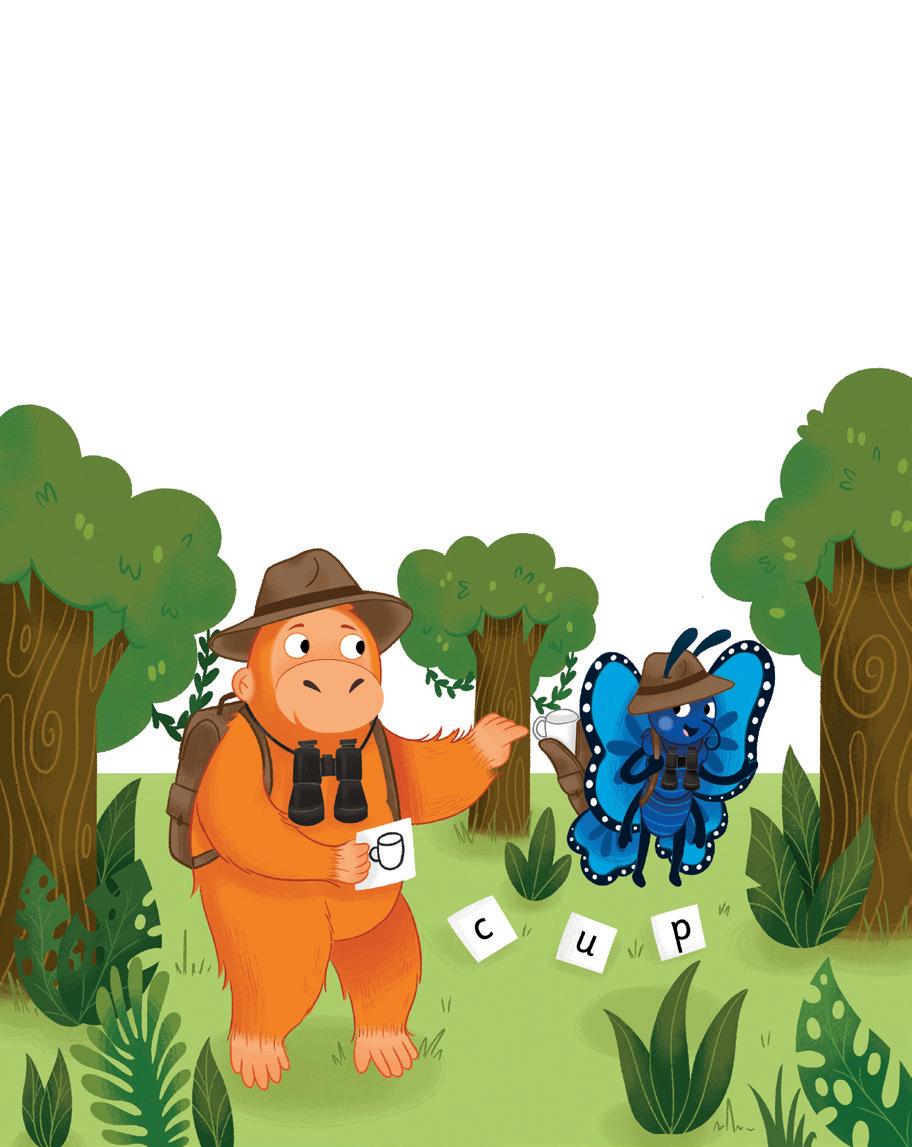
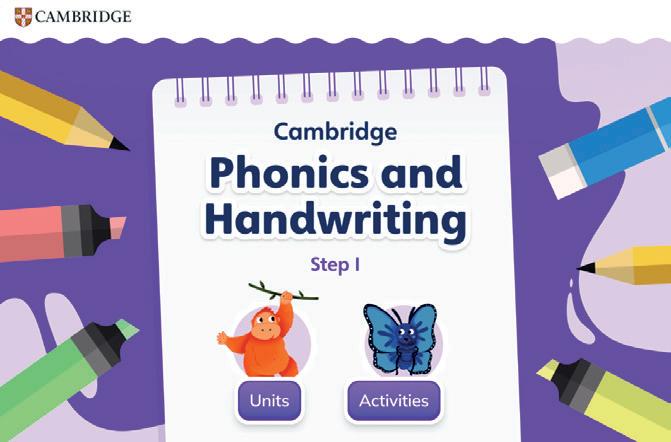
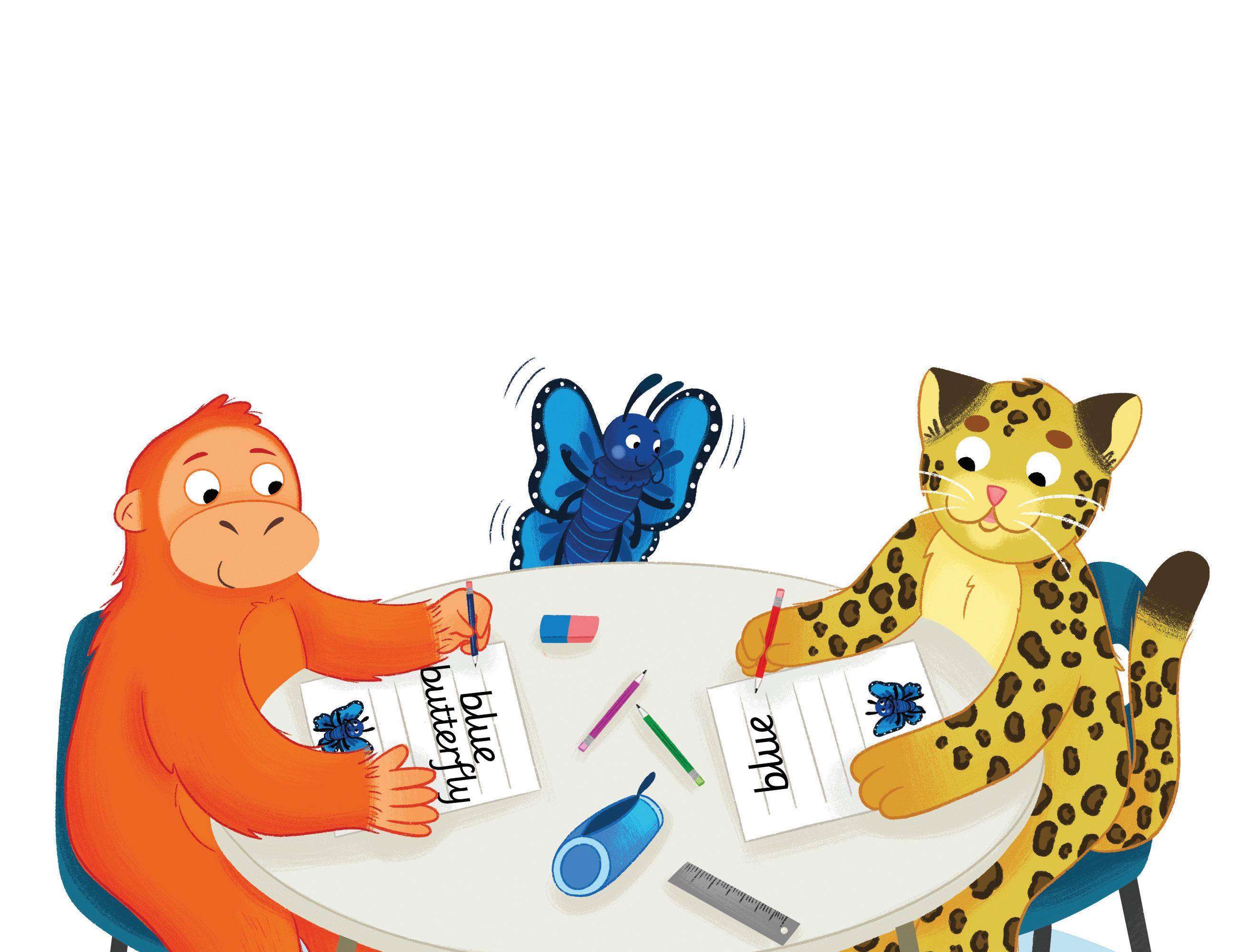
Our teaching resources come with access to our engaging digital platform, featuring interactive activities, letter formation animations, pronunciation videos and front-of-class stories that keep learning focused and fun.
Make learning to read and write a joyful experience with our colourful learner’s books. Created to complement our teaching resources, these fun, write-in books are full of playful activities that children can enjoy at school or at home, with support from an adult.
Enriching activities and exercises that lay the foundation for reading and writing skills.
• Clear instructions and tips for parents/carers and practitioners to support children's learning. Engaging learning experiences alongside our characters Mia the butterfly, Gemi the orangutan, Rafi the leopard and Kiho the chameleon, who make learning fun.
• Consistent learning support for both home and school environments.
Our Cambridge Phonics Flashcards bring phonics to life through fun and flexible learning, perfect for use across Steps 2 to 4.
76 flashcards that cover sounds of single letters and combinations of letters in the Cambridge Phonics and Handwriting Framework.
• Colour-coded by step for easy organisation and progression.
Designed for short, playful sessions that build sound recognition and confidence through repetition and movement.
In Step 1, there is one learner’s book with three 10-week units to support an introduction to sounds and early mark-making. From Step 2 onwards, the learner’s books are split into three parts – A, B and C – with 10 units in each. For more details, speak to your local sales consultant or visit our website.
COMPONENTS AVAILABLE IN THIS SERIES:
Phonics and Handwriting Step 1
NEW Learner’s book
NEW Teaching resource with digital access
NEW Digital teaching resource*
Phonics and Handwriting Step 2
NEW Learner’s book 2A
NEW Learner’s book 2B
NEW Learner’s book 2C
NEW Teaching resource with digital access
NEW Digital teaching resource*
Phonics and Handwriting Step 3
NEW Learner’s book 3A
NEW Learner’s book 3B
NEW Learner’s book 3C
NEW Teaching resource with digital access
NEW Digital teaching resource*
Phonics and Handwriting Step 4
NEW Learner’s book 4A
NEW Learner’s book 4B
NEW Learner’s book 4C
NEW Teaching resource with digital access
NEW Digital teaching resource*
NEW Flashcards
978-1-009-81893-3
978-1-009-81891-9
978-1-009-81892-6
978-1-009-81895-7
978-1-009-82276-3
978-1-009-82277-0
978-1-009-82272-5
978-1-009-82274-9
978-1-009-81901-5
978-1-009-81903-9
978-1-009-81904-6
978-1-009-81897-1
978-1-009-81899-5
978-1-009-82112-4
978-1-009-82114-8
978-1-009-82116-2
978-1-009-82109-4
978-1-009-82111-7
978-1-009-82271-8
* Digital teaching resources are sold as site licences. Only one purchase for each step is needed per school (site).
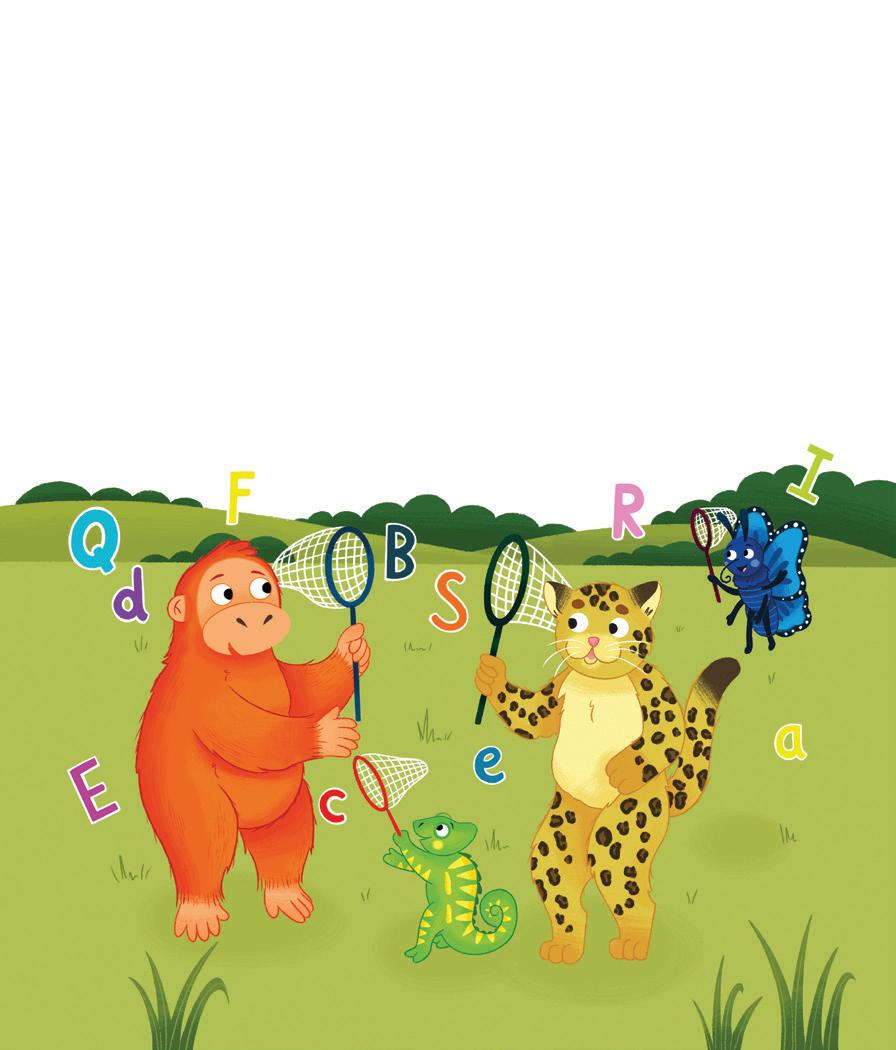
Professional development
Our self-study course for Cambridge Phonics and Handwriting will show you how to implement the framework and use the resources effectively. See pages 56–57 >

Cambridge Primary takes learners on an exciting educational journey, helping them to become confident, responsible, reflective, innovative and engaged. It is typically for students aged 5 to 11 years.
By offering Cambridge Primary, you can provide a broad and balanced education for your learners, helping them to thrive throughout their schooling, work and life.
We believe that assessment should both prove and improve students’ learning, giving them focus, pace and challenge. We offer a range of assessments to measure learners' potential and progress.
“ Cambridge Primary is a very flexible curriculum. It is not restrictive. I can bring local and international examples into my class, and it works very well with my students.”
Doaa Hamdy El Shaar, Teacher, International School of Elite Education, Egypt
We have built Cambridge Primary around what matters most to our schools and learners around the world:
With a choice of 13 subjects, a wide range of support and assessments, you will find plenty to help you deliver core subjects as well as develop creativity, expression and wellbeing.
Cambridge Primary provides a strong foundation for students at the beginning of their schooling before progressing through the Cambridge Pathway in an age-appropriate way.
Cambridge Primary encourages learners to understand their own culture, community and identity within the wider world. We want to celebrate local culture while helping learners to discuss global issues.
The programme is flexible, so you can build a curriculum around how you want your students to learn. You can also adapt the content to suit your context, culture and ethos.
You can gain a deeper understanding of learners' strengths and weaknesses, and measure their skills and understanding, with Cambridge Primary Checkpoint tests and the Cambridge Primary Insight assessment.
Kathryn Harper, Gabrielle Pritchard and Annie Altamirano
This series is written by pre-primary experts and packed with stories, stickers, songs and games to make learning English fun. It’s ideal for learners going on to the Cambridge Primary or IB Primary Years Programme and can be used in kindergarten or at the start of Grade 1.
• Helps raise children’s CEFR* language level to A1.
• Topics, such as ‘feelings’ and ‘the classroom’, introduce children to skills that are essential for learning other subjects in English, like phonics and letter formation.
• Drawing, matching and sticker activities help children develop early critical thinking and comprehension skills, while songs and chants improve their speaking and listening skills.
• Our comprehensive teacher’s resource includes all the information you need to confidently lead learners through the course, including suggestions for assessing progress and stepby-step support for activities.
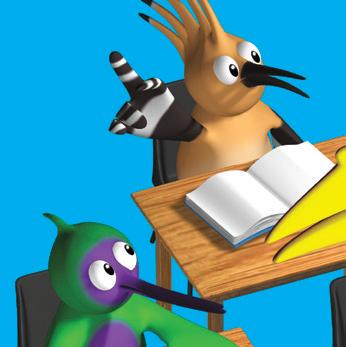
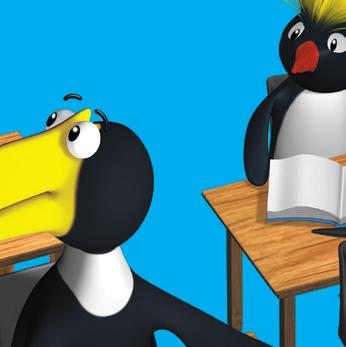




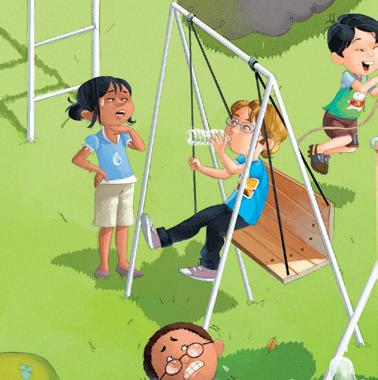
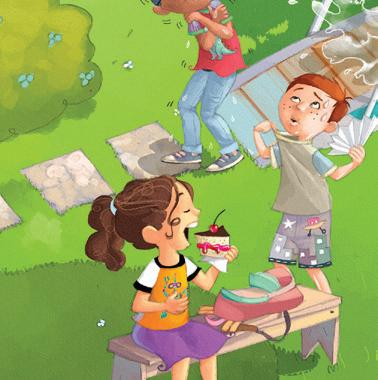
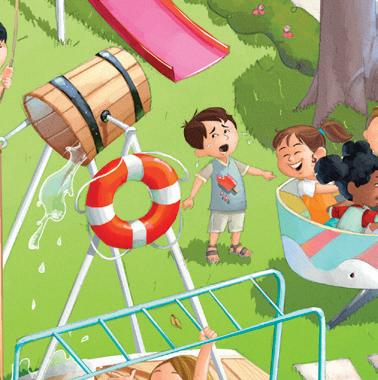
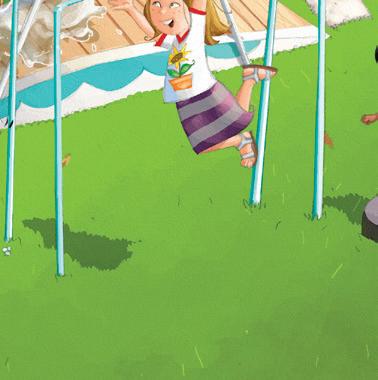


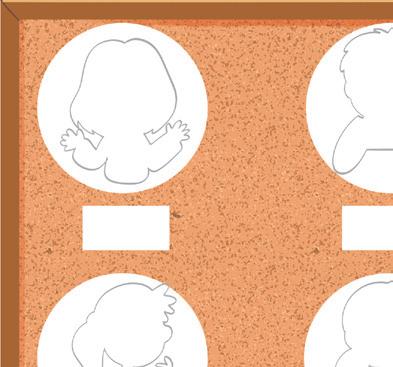
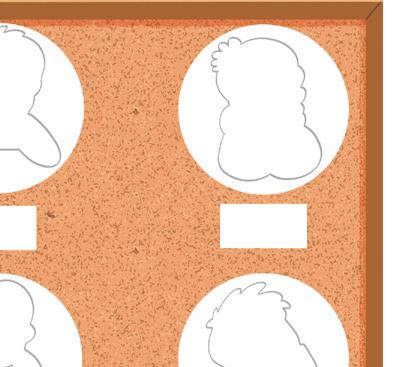


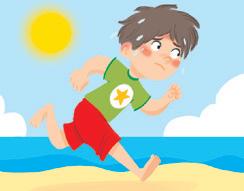
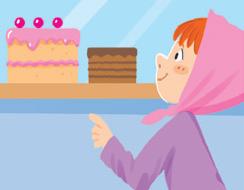




Your essential companion to the course, the teacher’s resource includes full guidance and lesson plans, along with specific assessment support and suggested questions to get learners talking. Includes access to a digital version of the resource as standard.
Combined with Digital Classroom, you also get on-screen versions of all Cambridge learner’s resources for this series, making front-of-class teaching simple and engaging.
Each book covers one term and includes three units. Every unit includes a story, from traditional tales such as Goldilocks, to stories in familiar settings like the classroom. Available as a digital version to support remote learning.
These write-in activity books provide extra activities linked to the learner’s book theme and objectives.
Fun with letters and sounds books
These write-in books
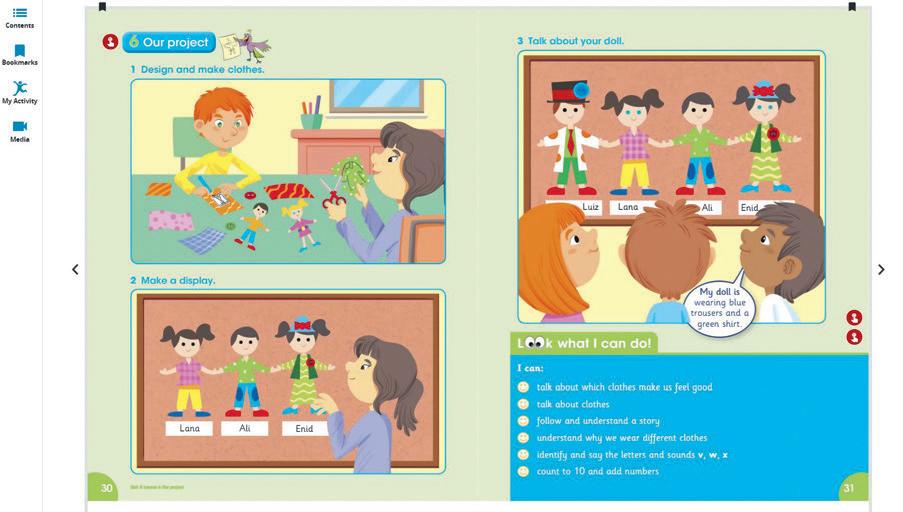
These pages are from Global English Starters Learner’s Book A























Is English the language of the country where you live?
Is English used widely in the media in the country you live in?
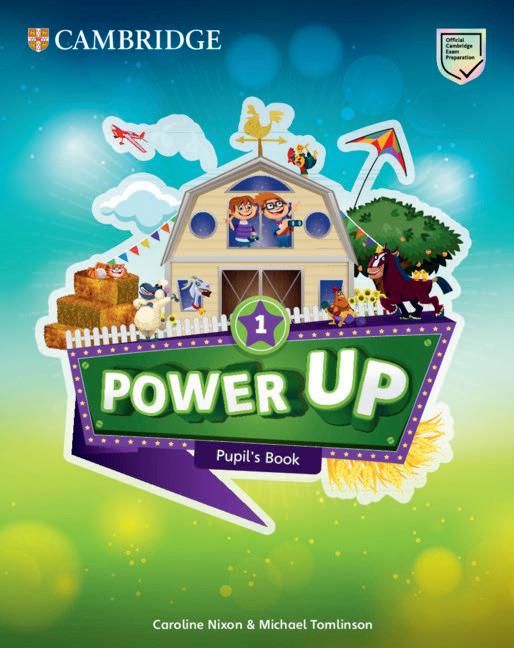
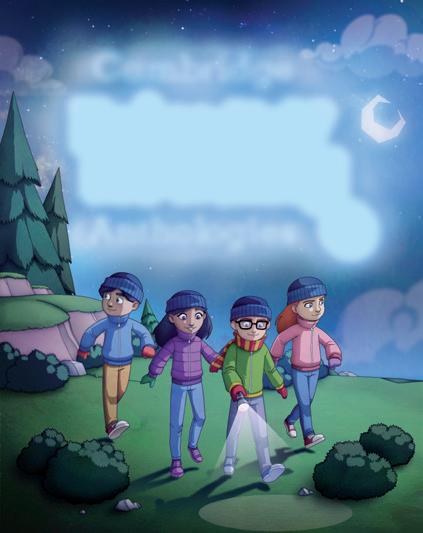
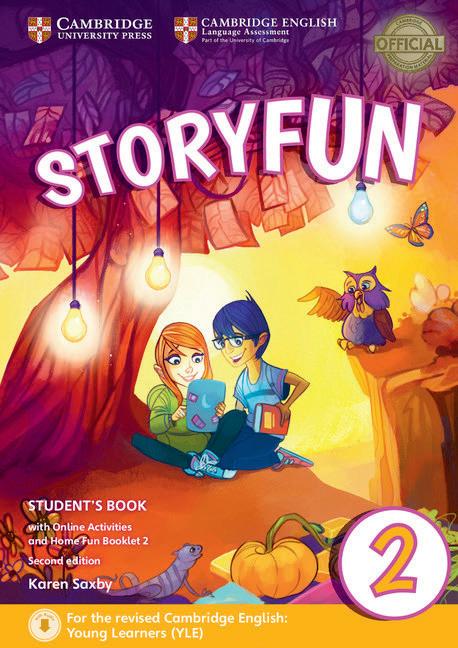

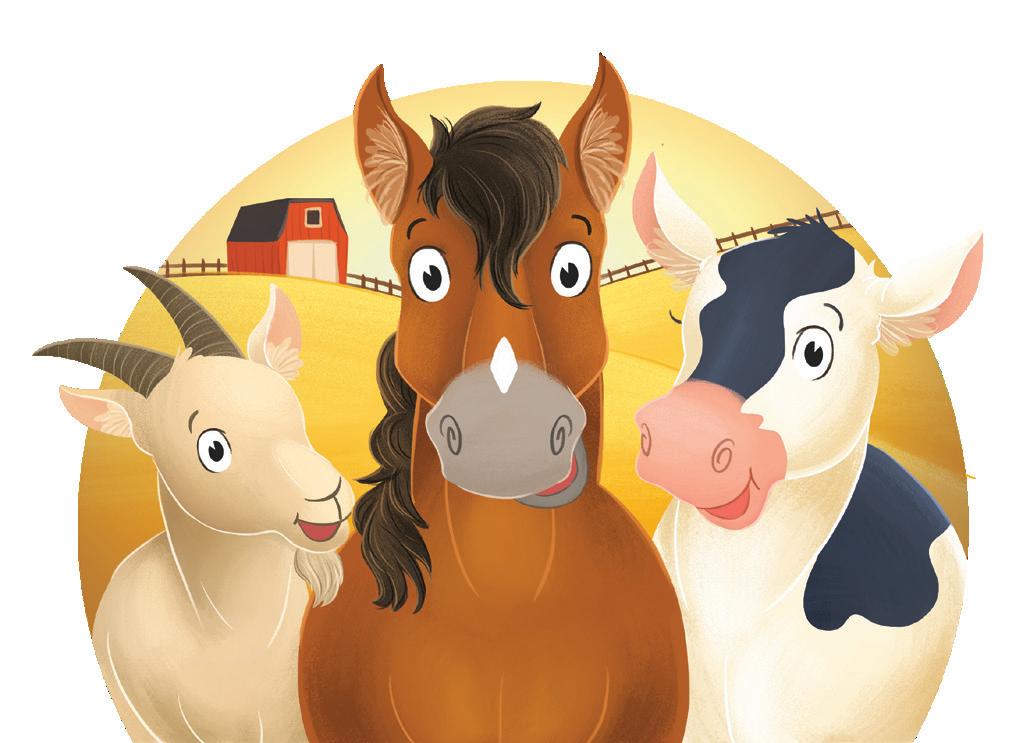
You may find Cambridge English as a second language resources more suitable for your students
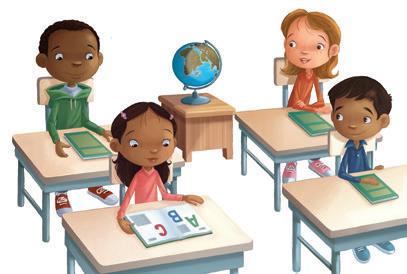
To help you decide which resources are most appropriate for your students, use the flowchart above.
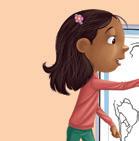




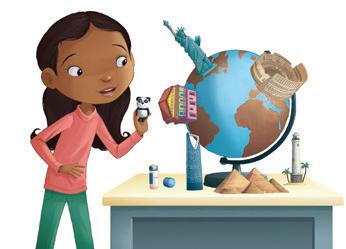

Do all your students speak English with their friends outside of class?
Do your students speak English at home?
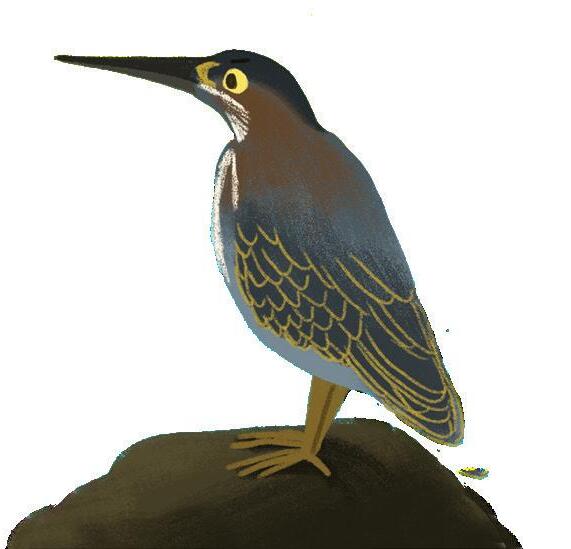
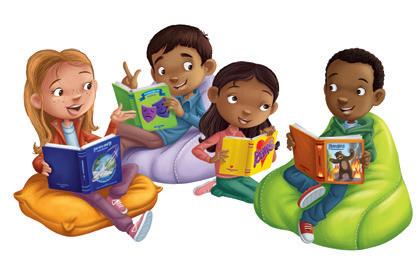



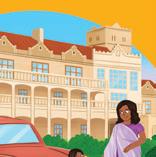


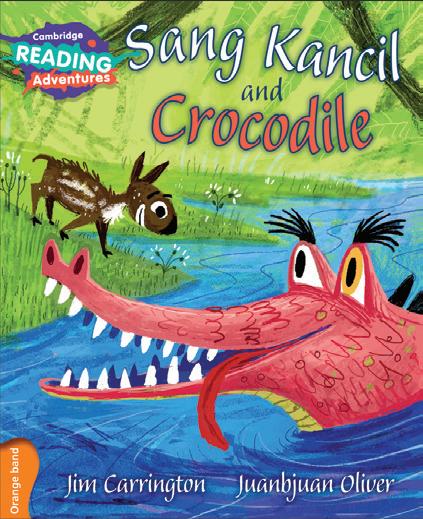

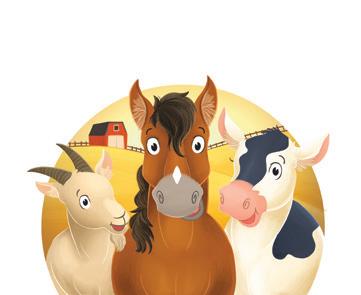
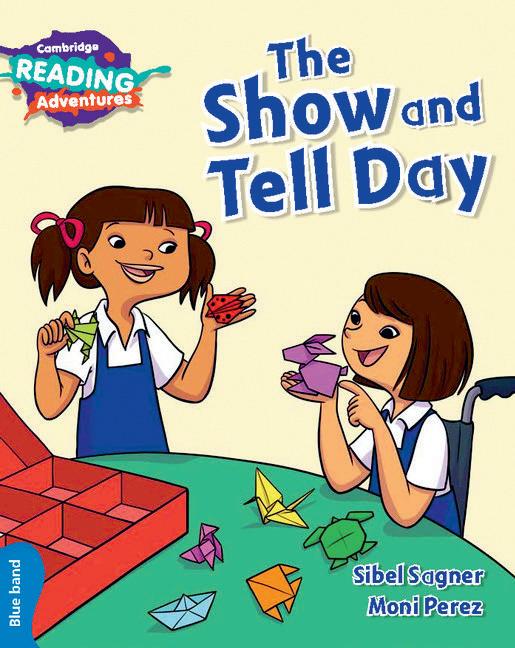
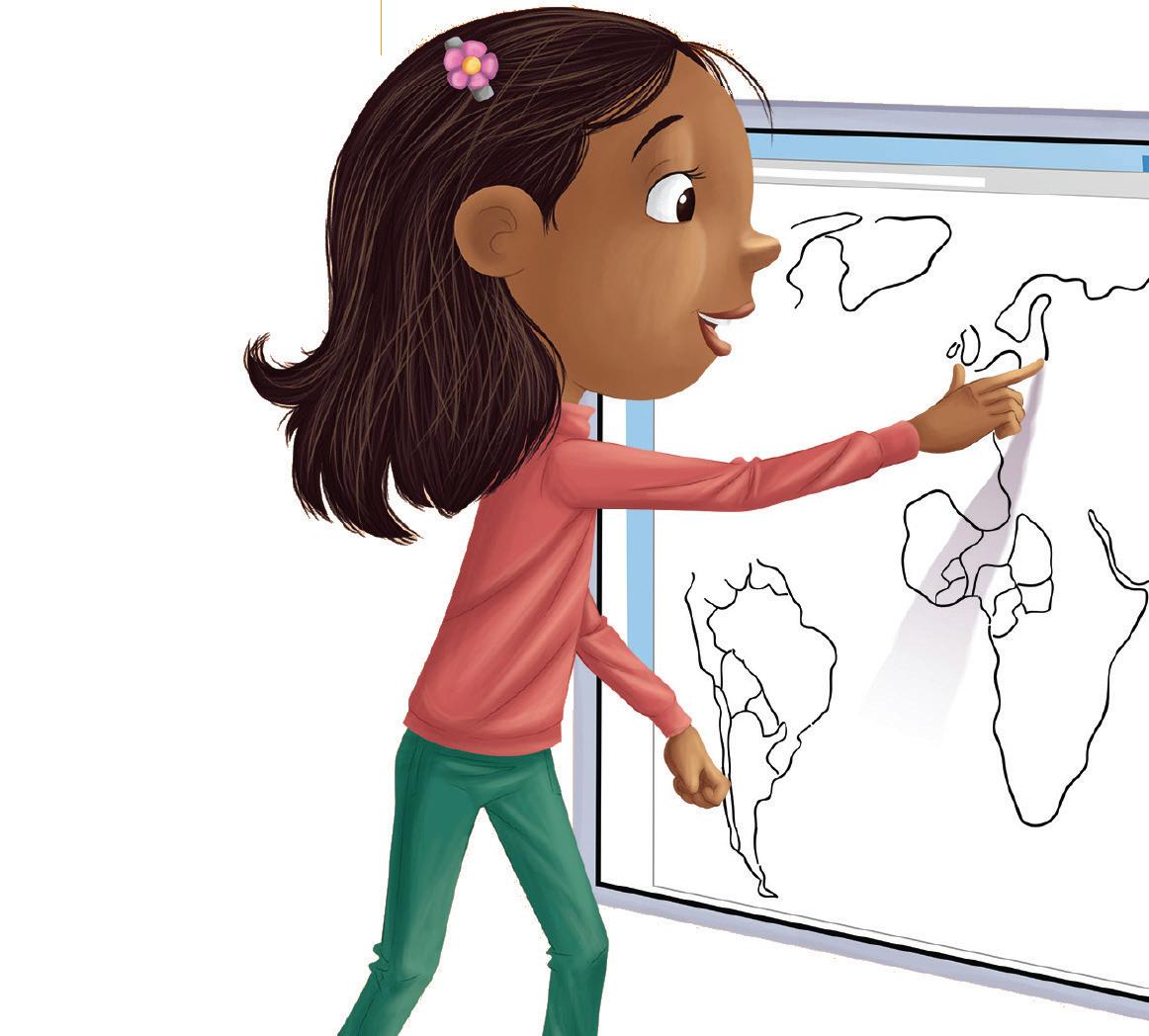

Second edition
Elly Schottman, Caroline Linse, Kathryn Harper, Claire Medwell, Jane Boylan, Paul Drury, Annie Altamirano, Helen Tiliouine, Nicola Mabbott and Alison Sharpe
With international cross-curricular topics, from adventures and space to sport and nature, the series helps your class develop the skills to study across the curriculum in English.
Part of a nine-stage series covering primary and lower secondary, these resources take your learners from A1 to B1/B2 CEFR level. We’ve included a range of fiction, non-fiction and poetry to give your learners experience with authentic language, helping them to develop their vocabulary.
Our print resources come with digital access. Create a free teacher account on Cambridge GO and activate the code from your book to access your digital resources.

This series supports you and your learners through the Cambridge Primary English as a Second Language curriculum framework (0057). The key changes we have made to our resources include:
• A wide range of cross-curricular links and literary texts, reflecting the greater emphasis on exposure to authentic language in the revised curriculum framework.
• Skills and language-learning tips throughout reflect the increased focus on language-learning skills in the curriculum framework.
pages are from Cambridge Global English Learner’s Book 4

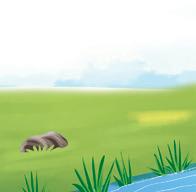





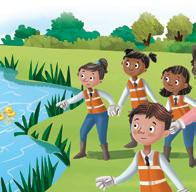






• Learning objectives have been introduced for pronunciation, fluency and accuracy – we’ve included an increased focus on speaking and writing in this edition to support your learners.
Find out more about how our resources support you and your learners at cambridge.org/primary




































• Starter activities and additional lesson ideas keep your lessons varied and interesting.
Clearly identified assessment and differentiation ideas help you meet your learners’ needs.
• Downloadable progress and unit tests with answers provide ready-made assessment opportunities.
Combined with Digital Classroom, this resource offers on-screen versions of learner's book and workbook for simple and effective front-of-class teaching, bringing your lessons to life.
Video, grammar presentations and interactive activities in Digital Classroom engage learners, while zoom, highlight and annotation tools help you emphasize key points in your classroom.
Learner’s books
Packed with songs, stickers and literature to help your learners become confident communicators.
• Cross-curricular projects and 'Project Challenges' help learners develop critical thinking skills.
Reading, chanting and supported writing activities with models help learners develop their writing and phonics knowledge.

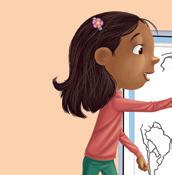
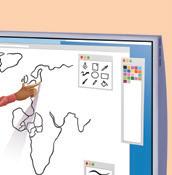



Activities including puzzles and quizzes provide extra support for the reading and writing curriculum strands.
• Grammar practice and a short grammar presentation help learners develop important skills.
Differentiated activities split into 'Focus', 'Practice' and 'Challenge' to ensure all learners are supported.
• Ideal for use in the classroom or at home.
Explore our professional development offer for Cambridge Global English to help you embed effective teaching approaches.
See pages 56–57 >
New
Our new Cambridge Phonics and Handwriting Framework provides a recommended structure and order for teaching the phonics and handwriting learning objectives in the Cambridge Primary English as a Second Language Curriculum Framework for Stages 1-4. Find support on the School Support Hub.
See page 8.
Learner’s book with digital access
Digital learner’s book
Workbook with digital access
Teacher’s resource with digital access
978-1-108-96914-7
Professional Development


Second edition
Gill Budgell, Kate Ruttle, Sally Burt, Debbie Ridgard, Sarah Lindsay and Kathrine Hume
Your learners will develop their English skills as they explore the world through non-fiction texts, perform poetry and write their own stories. You’ll find a wide range of international fiction, non-fiction, poetry and drama throughout the series to help your learners develop their understanding of different genres and text types.
The series has been developed for the Cambridge Primary English curriculum framework, providing a seamless transition for your learners.
Our print resources come with digital access. Create a free teacher account on Cambridge GO and activate the code from your book to access your digital resources.
Learner’s books
Engaging activities within each unit cover reading, writing, speaking, and listening, fostering well-rounded language proficiency.
• Varied opportunities to develop 21st-century skills including collaboration and critical thinking.
• Projects at the end of each unit, such as board game design, support learners in developing communication skills and applying their knowledge to real-world scenarios.
Phonics workbooks
Written for young learners, these workbooks will support them to get ready to read and write confidently.
Integrated 'Look back' feature helps learners in reviewing previous units, offering practice and consolidation.
Opportunities to trace and say letter sounds help learners develop their early speaking and writing skills.
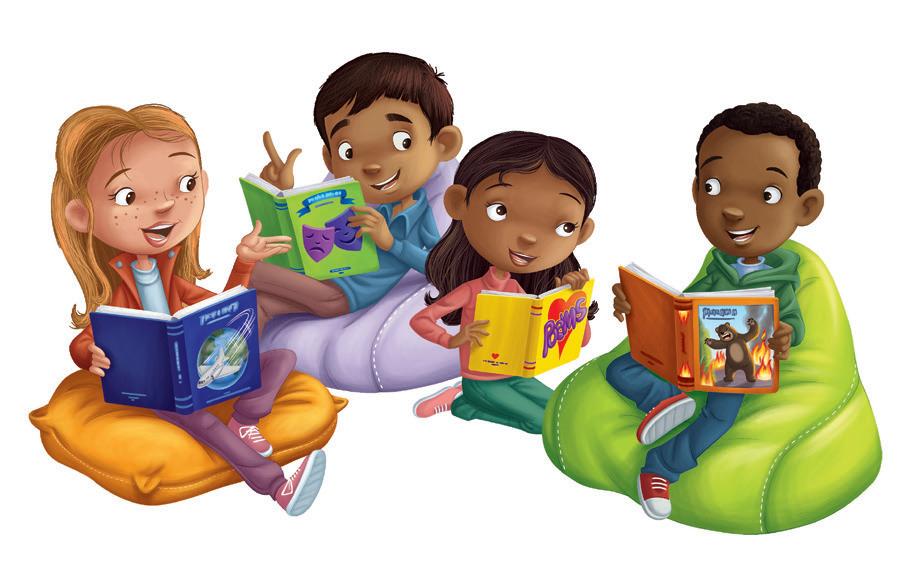
• Supporting the learner’s books, the workbooks are filled with varied activities like mind maps, matching and crosswords, while also providing practice and consolidation opportunities.
• ‘Focus’, ‘Practice’ and ‘Challenge’ exercises provide clear progression through each session, helping learners see what they’ve achieved.
Links to ‘Language focus’ boxes in the learner’s book give your learners an opportunity to practise grammar in the context of each text type.
Our new Cambridge Phonics and Handwriting Framework provides a recommended structure and order for teaching the phonics and handwriting learning objectives in the Cambridge Primary English Curriculum Framework for Stages 1-2. Find support on the School Support Hub.
See page 8.
This series supports you and your learners through the Cambridge Primary English curriculum framework (0058). The key changes we have made to our resources include:
• Integrated reading, writing, speaking and listening practice in our learner’s books meets the need for greater integration in the new curriculum framework.
• Increased number of speaking and listening activities in our learner’s books reflects the inclusion of new speaking and listening sub-strands in the curriculum framework.
• A range of international texts engages learners and helps develop their reading and writing skills, supporting the requirement for experience with broader text types in the new curriculum framework.
Find out more about how our resources support you and your learners at cambridge.org/primary
Get the most out of our series with our teaching resources filled with lesson plans and activity ideas.
Filled with starter and plenary activities, additional lesson ideas as well as learner’s book and workbook answers.
• Language support suggestions, along with clear assessment and differentiation ideas to help you meet all your learners’ needs.
• Accompanying digital resource provides access to downloadable worksheets with additional differentiation activities and further language development exercises.


Learner’s book with digital access
Digital learner’s book
Workbook with digital access
Teacher’s resource with digital access
Phonics workbook

























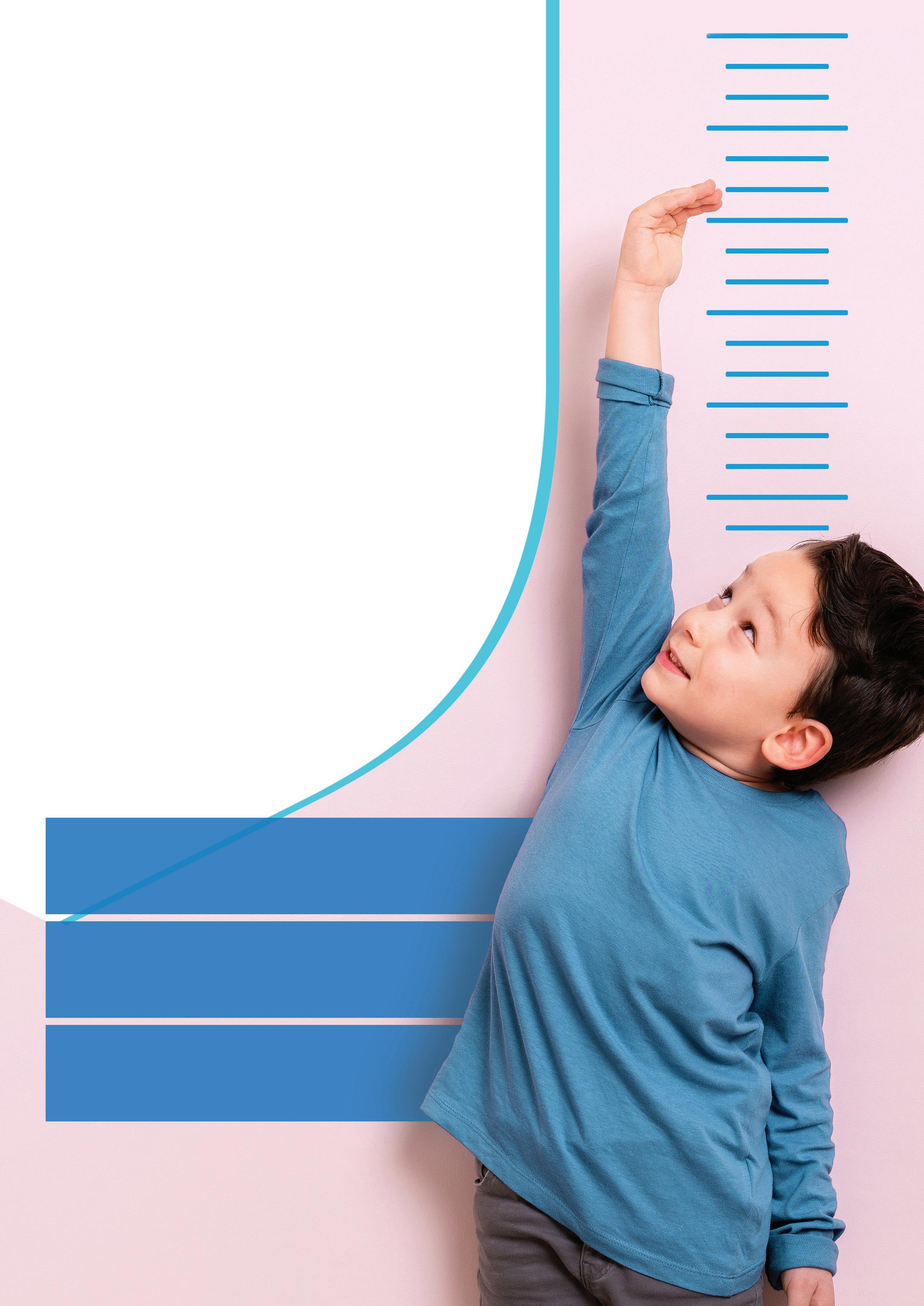
Cambridge Primary Insight is a child and teacher-friendly assessment tool, designed to empower teachers to build a strong foundation and unlock the potential of primary children aged 5–11. By using an adaptive baseline assessment across five key developmental areas, you get invaluable insight in an instant.
Cambridge Primary Insight is here to:
Benchmark your students’ levels of ability from the start.
Highlight undiscovered strengths or suggest where additional support is needed.
Give you the opportunity to tailor your teaching, using personalised reports.
Find out more about Cambridge Insight baseline assessments: cambridge.org/insight
Sarah Lindsay and Wendy Wren
Watch your learners grow in confidence as they develop their writing skills. They’ll write a newspaper article, adapt a myth and even create an advert for their favourite breakfast cereal! From haikus, fairy tales and plays to biographies, recounts and instructions, this series gives your learners the knowledge and skills to tackle a range of writing types.
Uses product and process writing approaches to provide a framework for writing.
The perfect complement to our popular Global English, Primary English and Lower Secondary English resources.
• Written for learners from all language backgrounds, it provides valuable consolidation for first language students and gives second language learners the opportunity to extend their skills.
• Digital versions of our resources support you, however you’re teaching.
Learner’s books
Each unit focuses on a different text type such as dialogue, recounts, reports or instructions. Model texts in each chapter show what good examples of each writing type look like, and specific activities help learners practise their grammar, in the context of each text type. Planning tools and an extended writing task develop essential editing, checking, planning and creative thinking skills.
Teacher’s resources
Your essential companion to the course, the print and digital teacher’s resources include everything you need to lead your lessons with confidence.
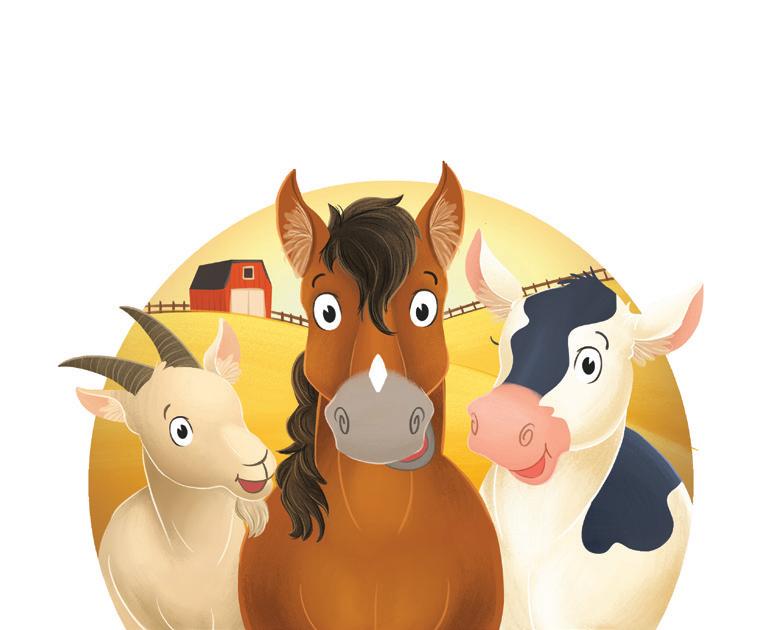
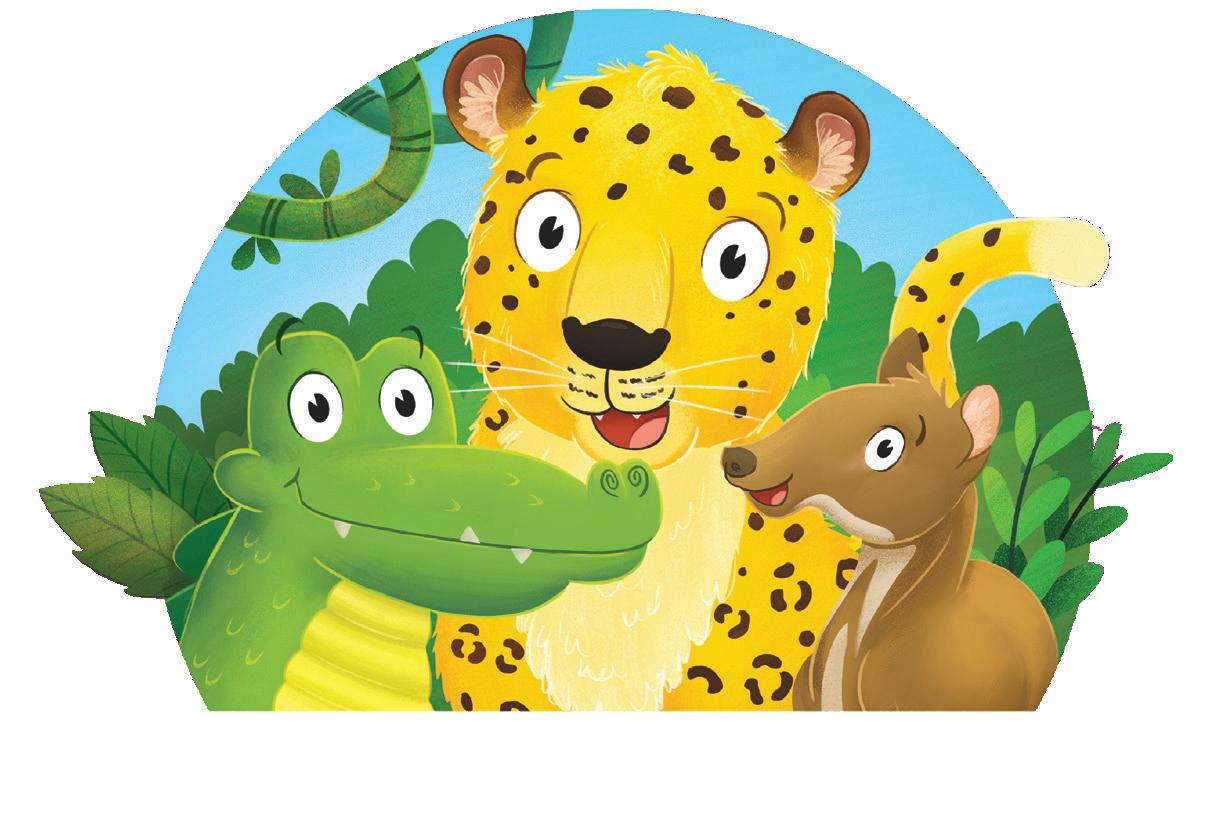
Second edition
Gill Budgell and Kate Ruttle
Penpals for Handwriting is our handwriting scheme for 3 to 11 year olds. Learning from fun characters that teach them about the different letter shapes, children progress through five stages to develop a fast, fluent handwriting style.
• ‘Penpals Gym’ fine and gross motor skills warm-up videos show perfect form.
Practice books for Grades 1–6.
GPS-linked handwriting practice workbooks from Foundation 2 to Grade 6.
Three baseline assessment and intervention books for identifying and supporting children who require additional help with handwriting.
• Clear support for phonics teaching and the transition to spelling.
• For use on PC.
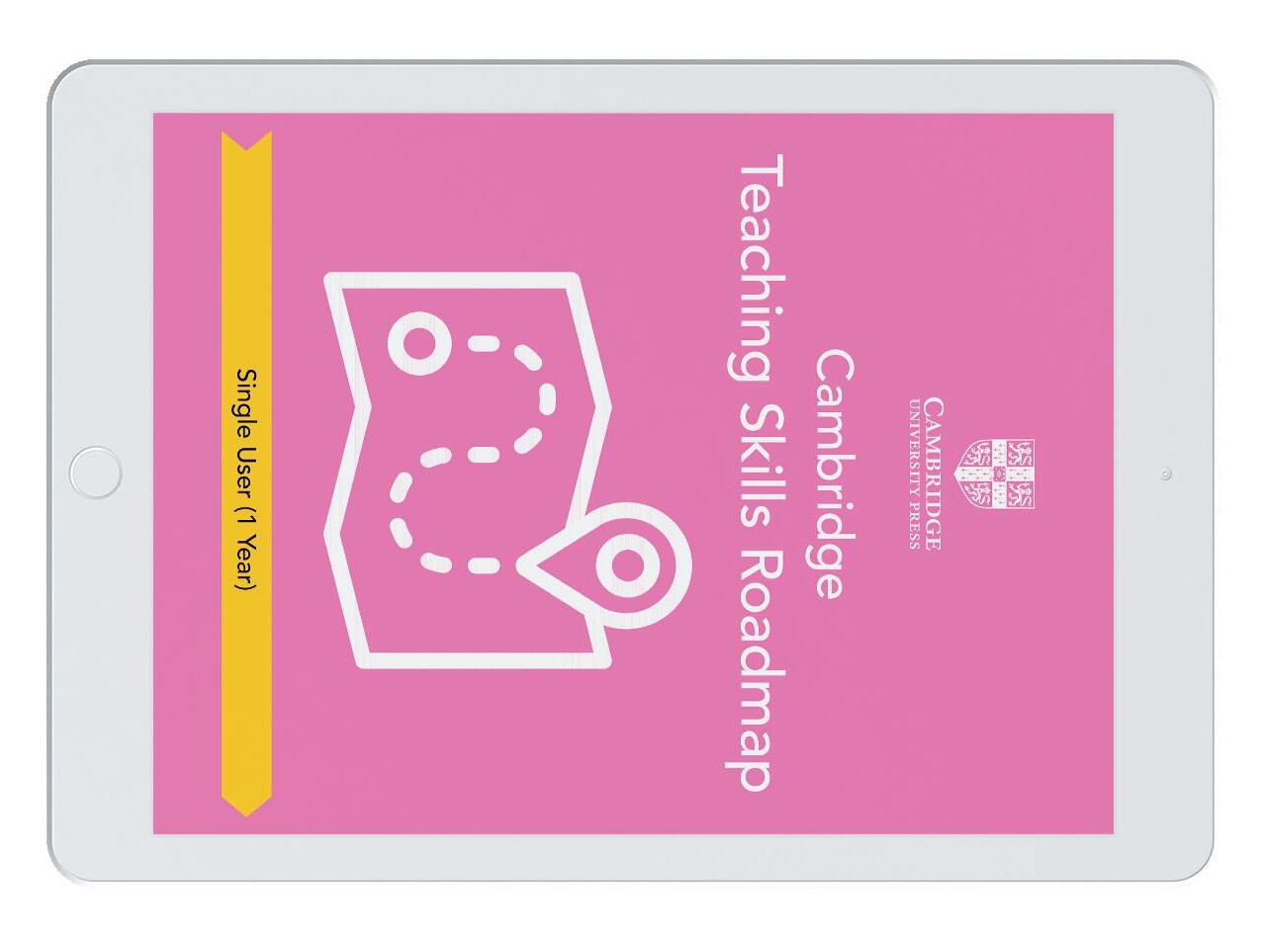
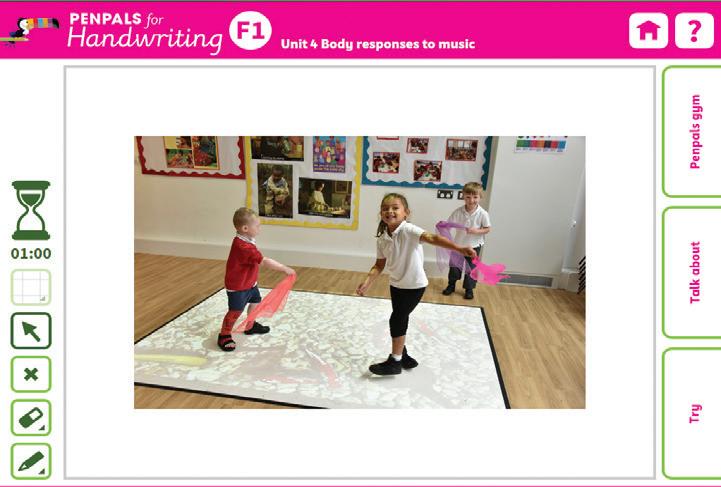
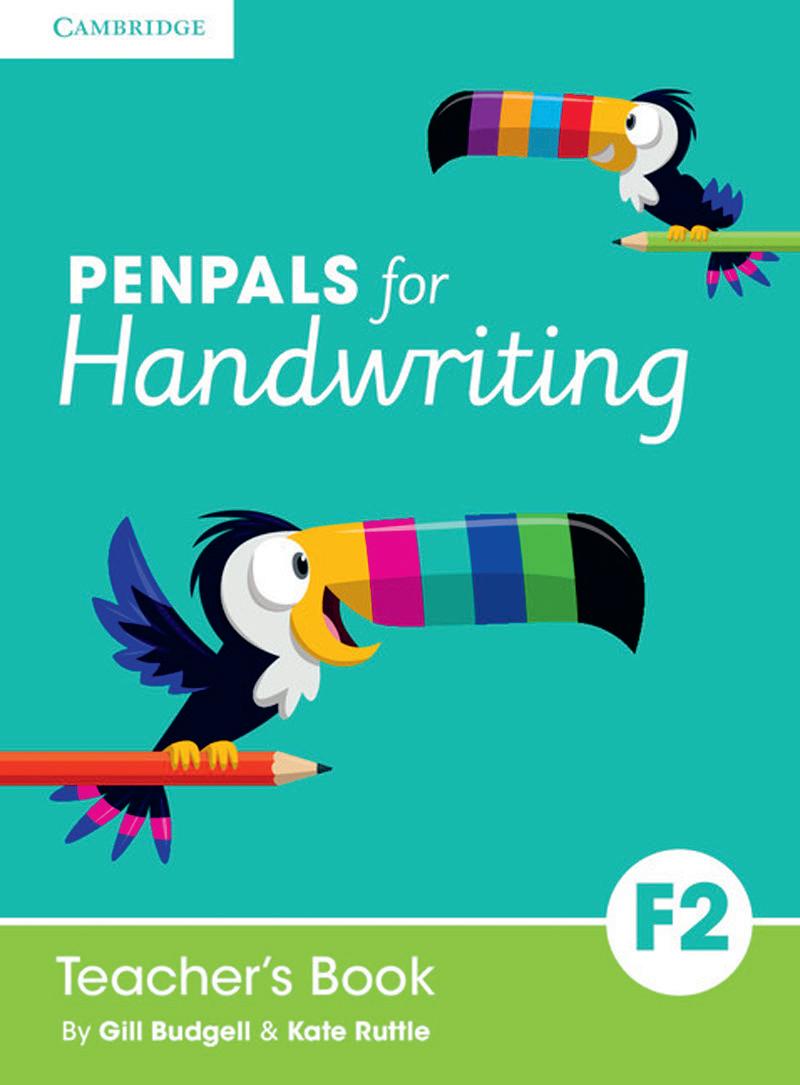
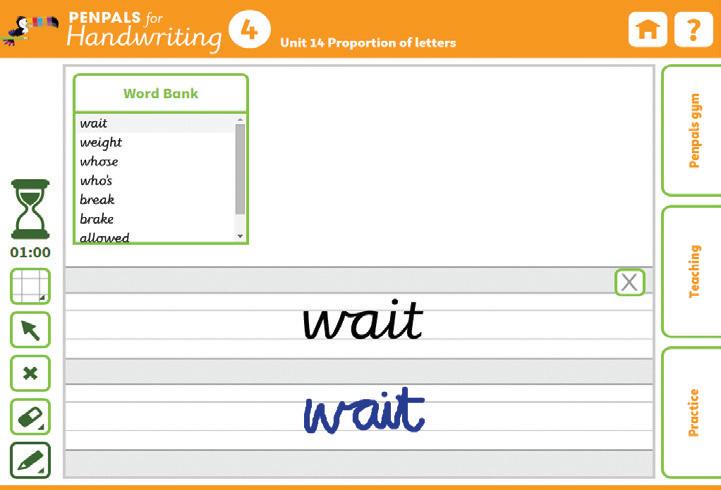

COMPONENTS AVAILABLE IN THIS SERIES:
Teacher’s
Interactive 978-1-009-33234-7 978-1-009-33235-4 978-1-009-33236-1 978-1-009-33237-8 978-1-009-33238-5
978-1-845-65741-3
978-1-009-33239-2 downloads*
Practice books 978-1-316-50133-7 978-1-316-50137-5 978-1-316-50141-2 978-1-316-50146-7 978-1-316-50150-4 978-1-316-50154-2
Workbooks 978-1-845-65440-5 978-1-845-65298-2 978-1-845-65992-9 978-1-845-65385-9 978-1-845-65861-8 978-1-845-65677-5 (pack of 10)
Also available for Foundation 1 and 2 (Kindergarten), find out more at cambridge.org/education/penpals
* Includes perpetual site and network licence for your school.
Book 1 (securing letter formation
978-1-845-65409-2 and introduction to joining)
Book 2 (securing the joins and legibility) 978-1-845-65555-6
Book 3 (developing speed and fluency) 978-1-845-65696-6
Classroom
Poster pack (pack of 8)
Alphabet wall frieze
978-1-845-65607-2
978-1-845-65816-8 Pen licence business cards
978-1-009-33240-8
978-1-845-65794-9 Font download
Series editors: Sue Bodman and Glen Franklin, UCL Institute of Education
Bring stories from around the world into your classroom with Cambridge Reading Adventures, our primary reading scheme for ages 4 to 12. Children explore the seas with Sinbad, marvel at the wonders of the sky above us and unearth the secrets of the ice age with this exciting series.
Created in partnership with the UCL Institute of Education (IOE), the series includes 11 Book Bands and four Strands taking readers beyond White Band. You can use Cambridge Reading Adventures on its own, or to support your teaching in English, maths and science.
Every book includes detailed teaching notes to help you deliver lessons that inspire a love of reading.
It’s too hot for football. What will Kito and his friends do to stay cool?
Every child will find something they love: a mix of fiction and non-fiction with diverse topics for international readers.
Children progress from simple words at Pink A Band, to books with up to 3,500 words at Voyagers Strand.
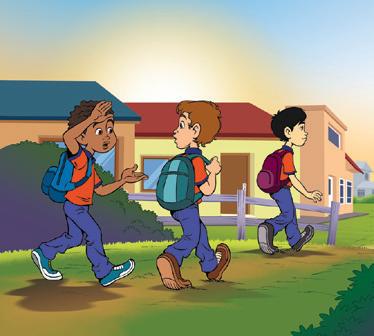










































Explore our helpful mapping chart to find out how you can use Cambridge Reading Adventures books to support Cambridge Primary and Lower Secondary Wellbeing.
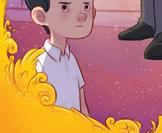










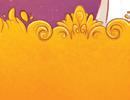


Our four Strands are for children reading confidently and ready to progress beyond White Band, moving on to more complex skills like inference and text analysis. Go to pages 33 to 34 to find out more about Pathfinders, Wayfarers, Explorers and Voyagers
Reading a wide range of fiction and non-fiction is one of the best ways to improve your learners’ comprehension, vocabulary and grammar. Cambridge Reading Adventures is the perfect accompaniment to any English course. We’ve mapped the titles to some of our popular English series including Power Up, Super Minds, Guess What! and Kid’s Box to help you use them together in the classroom.
Do you want to assess your students’ reading age? Or see how much they have developed over the course?
Read more about what our baseline assessments can do for you on page 28 >
Would you like onscreen versions of print books for front-of-class teaching?
Bring your lessons to life with Digital Classroom – perfect for introducing a text or leading sessions with your class.
Show pages from the book for reading with your whole class
• Zoom, highlight and annotate on screen with a range of easy-to-use tools
• Download for offline use
• Listen to audio in British or American English accents to help your learners understand correct pronunciation and intonation
Available as a 12-month site licence
and assessment guides
As well as teaching support in each book, we’ve created a teacher’s resource for each stage – Early, Transitional and Conventional. These resources provide everything you need to plan and lead reading lessons with confidence. The accompanying digital resources give you access to all the information in the print guide, along with editable versions of the lesson plans, assessments and printable activity sheets for each title.
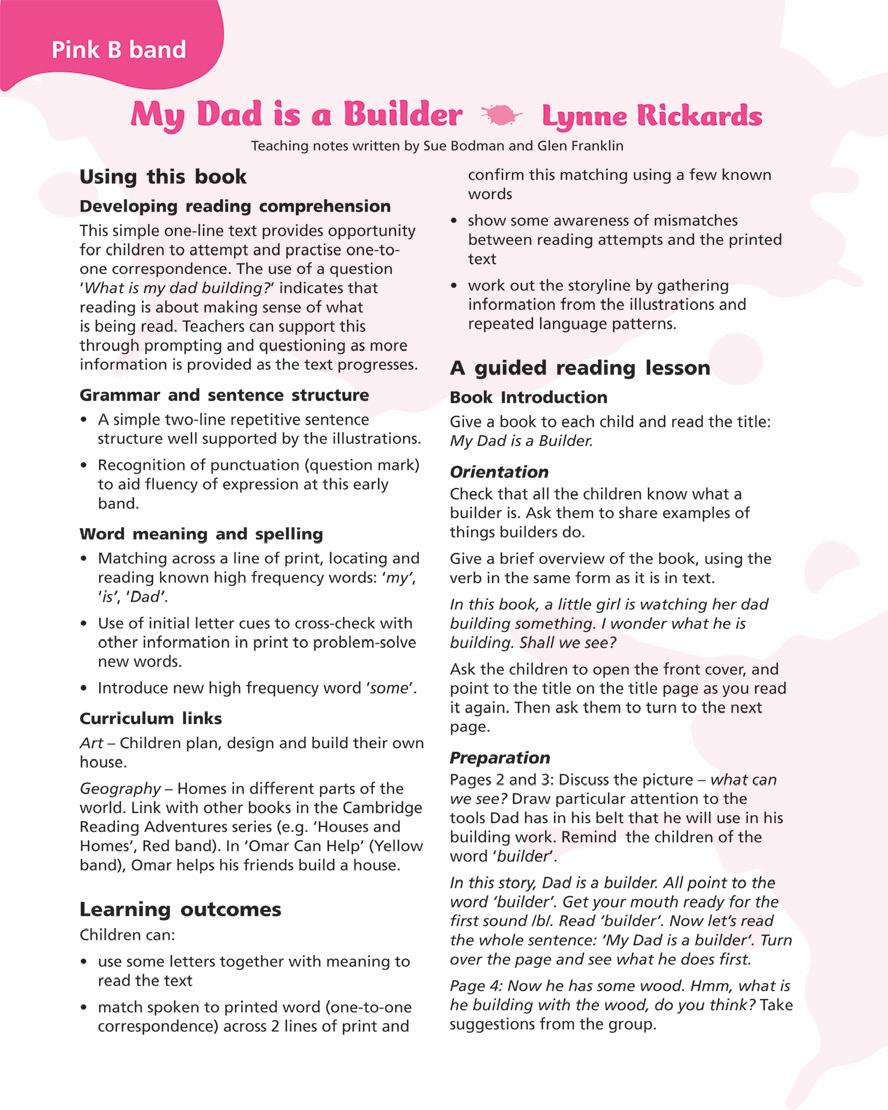
COMPONENTS AVAILABLE IN THIS SERIES:
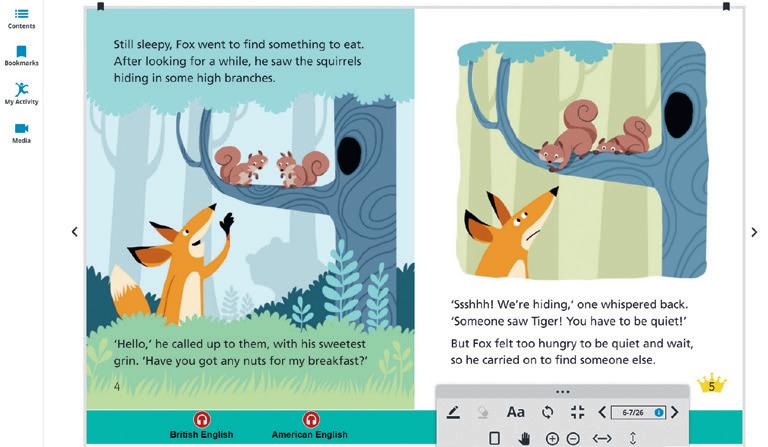
Photobooks were popular and had good content for encouraging boys to engage in reading.
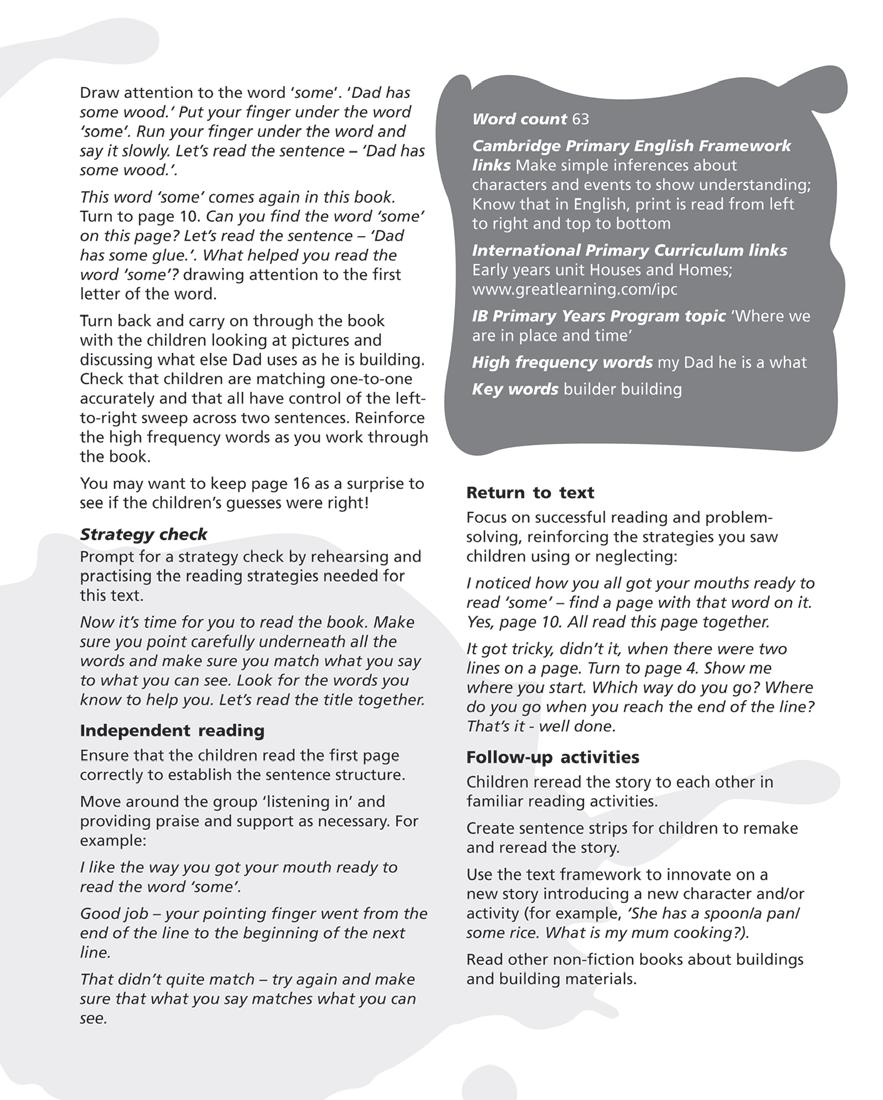
Suggested follow-up activities, including following up grammar objectives, and creative writing ideas.
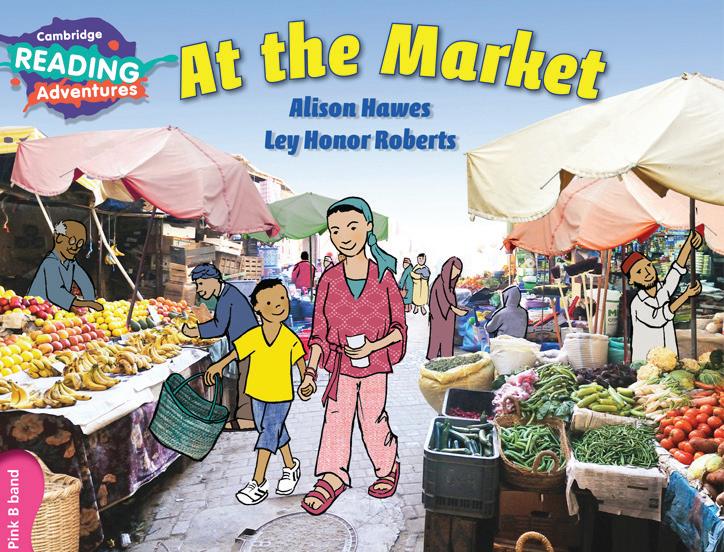
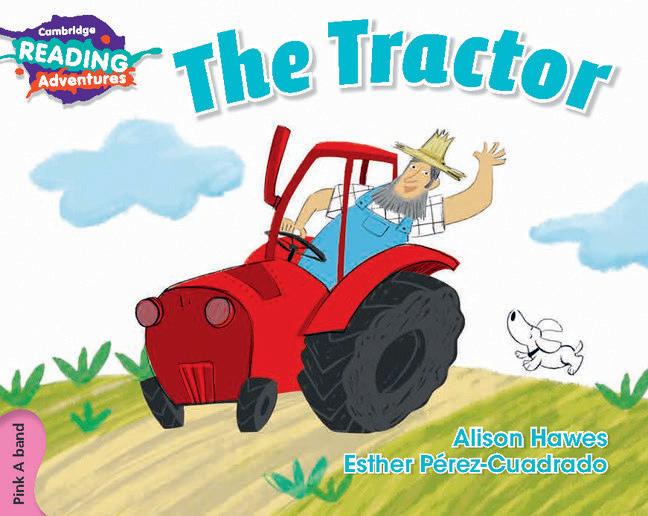
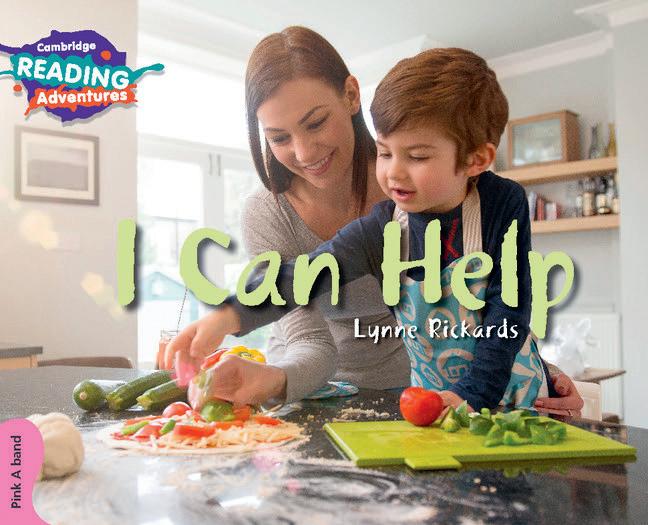

For new readers, Pink A and B Band books support children initially learning to use a book.
• Range of fiction and non-fiction.
• Books in Pink Band have around 30–60 words, and feature colourful illustrations and highly predictable language.
COMPONENTS
Pink A Band
The sun is up
Animal homes
Games
Water
Photos
I can help
Please stop, Sara!
Packing my bag
Jamila finds a friend
Arif goes shopping
The tractor
A hot day
Pink B Band
At the market
Where do they grow?
Looking after animals
Who lays eggs?
School lunch
Hello baby
My dad is a builder
Leela can skate
Our den
Where are you going?
The last lemon
Omar’s first day at school
In Red Band, a sense of story begins to be developed. Illustrations remain supportive, but children have to use some decoding skills. These books have more complex sentence structures with less repetition to help students learn high-frequency words.
COMPONENTS
Houses and homes
The weather today
Our senses
In the sea
Seagull
The enormous watermelon
Imani’s library book
What little kitten wants
Bedtime on the farm
Look! It’s baby duck
Leopard and his spots
Omar can help
978-1-107-54949-4
978-1-107-57676-6
978-1-316-60568-4
978-1-107-57578-3
978-1-316-50310-2
978-1-107-54924-1
978-1-108-40072-5
978-1-108-40569-0
978-1-316-50081-1
978-1-107-54957-9
978-1-316-50308-9
978-1-107-57572-1
978-1-107-54987-6
978-1-316-60071-9
978-1-316-60084-9
978-1-107-57584-4
978-1-108-40066-4
978-1-108-40566-9
978-1-316-50313-3
978-1-316-60082-5
978-1-107-54963-0
978-1-316-60810-4
978-1-108-40069-5
978-1-316-60069-6
978-1-107-54993-7
978-1-316-60073-3
978-1-316-60582-0
978-1-107-54936-4
978-1-108-43963-3
978-1-108-43961-9
978-1-107-54973-9
978-1-107-57582-0
978-1-316-50078-1
978-1-108-43967-1
978-1-107-54909-8
978-1-316-60811-1
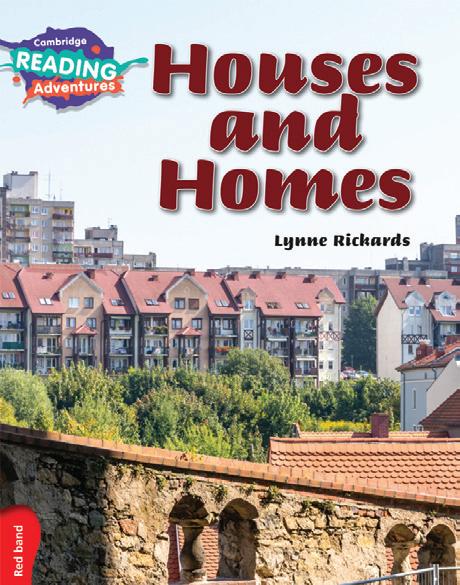
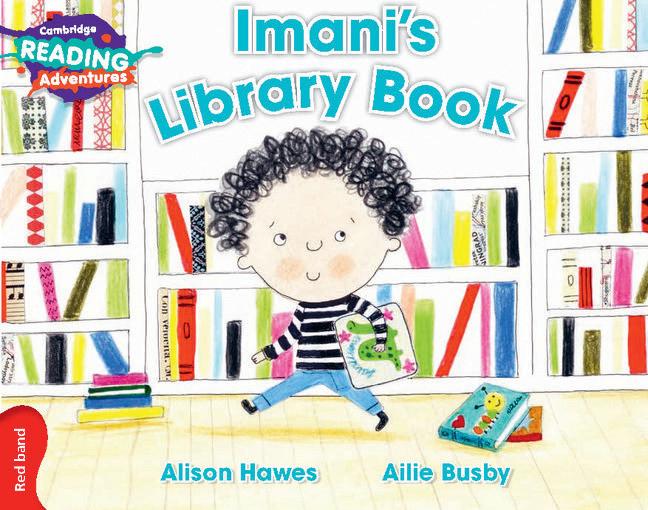
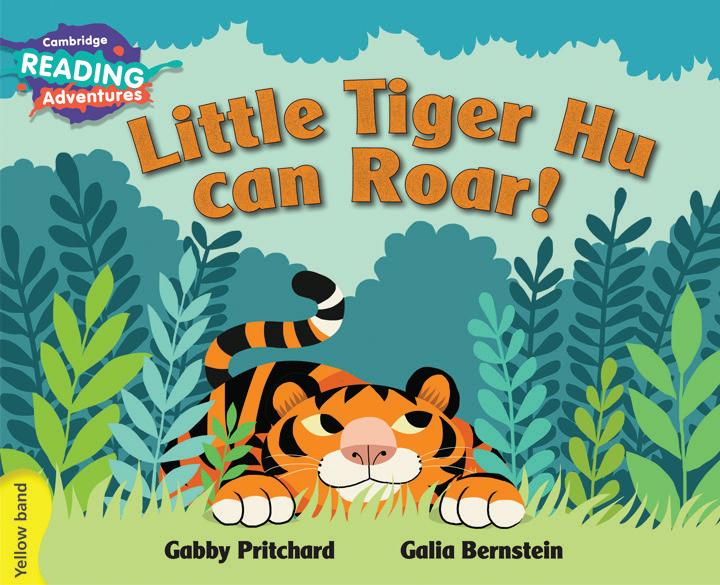
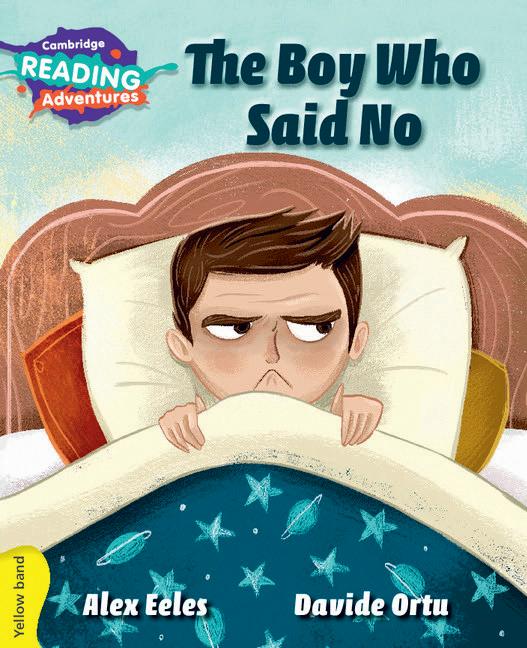
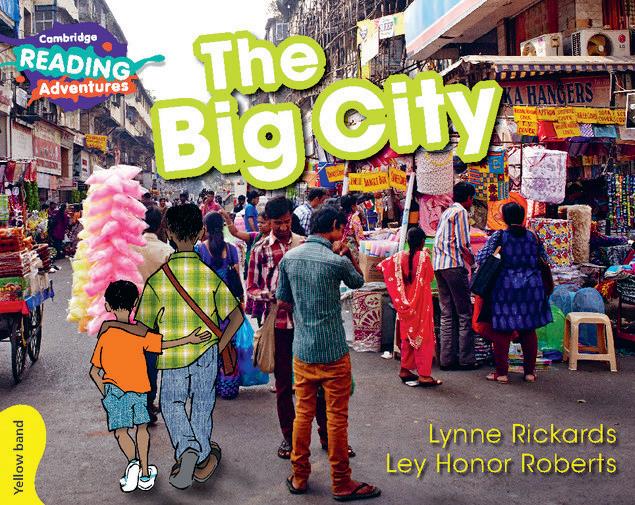
Yellow Band develops longer story plots, helping readers build their inferential skills. More emphasis on understanding through reading and less on using illustrations to convey meaning.
• Repetition is used as a dramatic device, rather than a way of learning important words.
COMPONENTS AVAILABLE IN
My school
Stars
Playgrounds
The big city
978-1-107-55000-1
978-1-316-50315-7
978-1-316-50318-8
978-1-108-41079-3
978-1-108-40077-0
978-1-108-43964-0
Little Tiger Hu can roar!
Diego Fandango
Oh Bella!
A house for snail
Help!
Late for school
978-1-107-54996-8
978-1-107-55021-6
978-1-107-55070-4
978-1-107-55006-3
978-1-108-40815-8
978-1-107-57679-7
Bring global topics into your classroom with flexible, story-led activities that spark curiosity and meaningful discussion. These teaching ideas connect directly to Cambridge Reading Adventures and support global learning through links to the UN Sustainable Development Goals.
Explore more on our Brighter Thinking Blog
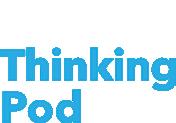

Blue Band stories become slightly more complex than Yellow Band, with several characters and episodes within the story to help develop comprehension.
Greater variation in sentence patterns helps students self-correct independently.
• Vocabulary in non-fiction titles becomes more technically specific.
Less common words are supported by illustrations, providing opportunities to build word-reading power and knowledge of spelling patterns in English.
COMPONENTS
Making a car
My first train trip
On the track
All kinds of plants
The boy who said no Crabs Where are my shoes?
It’s much too early
Suli’s big race
Lost!
The mean monkey
A day at the museum
The show and tell day
The big pancake
The pumpkin monster
978-1-107-57597-4
978-1-107-57594-3
978-1-316-50322-5
978-1-316-60579-0
978-1-108-43537-6
978-1-107-56032-1
978-1-316-60086-3
978-1-316-60078-8
978-1-108-43971-8
978-1-316-50320-1
978-1-108-40191-3
978-1-108-43972-5
978-1-316-60576-9
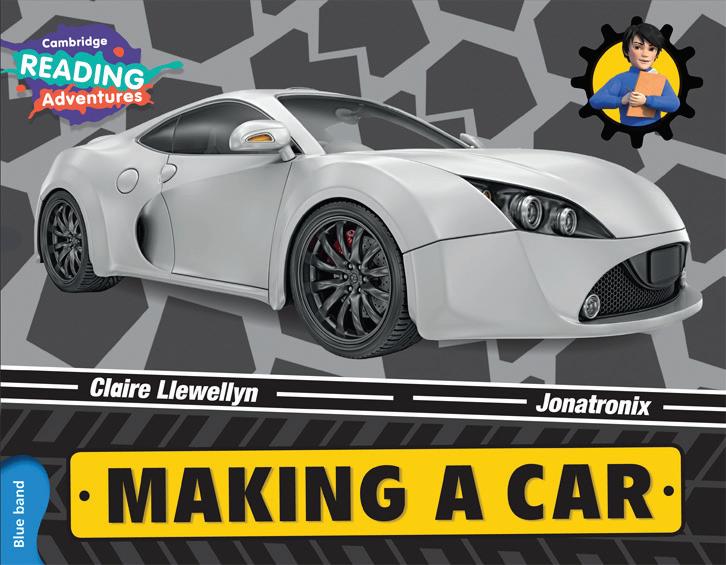
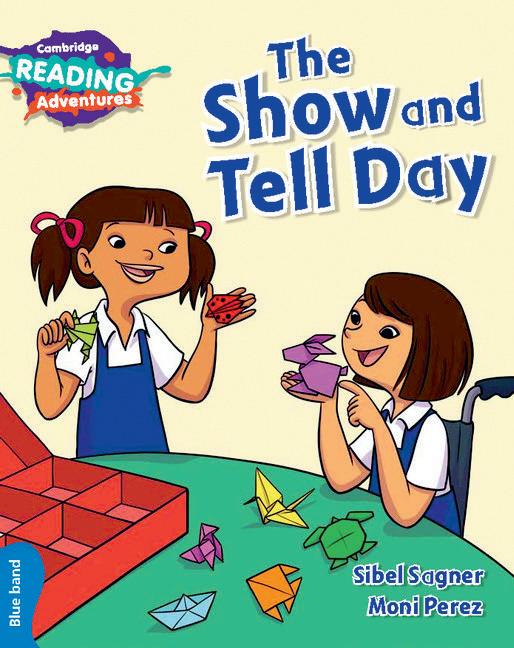
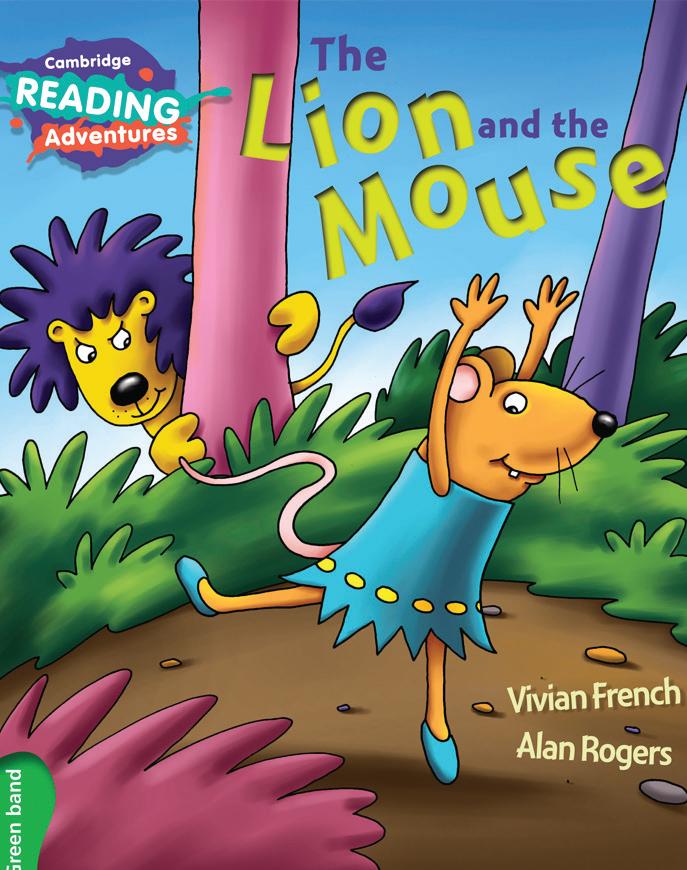
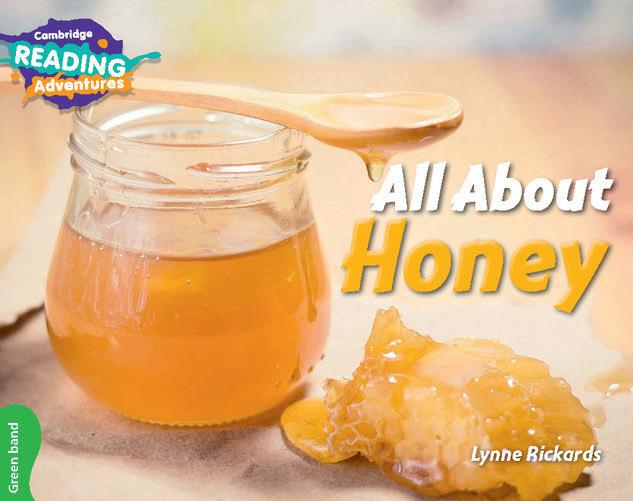
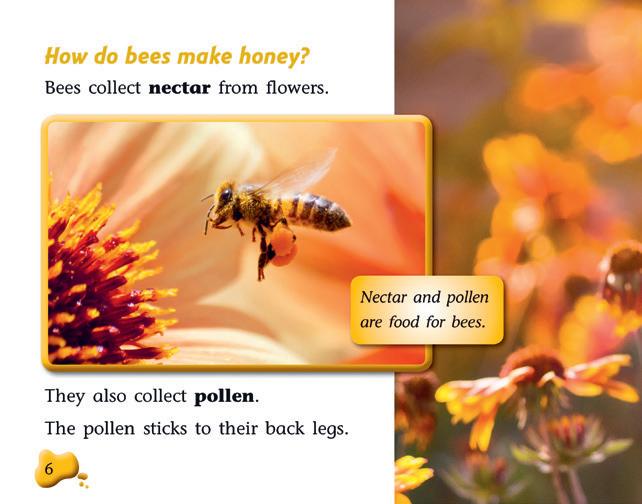
Green Band fiction titles usually feature several characters and story events are more developed, often lasting through several pages.
• Longer, more complex words require readers to apply word-solving skills.
Longer sentence structures focus on the use of punctuation.
• Books contain topic-specific vocabulary with moderate support from the illustrations and novel words are often repeated to help learners.
COMPONENTS AVAILABLE IN THIS SERIES:
Baking bread
Dressing for the weather
Big bugs
A drop of rain
All about honey
Take Zayan with you!
Up, up...Elephant!
Turtle is a hero
Hide and seek
The lion and the mouse
978-1-316-50327-0
978-1-316-50324-9
978-1-107-55064-3
978-1-107-55060-5
978-1-108-40572-0
978-1-107-57587-5
978-1-108-40082-4
978-1-107-55046-9
978-1-107-57599-8
978-1-107-55038-4
You can buy Cambridge Reading Adventures books as individual titles or in packs.
For more information about packs, go to cambridge.org/cra
Orange Band stories are longer than in previous bands, featuring more events and greater complexity.
Illustrations provide support for just one aspect of the story per page.
• Sentence structures become more complex, with some use of the conditional tense (e.g. sentences that speculate what could happen, normally containing the word ‘if’).
Children will recognise a large number of the high-frequency words used in this band, helping them become fluent and develop their understanding.
High-frequency words in each book are no longer specified from Orange Band onwards.
COMPONENTS AVAILABLE IN THIS SERIES:
Life on the reef
Town underground
Super malls
Get active!
The great inventor
The best little bullfrog in the forest
For today, for tomorrow
Omar in trouble
Sang Kancil and crocodile
Finn saves the day
978-1-107-56022-2
978-1-316-50333-1
978-1-316-50335-5
978-1-108-43973-2
978-1-316-50083-5
978-1-107-56018-5
978-1-107-55081-0
978-1-316-50329-4
978-1-107-57604-9
978-1-108-43977-0 Non-fiction Non-fiction
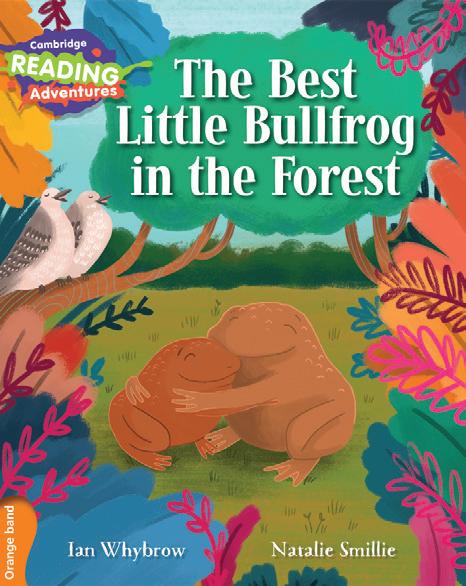
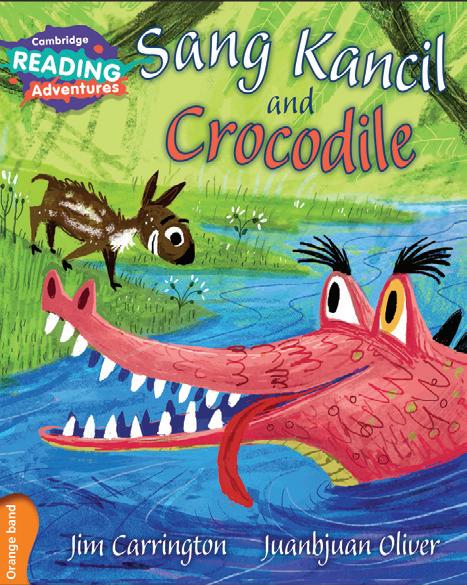
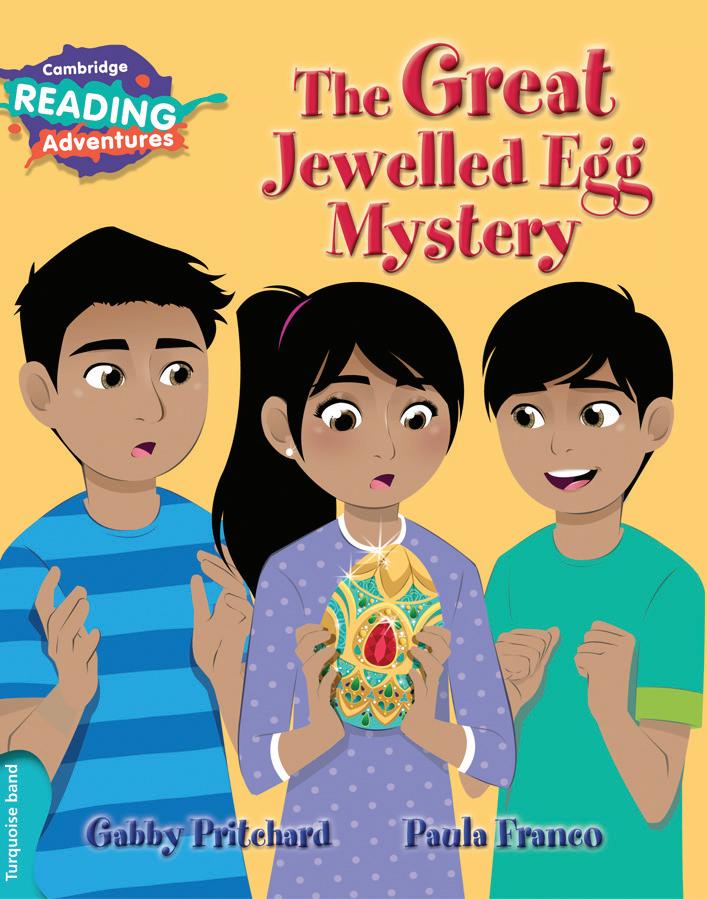
Turquoise Band extends descriptions of places and people, with phrases and expressions that provide new challenges to reading.
• Vocabulary in both fiction and non-fiction is often less common and requires the reader to use their knowledge of spelling patterns.
• Non-fiction texts begin to use maps, charts and diagrams.
• Readers learn to navigate information presented alphabetically in glossaries and indexes.
COMPONENTS AVAILABLE IN THIS SERIES:
Motorcycles
How chocolate is made
Clever computers
Draw the world
A dark winter
The great jewelled egg mystery
Power cut
Little Fennec Fox and Jerboa
Sinbad goes to sea
Sang Kancil and the tiger
978-1-107-57624-7
978-1-107-57616-2
978-1-316-50331-7
978-1-107-57684-1
978-1-108-43978-7
978-1-107-57614-8
978-1-316-60586-8
978-1-108-43092-0
978-1-316-50338-6
978-1-107-55092-6
The Purple Band includes storylines that often reflect character and/or author viewpoint, providing opportunities to discuss character motivation and response.
Story language develops further, with phrases found in traditional stories and storytelling, such as ‘long, long ago’ and ‘once upon a time’.
Non-fiction texts offer more in-depth information and technical vocabulary.
COMPONENTS AVAILABLE IN THIS SERIES:
Ships, boats and things that float
Going on a plane
The book of world facts
Colourful birds
Pterosaur!
Sorry isn’t good enough
Sinbad and the roc
King fox
Sandstorm
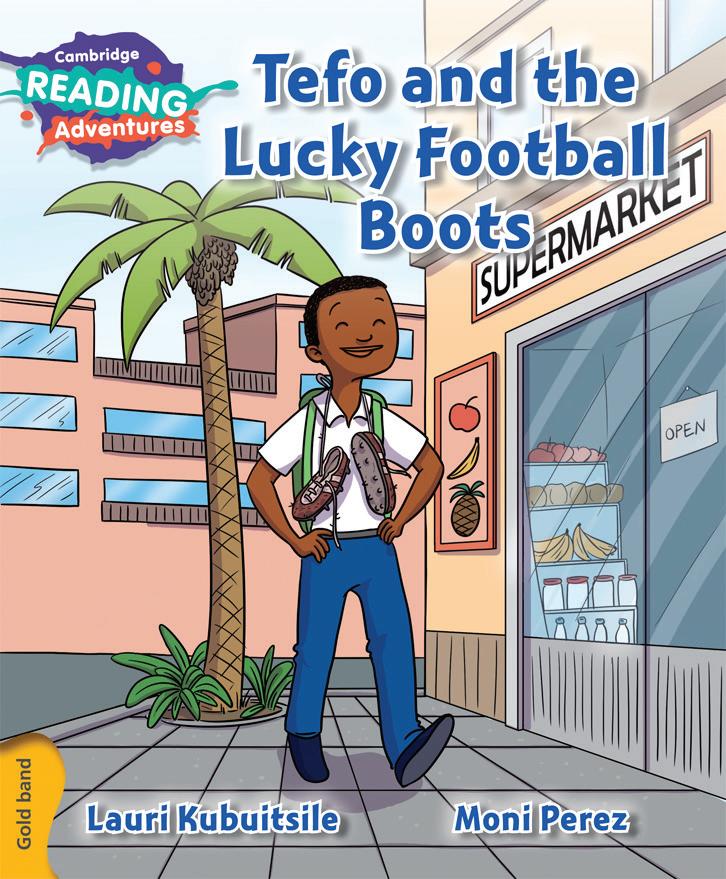
978-1-107-56041-3
978-1-316-50088-0
978-1-316-60080-1
978-1-108-43569-7
978-1-107-55108-4
978-1-108-40081-7
978-1-316-50340-9
978-1-107-56215-8
978-1-107-57607-0
Non-fiction
International school series
Traditional story
Adventure story
Non-fiction
Everyday story
Animal story
Traditional story
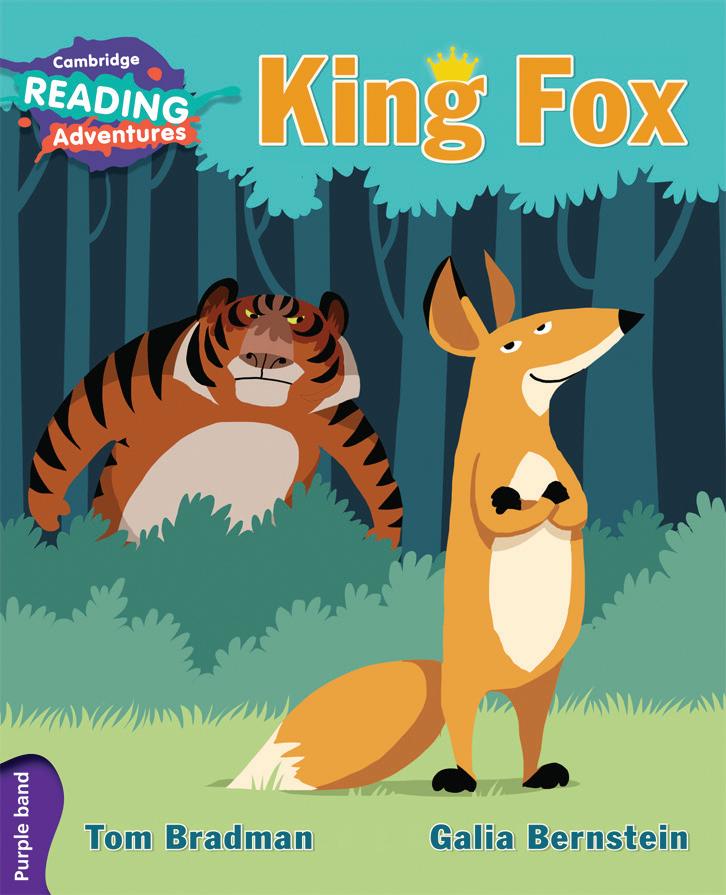
Gold Band books are for children approaching independence in predicting and evaluating story development.
• Chapter books build tension, giving the opportunity for more sustained reading.
• Texts become longer to match growing reading stamina. More complex language structures throughout.
COMPONENTS AVAILABLE IN THIS SERIES:
Scarface: The real lion king
Giants of the ocean
Animals of the ice age
From rags to bags
A world of deserts
Tigers of Ranthambore
Tefo and the lucky football boots
Yu and the great flood
Sang Kancil and the farmer
Lost at sea
978-1-107-56047-5
978-1-107-55165-7
978-1-107-55162-6
978-1-316-50086-6
978-1-108-40585-0
978-1-108-43613-7
978-1-107-55141-1
978-1-107-56225-7
978-1-108-40574-4
978-1-316-50344-7
Non-fiction
International school series
Traditional story
Adventure story
White Band titles match the growing maturity of the reader and stories provide opportunities to explore ‘why?’ questions when responding to texts.
• Readers encounter complex sentences with a wide range of grammar, such as ‘we’re’ and ‘they’re’.
• Non-fiction topics may employ different genre styles across one text.
The great migration
Earthquakes
Sticks and bricks and bits of stone
The mobile continent
The rise of the Sauropods
What’s for lunch?
Don’t give up yet!
Mei and the pirate queen
The great escape
The silk road
978-1-107-56065-9
978-1-316-50342-3
978-1-107-56056-7
978-1-316-60067-2
978-1-108-40576-8
978-1-108-41187-5
978-1-108-40078-7
978-1-316-50090-3
978-1-107-55158-9
978-1-107-56232-5
• Use the text to find and interpret information as well as use glossaries and indexes. Manage more mature topics and themes. Use higher order thinking skills to evaluate characters, predict plot development and tackle sub-plots.
• Tackle complex words, greater variation in text and greater range of genres/text types.
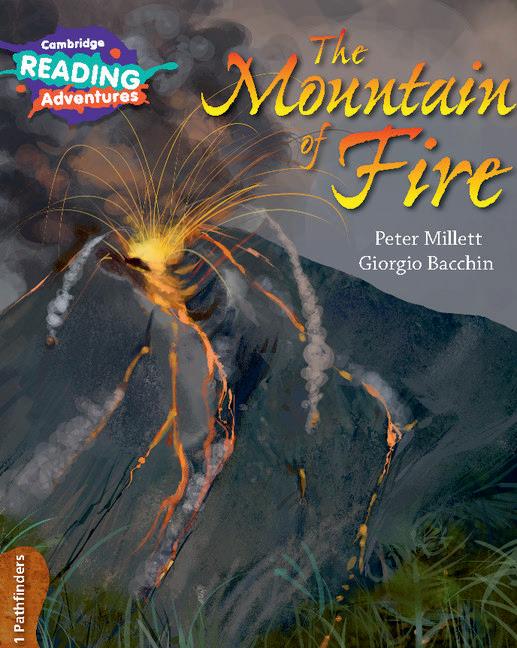

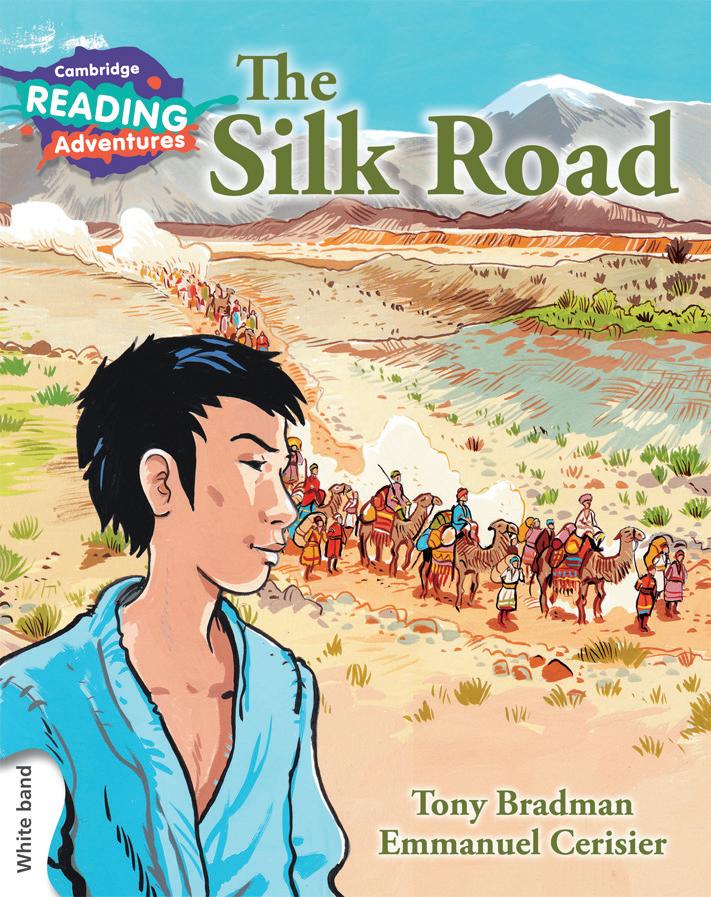


• Pupils begin to justify their point of view about what they read.
• Stories and subject matter are suited to growing maturity of the reader.
• Literary devices that convey emotions begin to emerge.

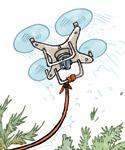







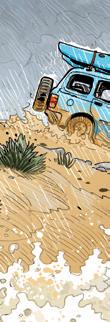








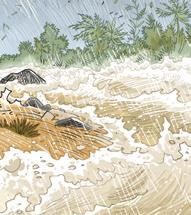




Developing knowledge and skills of reading non-fiction across a range of subjects, texts integrate a good deal of dialogue alongside literary language. Children working at this Strand will be reading beyond what is on the page.
• Readers will need to infer characters’ feelings, thoughts and motives from their actions, justifying these with evidence.
Timbuktu
Diving under the waves
Who is the greatest?
The digger
The mystery of Sol
You and me
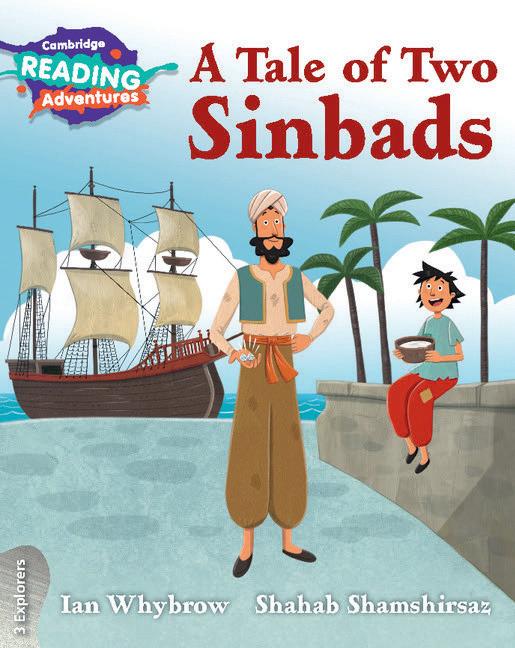
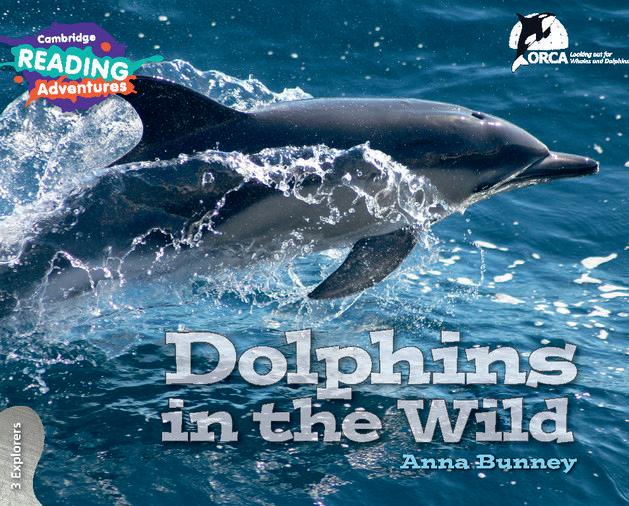
978-1-108-41085-4
978-1-108-41164-6
978-1-108-43617-5
978-1-108-40093-0
978-1-108-43672-4
978-1-108-41083-0
Non-fiction
Everyday story Playscript
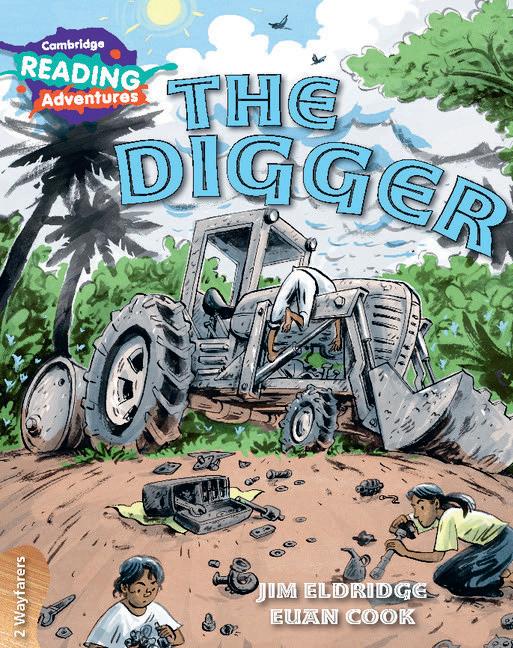
• Most books require reading silently unless the task calls for reading aloud – e.g. plays.
• Children are able to discuss their reading preferences and read critically, considering the author’s effectiveness.
Fiction books are likely to contain chapters that reflect sustained reading in one book over a short period of time.
• Non-fiction books contain all features seen at Transitional stage.
• Many texts now have sections that follow different genres or styles – e.g. brief recount within a report.
COMPONENTS AVAILABLE IN
Skyscrapers
Dolphins in the wild
The changing climate
A tale of two Sinbads
Hunters of the sea
Journey to Callisto
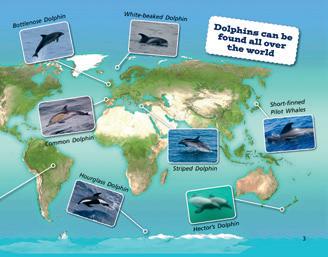
978-1-108-41189-9
978-1-108-40583-6
978-1-108-40578-2
978-1-108-43097-5
978-1-108-40099-2
978-1-108-40581-2
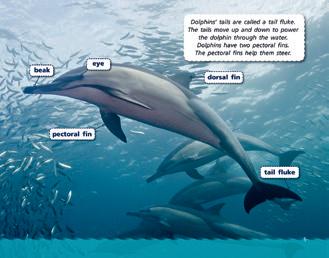
Readers will be able to discuss how language is used and how the words chosen cause reactions and inferences in the reader.
• Texts will use writing devices like flashbacks, parody, summary and commentary.
• Stories are longer (short novel) and follow a range of characters.
• Fiction books contain chapters offering opportunities for sustained reading, while others may be shorter but with deeper inferential meaning.
COMPONENTS AVAILABLE IN THIS SERIES:
Movie world
The refugee camp
The white elephant
Meltdown
Tamerlane and the boy
The cave at the end of the world
978-1-108-40106-7
978-1-108-40108-1
978-1-108-40588-1
978-1-108-43485-0
978-1-108-41087-8
978-1-108-43979-4
Non-fiction
Traditional story
Adventure story
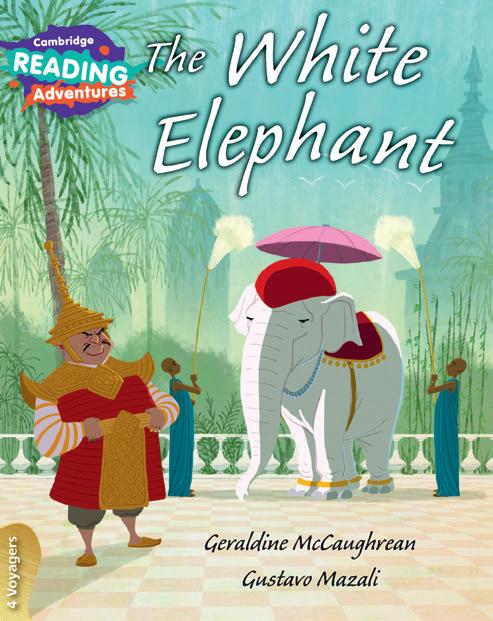
Cherri Moseley, Janet Rees, Emma Low, Mary Wood, Greg Byrd and Lynn Byrd
Whether your learners are creating a house with 3D shapes or using recipes to understand fractions, this series focuses on getting them to think mathematically.
Our print resources come with digital access. Create a free teacher account on Cambridge GO and activate the code from your book to access your digital resources.
• Worked examples and practice exercises help learners build confidence and develop skills.
Support for English as a second language learners with key word boxes, clear diagrams and supporting illustrations.
• Project ideas developed by NRICH* to help learners investigate mathematical ideas and concepts more deeply.
Filled with activities including puzzles, ordering and matching to give learners extra practice.
• Specific questions focused on developing learners' Thinking and Working Mathematically skills.
Differentiated activities split into ‘Focus’, ‘Practices’ and ‘Challenges’ – ideal for use in the classroom or at home.
These pages are from Cambridge Primary Mathematics Learner’s Book 4
We
•
•
•

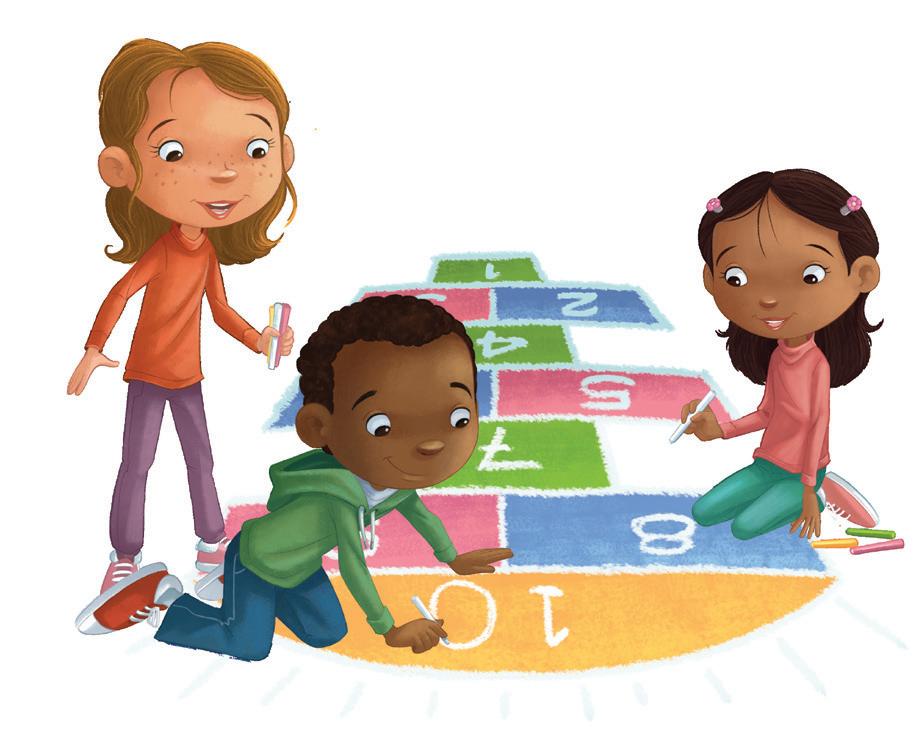
With activities from fractions dominoes to ratio snap, learners have fun while developing their understanding of maths.
Includes games books, games cards, downloadable templates and record sheets to save lesson planning time.
1.1 Counting and sequences
Worked example 2
The numbers in this sequence increase by 50 each time.
60 110 160 +50 +50 +50
What is the first number greater than 1000 that is in the sequence?
Explain how you know.
60, 110, 160, 210, 260 . . . Write down the first few terms.
(You could write down all the terms in the sequence, but it would take a long time.)
Answer: The terms all end in 10 or 60 so the first number greater than 1000 is 1010.
1 Copy and complete this square using the rule ‘add 2 across and add 2 down’. What do you notice about the numbers on the diagonal? Discuss with your partner. +2 +2 1
Draw two more 5 by 5 squares and choose a rule using addition. Predict what the numbers on the diagonal will be before you complete the squares.
2 Choose any two of these three sequences. How are they similar to each other and how are they different?
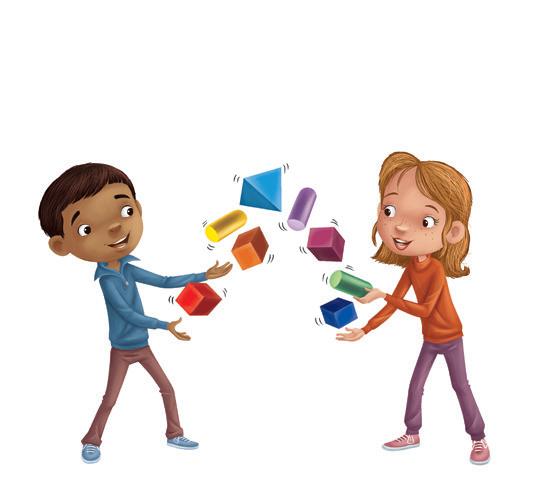
Registered Cambridge schools can access a wide range of support to help plan and deliver the primary programme at primary.cambridgeinternational.org
This series supports you and your learners through the Cambridge Primary Mathematics curriculum framework (0096). The key changes we have made to our resources include: Questions in our learner’s books and workbooks –indicated with an icon – that support the new Thinking and Working Mathematically curriculum framework approach.
• Opportunities in each unit for you to develop, encourage and consolidate your learners’ mental maths skills and strategies.
These pages are from Cambridge Primary Mathematics Learner’s Book 4
3
4
Matching the progression of skills to the greater alignment of primary and lower secondary found in the new curriculum framework. We’ve also included a diagnostic, mid-year and end-of-year test from Stage 3 onwards so you can understand what your learners already know.
Find out more about how our resources support you and your learners at cambridge.org/primary
each of the following?
a Where the terms are all multiples of 3.
b Where the terms are not whole numbers.
c Where the terms are all odd.
d Where the terms include both 100 and 127.
5 Abdul makes a number sequence.
The first term of his sequence is 397.
His term
6 Which sequences are linear and which are not? Write the next term for each sequence. Explain your answers to your partner.
a Add five: 4, 9, 14, . . .
b Subtract four: 20, 16, 12, . . .
c Add one more each time: 2, 3, 5,
d Multiply by three: 2, 6, 18, . . . Think about your answers to questions 2 and 3. Are
Reflection questions to help students think about how they are learning.
Additional Think like a mathematician feature provides investigative activities that encourage learners to apply the Thinking and Working Mathematically characteristics. A summary checklist at the end of each section helps students state what they have done. Thinking and Working Mathematically questions clearly identified.
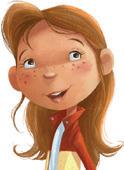
Lesson plans and activity ideas keep your lessons varied and interesting.
• Includes answers for the learner's book and workbook activities
• Language support suggestions and clearly identified assessment and differentiation ideas ensure all learners are supported
• Combined with Digital Classroom, this resource offers on-screen versions of learner's book and workbook for simple and effective front-of-class teaching, bringing your lessons to life.
Downloadable worksheets and additional teaching ideas available via Cambridge GO
Explore our professional development offer for Cambridge Primary Mathematics to help you embed effective teaching approaches. See pages 56–57 >
2
page is from Cambridge Primary Mathematics Workbook 4
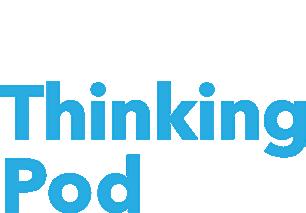

Listen to our podcast episode on maths in the modern international classroom, covering topics including project-based learning and common multiplication mistakes. Featuring Ems Lord, Director of NRICH, and author and educator Tony Cotton.
Lucy Rycroft-Smith
From Cambridge Mathematics, this evidenceinformed book doubles as a professional learning record for primary mathematics teachers.
Its innovative format allows teachers to annotate, highlight, and respond to prompts and reflective questions – all in one book, with space to be signed off by a senior leader or mentor as a complete, teacher-led record of professional learning for the year.
Organised into seasons, the book includes 20 specially chosen and adapted ‘Espressos’ – accessible research summaries for maths teachers – as well as guided questions, activities, infographics, questionnaires and even a hexaflexagon to make.
20 specially adapted ‘Espressos’ exploring key issues in mathematics education to impact and enhance your approaches in the classroom.
• ‘Espressos’ on topics such as visual representations of proportional reasoning, using graphical symbols, and strategies for teaching multiplication of negative numbers.
• Prompt questions and spaces to write directly into the journeybook to keep track of your progress.
• ‘Talking points’ throughout the book to encourage guided reflection.
• Thoughts and insights from teachers, researchers and experts to provide supportive points of view on interpreting mathematics research.
• Stimulus material to support your understanding of using research in the mathematics classroom.
Paperback
978-1-009-15739-1

What is an ‘Espresso’?
An ‘Espresso’ is a small representation of filtered research on mathematics education, expressly designed with teachers in mind. Each Espresso considers one particular issue in mathematics education and how the latest research can provide helpful guidance and further reading.
Take a look at some example ‘Espressos’ at cambridgemaths.org
Second edition
Jon Board, Alan Cross, Fiona Baxter and Liz Dilley
From finding out if water conducts electricity, to discovering how energy is transferred, Cambridge Primary Science gets your learners thinking like scientists!
Packed with opportunities to plan experiments, make predictions and gather results, this edition supports the Cambridge Primary Science curriculum framework.
Our print resources come with digital access. Create a free teacher account on Cambridge GO and activate the code from your book to access your digital resources.
Learner’s books
Practical activities to develop learners’ Thinking and Working Scientifically skills.
Topics like discovering how our muscles work and what causes volcanos keep learners engaged and encourage scientific thinking.
Projects at the end of each unit, such as creating a presentation on worm farms, assist learners in applying what they've learned and understanding connections to the real world.
Vocabulary boxes, clear diagrams and supporting illustrations make science accessible for learners with English as a second language.
These pages are from Cambridge Primary Science Learner’s Book Stage 1

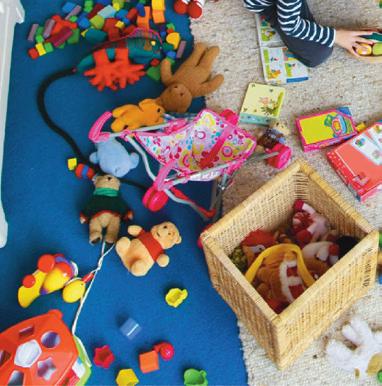


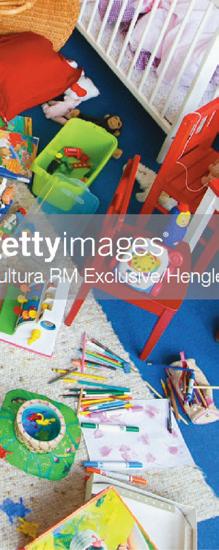

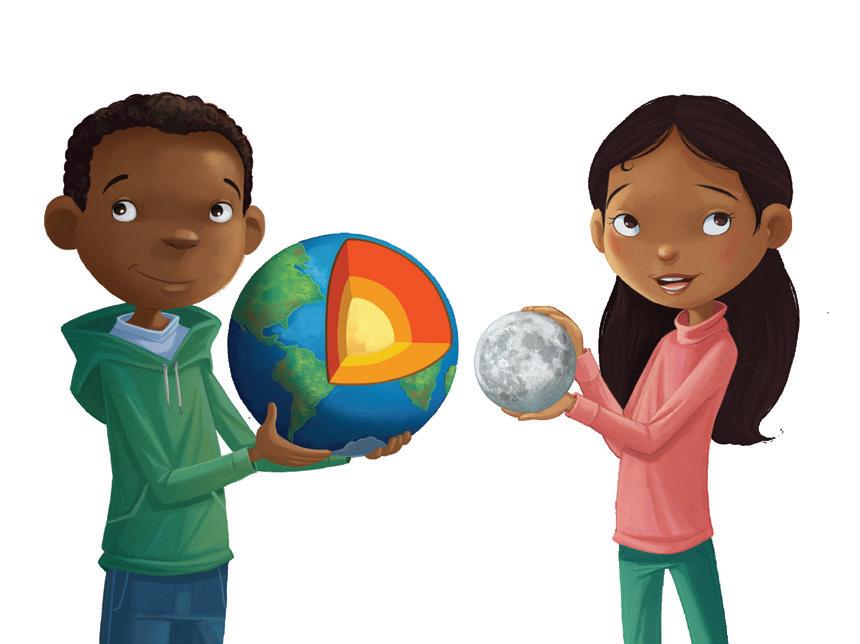
• Engaging opportunities to encourage your learners to think and work scientifically as well as consolidate their learning.
• Differentiated activities split into 'Focus', 'Practice' and 'Challenge' to provide clear progression through each topic, helping learners see what they’ve achieved.
• Filled with drawing and writing activities to expand learners' experience with scientific vocabulary, fostering language skills, and suitable for both classroom and remote learning.
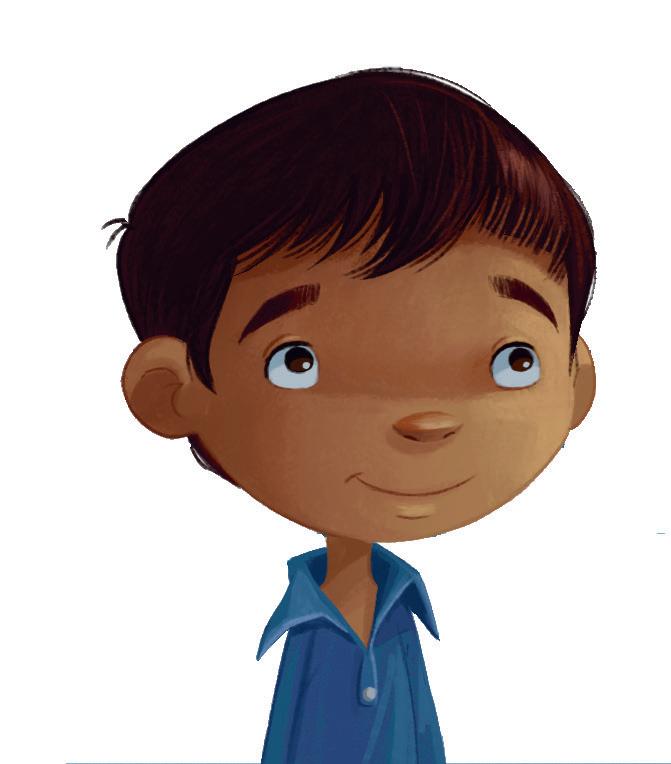
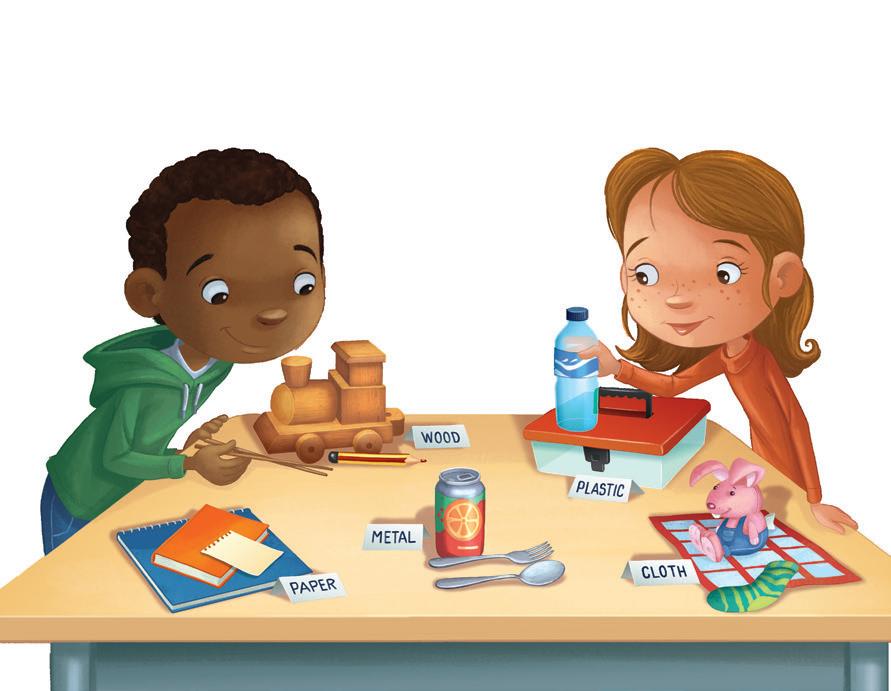
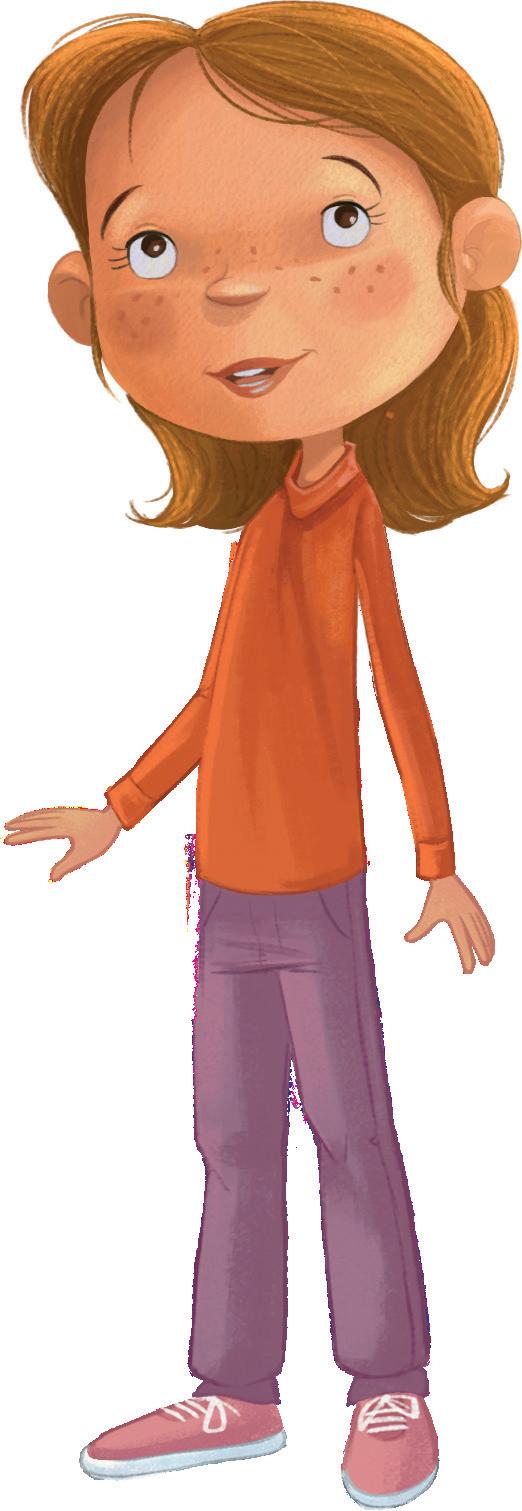
Teacher’s
• Get the most out of our series with our teaching resources filled with lesson plans, activity ideas and guidance on scientific concepts for the non-specialist teacher
• Filled with starter activities, additional lesson ideas, as well as answers to all the questions and exercises
Language support suggestions, along with clearly identified assessment and differentiation ideas to help you meet all your learners’ needs
• Accompanying digital resource provides access to downloadable worksheets with additional differentiation activities and further language development exercises
Combined with Digital Classroom, this resource offers on-screen versions of the learner's book and workbook, enhancing your teaching with interactive features like activities, slideshows, and engaging videos such as ‘Cambridge Science Investigators’ .
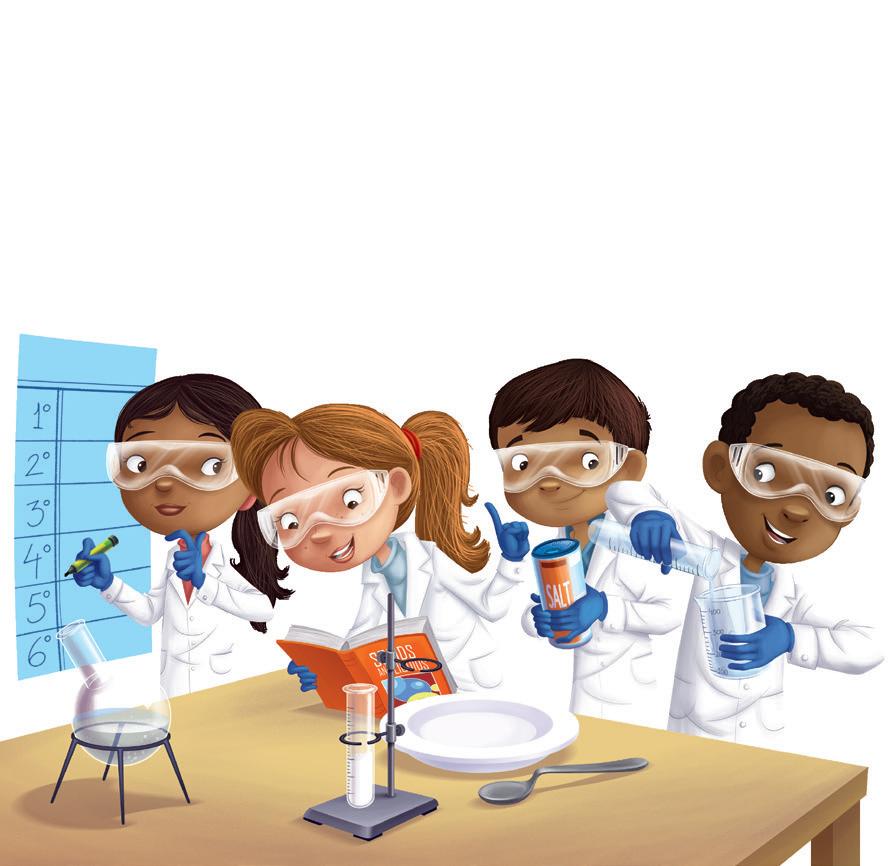
This series supports you and your learners through the Cambridge Primary Science curriculum framework (0097). The key changes we have made to our resources include:
• Specific support for the Earth and Space strands of the curriculum framework.
• Activities throughout our learner’s books –including our ‘Think like a scientist’ feature – help your learners develop their skills for Thinking and Working Scientifically, which replaces scientific enquiry skills in the new curriculum framework.
COMPONENTS AVAILABLE IN THIS SERIES:
Learner’s book with digital access
Digital learner’s book
Workbook with digital access
Teacher’s resource with digital access
Professional Development
• Examples of models and representation throughout our resources to support the increased focus on this important area.
Find out more about how our resources support you and your learners at cambridge.org/primary

Preparing to Teach (Self-Study) 978-1-108-97843-9
Preparing to Teach (Online Masterclass with Self-Study)
Digital Classroom for this subject is now included with the teacher's resource.
“ I became a teacher to do more than deliver lessons, I became a teacher to change lives. ”
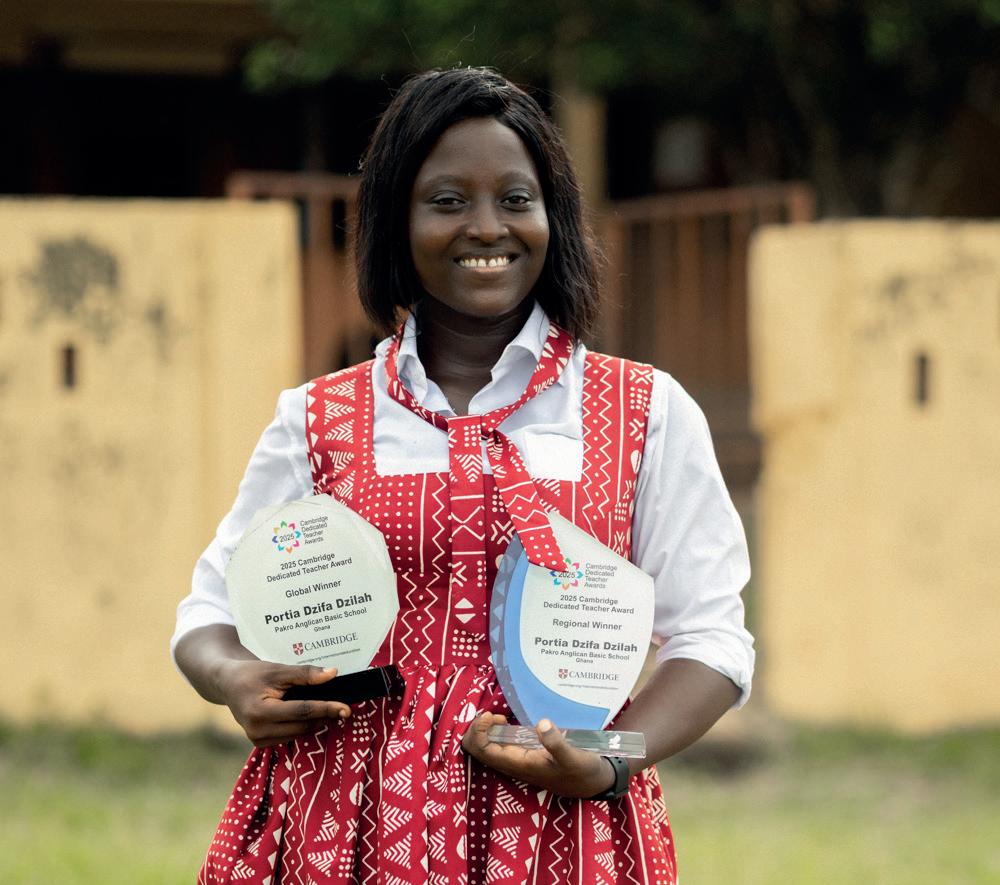
Out of over 5000 nominations from 101 countries around the world, you selected Portia Dzilah from Pakro-Adjinase St. James Anglican Basic School, Ghana as the winner of the 2025 Cambridge Dedicated Teacher Awards. Portia was born to teach, and she exemplifies the very best in education through her unwavering commitment to transforming her students’ lives.
Why did you become a teacher?
“I became a teacher not by a coincidence but by choice. I foresee teaching as a field where great talents are hatched, nurtured and developed to transform the world. Hence, if I am able to develop the potential of one child, he or she can become an asset to change the world and touch other lives. That is what made me pursue this profession.”
Do you have a dedicated teacher that inspired you?
“Several of them but the most outstanding one was my primary one teacher who loved and taught us as her children, fed and clothed some of my classmates who were needy. The most memorable of all was how intentional she was about helping those with reading disabilities not to be left out.”
Do you have a memorable teaching moment?
“I can recount my days as a newly trained teacher from The Accra College of Education in 2014, where I had been posted to my first school (Forifori D/A Basic School) in the Eastern Region of Ghana and I had to travel about 319km by road and river. There were challenges of language barrier where I had to translate from English to the local dialects of the children during lessons, dwell and adapt to the living conditions of a rural community in a mud house which I literally shared with mice, rats, scorpions and even snakes. Though challenging, it was very memorable.”
Tell us about a current project or school initiative that you’re excited about.
Watch the moment Portia won.
“My current project and school initiative, which I am so much excited about, is the on-going fund raising I am currently undertaking to purchase sanitary pads for young teenage girls in deprived communities who are vulnerable and are taken advantage of by young men and thwart their dreams and aspirations. This advocacy excites me because it would give me a wider umbrella to educate girls on the need to stay in school, be educated and empowered to face the challenges of life. Secondly, it would enable me equip them with some vocational skills training to earn an honest living and be self-dependent.”
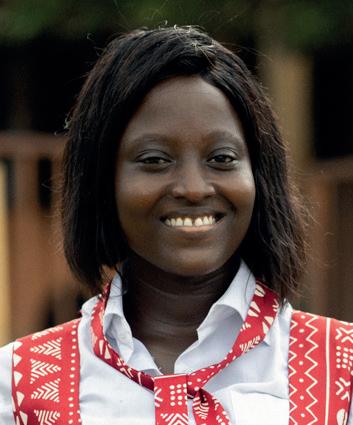
Portia Dzilah Pakro-Adjinase St. James Anglican Basic School, Ghana

Yew
International Education School of Shanghai Lingang, China

Zaporizhzhia Special Comprehensive Boarding School,

Eduardo Pérez Instituto Técnico Guaimaral, Colombia
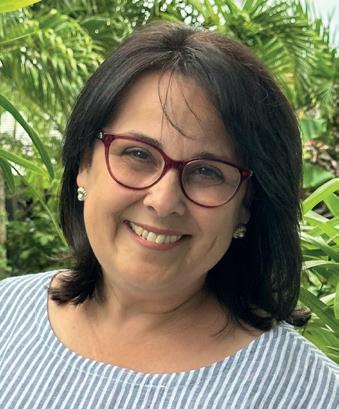
Isabel de Feria Marjory Stoneman Douglas Elementary, USA

Saleem Pakistan International School Jeddah English Section, Saudi Arabia

Adnan Ahmed Usmani Bahria Town School and College, Pakistan

Sakina Bharmal The Galaxy School - Wadi, India
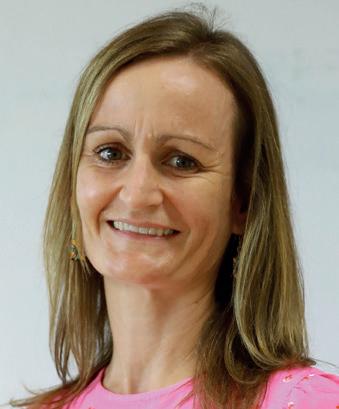
Jacqui Bannister, Sally Burt, Karien Hutchison, Gemma Jubb and Lindsay Norman
Feel supported in your classroom with our new humanities teacher's resources. Choose between the curriculum strands People, Past and Places - or cover all three. Learners build knowledge and skills to engage empathetically and insightfully with history, their physical world and their communities.
Our downloadable resources make it easy to pick content from the strands and adapt to your local context. Set the foundation for studying humanities subjects and equip your learners with lifelong skills, such as critical thinking and cultural awareness. Learners also investigate and discuss global issues, such as climate change.
The resources include:
• Starter, main and plenary teaching ideas for each enquiry, giving you flexibility to adapt lessons to your needs.
Enquiry-led teaching activities with questions, video links and guidance on how to use the Enquiry Approach.
• Links to engaging video content that helps bring the curriculum to life.
Downloadable worksheets that you can adapt for your own local context.
• PowerPoint presentations with engaging imagery for front-of-class teaching to engage learners.
Guidance on how to adapt the learning objectives to different contexts and how to engage your learners in an active way.
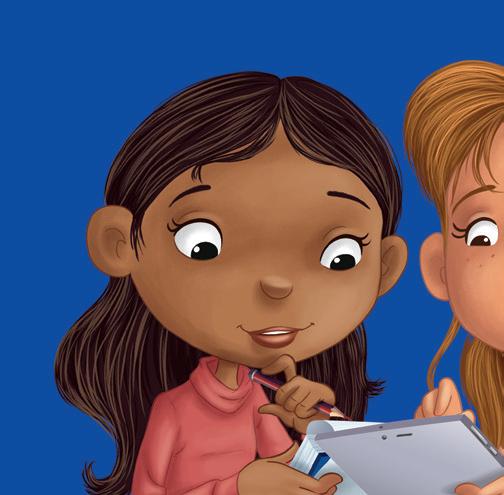

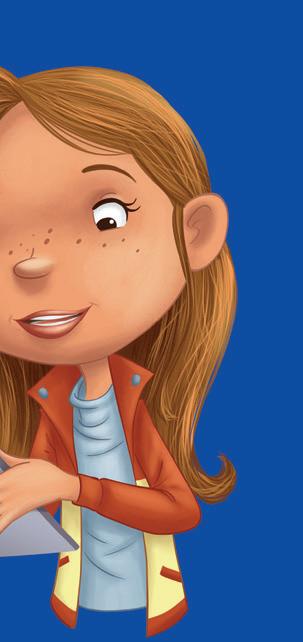
Access updated content for your resources from October 2025, available to download when you log in on Cambridge GO
develop a deep understanding of topics in one or more strands of the humanities curriculum by conducting enquiries.
Enquiries develop learners’ skills specific to humanities subjects, as well as research, analysis, decision making, conclusion drawing and presentation skills.
• Enquiry questions engage learners’ curiosity about their world and motivate them to build their knowledge of humanities subjects.
Provides opportunities for learners to reflect on how their skills and knowledge change through the enquiry.
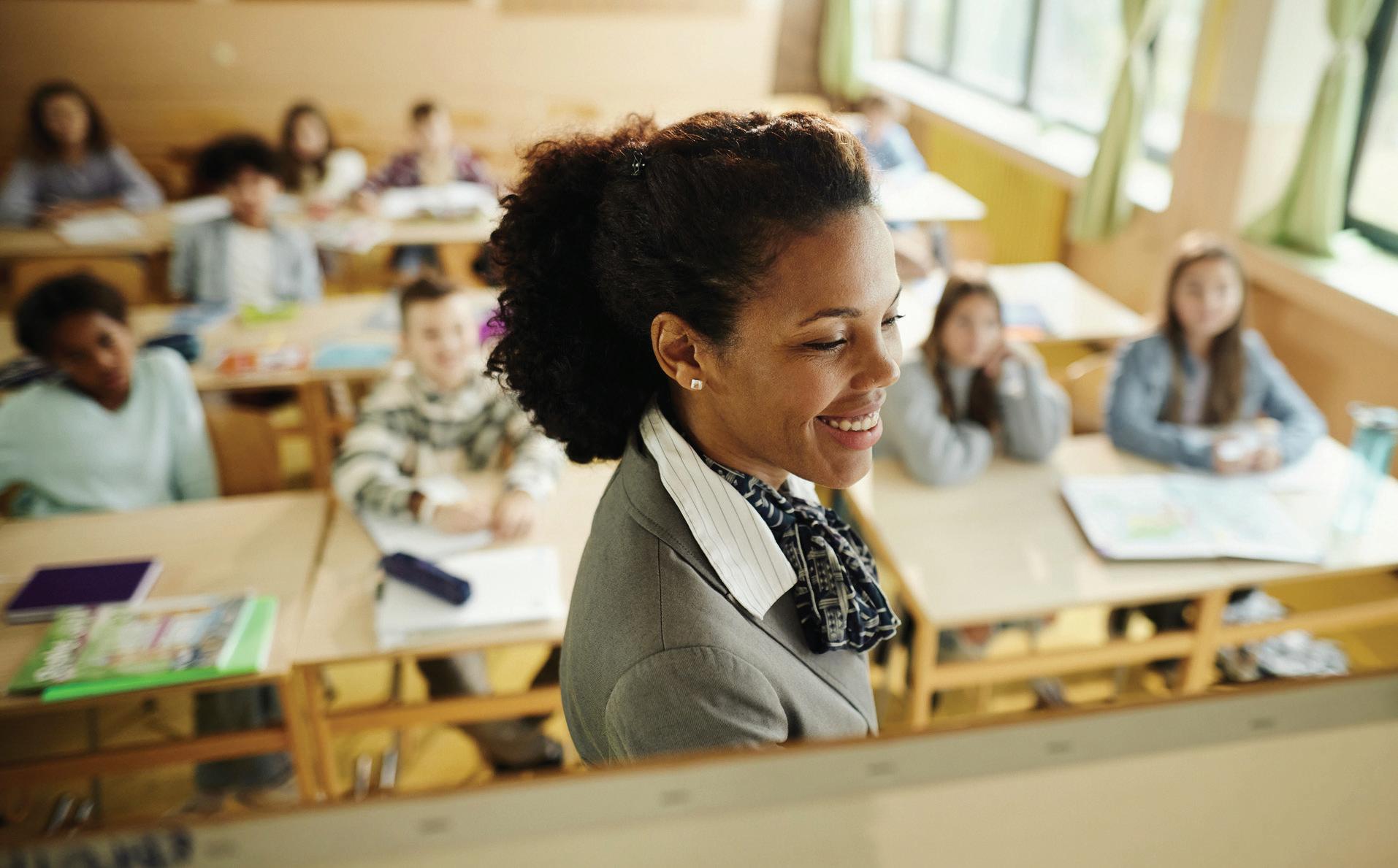
Share your insights to help learners see themselves reflected in their learning.
When you purchase your Cambridge Primary and Lower Secondary Humanities Digital Teacher’s Resource through Cambridge GO, you will receive fresh, high-quality content updates – available to download when you log in.
Take a moment to complete our short survey and help us tailor the content for future releases to better suit your local context and teaching style. Your feedback makes a big difference.
Thank you for being part of our community of teachers committed to nurturing inquisitive and capable learners. Find out more about our resources on pages 48 and 70.

Scan the QR code to visit the survey
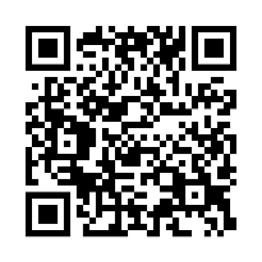
Help your learners understand themselves and develop a positive sense of wellbeing with our Cambridge Primary Wellbeing digital teacher’s resources
With resources available for Stages 1–3 and 4–6, learners will develop skills to understand emotions, build relationships and celebrate diversity through roleplaying, stories and games.
Our digital teacher’s resources include:
• Flexible lesson plans for each of the curriculum learning objectives that you can adapt to your timetable and school context. A letter and presentation to share with parents on the benefits of teaching wellbeing.
Varied activities to engage learners in natural, open discussion.
Guidance on how to teach wellbeing flexibly alongside other subjects like English, maths and science.
• Direct links to our popular reading scheme, Cambridge Reading Adventures (see pages 26-34), so you can teach wellbeing through engaging, international stories.
• Lesson plans linked to the areas reported on in the Cambridge Wellbeing Check, including ‘Life Satisfaction’ and ‘Negative Emotions’, so you can provide targeted support (Stages 4-6 only).
Information and insights about the benefits of teaching wellbeing. Each resource is sold as a site licence and accessed via Cambridge GO
Digital teacher's resource 1-3
Digital teacher's resource 1-3 access card
Digital teacher's resource 4-6
Digital teacher's resource 4-6 access card
The Cambridge Wellbeing Check gives you a clear picture of wellbeing at your school and supports you in helping students aged 7-18 feel their best. The check equips you with the tools you need to evaluate, explore, teach and promote wellbeing – and have a lasting, positive impact.
Find out more here or speak to your local consultant.
DIGITAL SCREEN
Stages 4-6
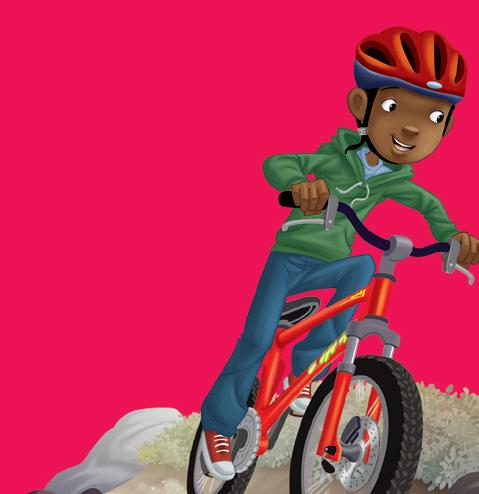

Be inspired Make the most of teaching wellbeing with the Cambridge Wellbeing Check, curriculum frameworks and their supporting resources.
Explore more on our Brighter Thinking Blog

978-1-009-46838-1
978-1-009-46837-4
978-1-009-46839-8
978-1-009-46840-4

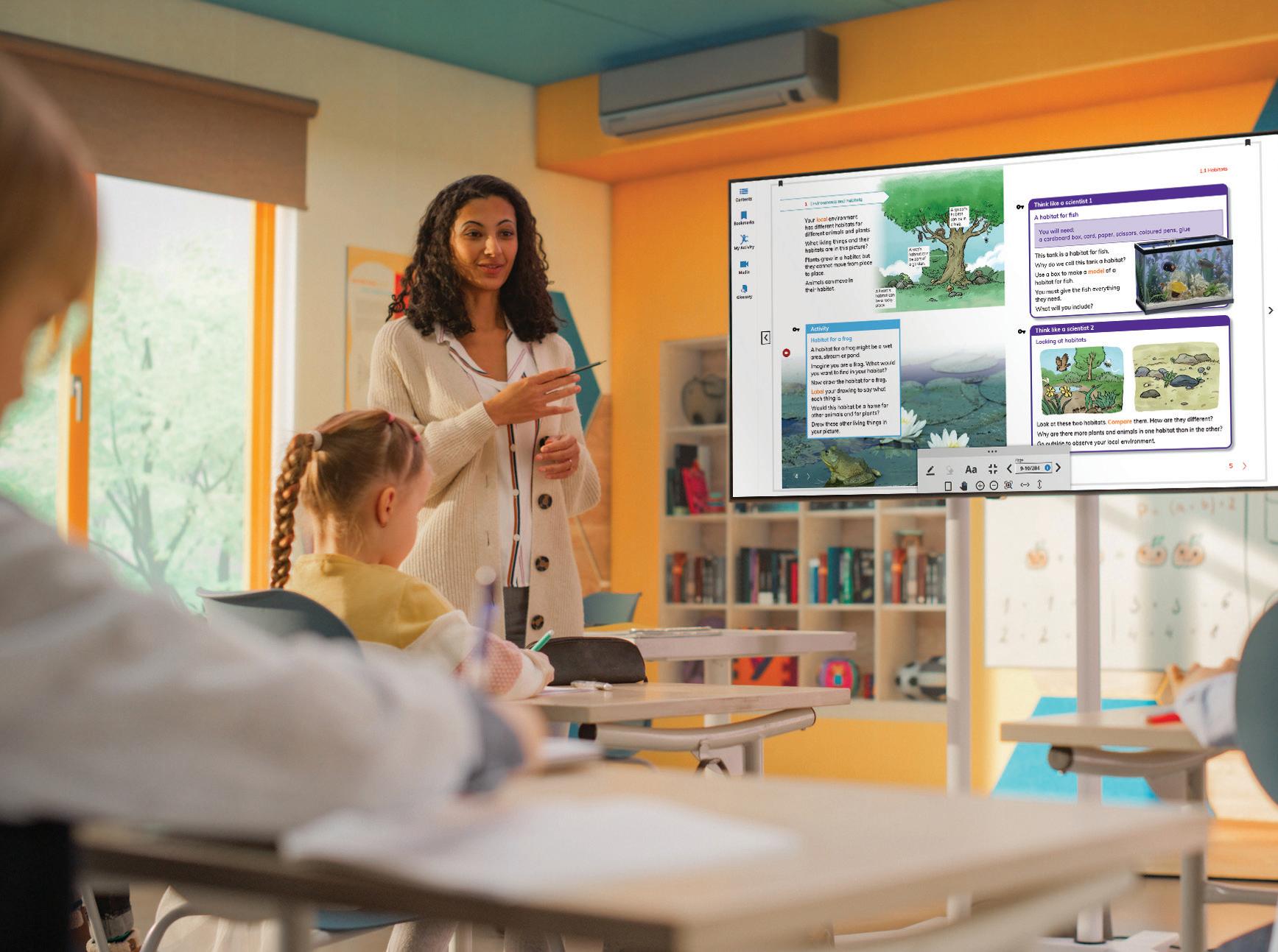
Digital Classroom helps you deliver engaging lessons.
• Present your books on screen.
• Play videos and audio straight from the page.
• Complete interactive activities with your learners.
• Save lesson-planning time with pre-made presentations.
• Display answers in one click!
Digital Classroom is now included with the teacher’s resources for Cambridge Global English Starters, Cambridge Global English 1-12, Cambridge Primary Mathematics, and Cambridge Primary Science.
Digital Classroom for Cambridge Reading Adventures is still available to purchase separately.
“Digital Classroom is by far the most incredible thing that I've implemented in my class because I am able to use resources such as videos, games and end of unit questions to check my students' understanding.”
Karen, Primary Teacher & International Curriculum Coordinator, Portugal
First edition
Adrian Ravenscroft, Achama Matthew and Gillian Ravenscroft
Start your learners on a path to becoming global citizens with our Cambridge Primary Global Perspectives resources.
Developed to encourage critical thinking and exploration of local, national and global perspectives, this project-based series unlocks the potential of your learners and helps them grow in confidence as they develop transferable skills for their future. This series has been developed for the Cambridge Primary Global Perspectives curriculum framework (0838).
Our print resources come with digital access. Create a free teacher account on Cambridge GO and activate the code from your book to access your digital resources.
A variety of projects help learners develop key skills including analysis, collaboration, communication, evaluation, reflection and research.
• Projects based on topics from the curriculum framework engage learners by focusing on areas they can relate to, such as family and education.
• Various activities included in each project, such as writing tasks, speaking tasks, drawing and poster making, keep lessons interesting and varied.
Write-in format, highlighted learning goals and reflection opportunities let learners record their experiences and help you track skills development.
Video and audio included to enrich the learner experience and model examples of useful words and question types.
• Vocabulary and key terms are a key focus of each project and help learners build their understanding over time.
• Support for English as a second language learners included, such as highlighted key words, audio and a glossary.
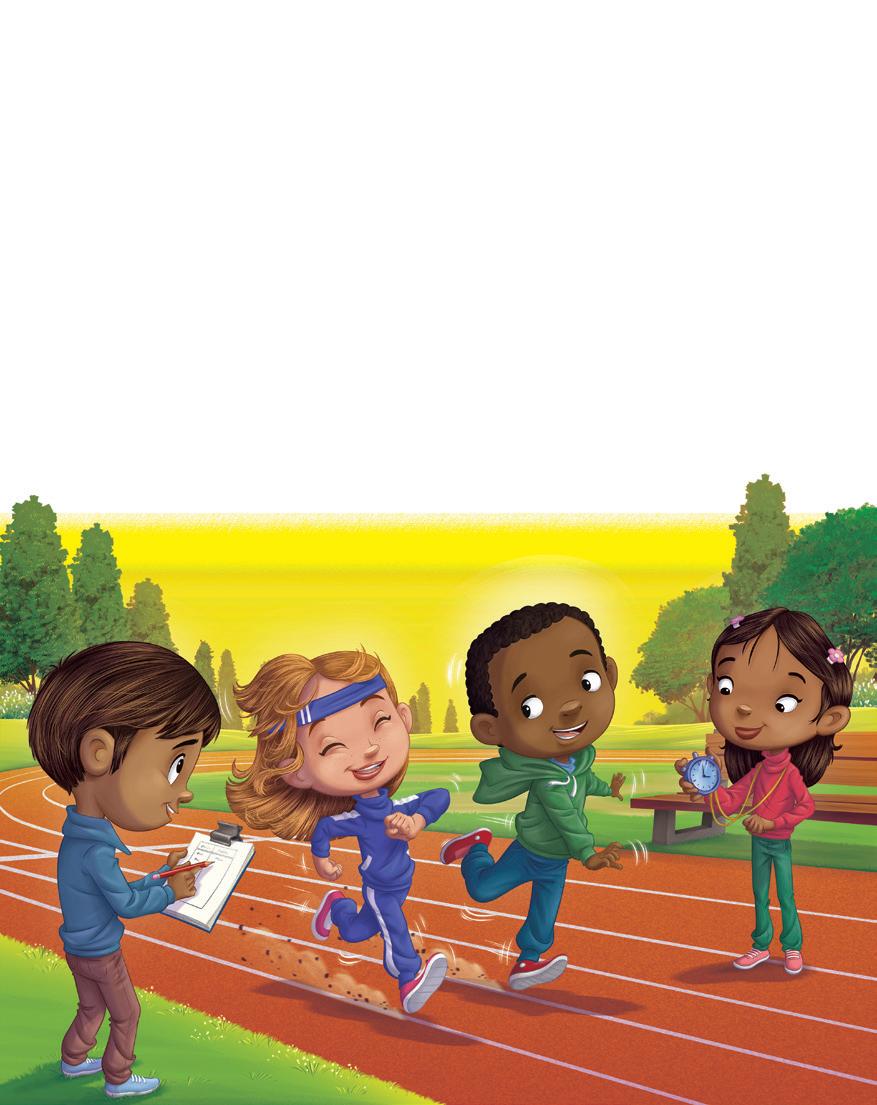
Lesson planning support including starter ideas, reflection activities and differentiation suggestions to ensure all learners are suitably challenged.
• Cross-curricular links show how you can teach Cambridge Global Perspectives™ alongside other subjects, such as science and English.
• Downloadable worksheets save lesson planning time and bring new ideas into your classroom. Mapping shows how our resources can be used effectively alongside the curriculum framework.
Adrian Ravenscroft and Thomas Holman
Join Arun, Sofia, Marcus and Zara and explore important global issues with your learners, such as ways we can look after planet Earth, alongside developing key skills such as communication and analysis.
Each stage comes with an adaptable learner's skills book and teacher's resource to help you and your learners progress with confidence through the curriculum framework. Learners are encouraged to reflect on topics at a personal, national and global level, as they explore different perspectives.
Units dedicated to each of the six skills: analysis, collaboration, communication, evaluation, reflection and research.
• Lively section openers introduce each skill area with suggested links to 'Challenges' to support and engage learners. Clearly defined lesson objectives and criteria to measure against ensure you can work through the curriculum with confidence.
• Each unit is split into ’Starting with’, ’Developing’ and ’Getting better at’ to help learners develop skills confidently.
• Filled with adaptable skills-based activities that promote active learning.
• Write-in format allows learners to record experiences and evaluate their learning, and surfaces understanding.
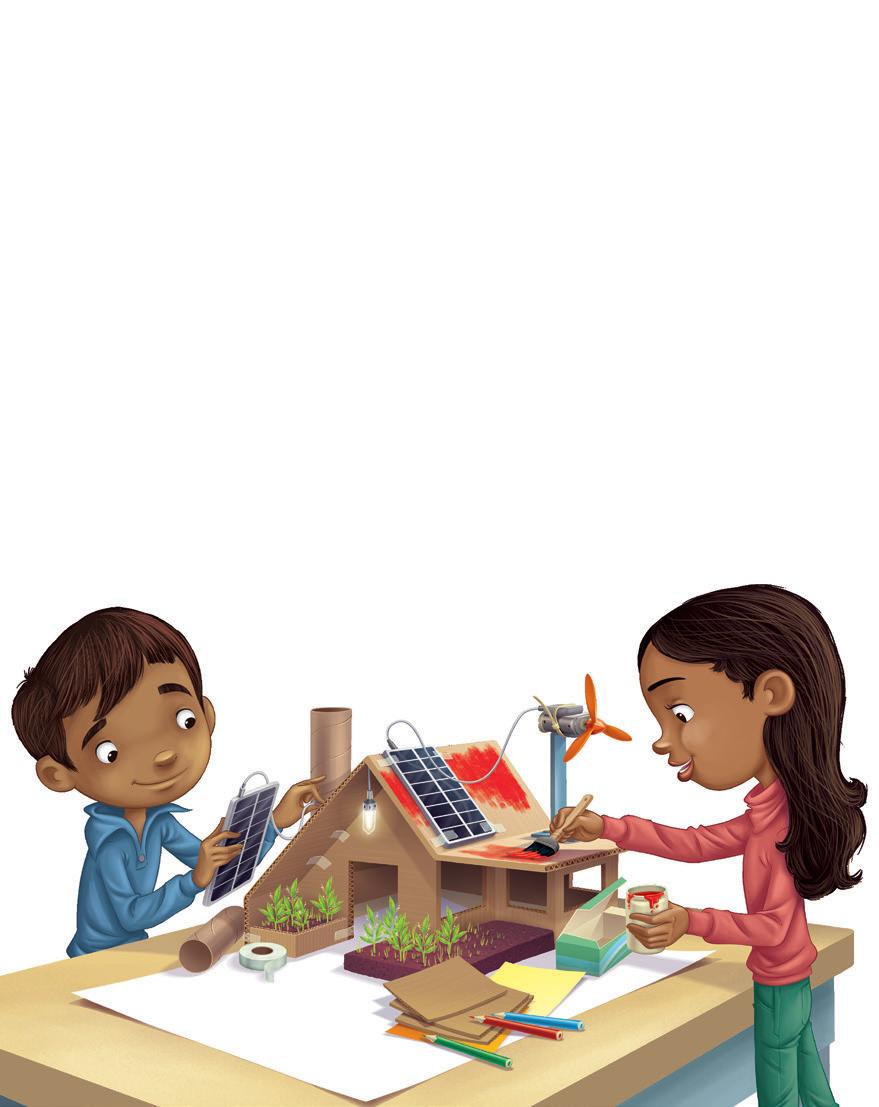
Comprehensive teacher support with adaptable lesson plans and guidance on effective questioning.
• Support on how to provide learners with effective feedback and advice on how to teach the curriculum.
Cross-curricular links show how you can teach global perspectives alongside other subjects, such as science and English.
• Downloadable worksheets save lesson planning time and bring new ideas into your classroom. Differentiated activity suggestions ensure all learners are suitably challenged.
• Downloadable projects aligned with the curriculum topics, offer extra opportunities for practice and skills development.
• Mapping to show how our resources can be used effectively alongside the curriculum framework.
This series supports you and your learners through the Cambridge Primary Global Perspectives curriculum framework (0838). The key changes we have made to our resources include:
• We have included advice in our teacher’s resources on integrating the theme of sustainability. In the learner’s skills books, our characters face a number of challenges centred on promoting sustainability to encourage learners to explore this important topic.
• A mapping document shows how the learning goals for each lesson can be mapped to the curriculum frameworks.
• Each chapter in the learner’s skills books contains an ‘Independent reflection’ activity. These activities help learners think about how they are progressing with their skills development and encourage them to take ownership of their learning.
Find out more about how our resources support you and your learners at cambridge.org/primary

COMPONENTS AVAILABLE IN THIS SERIES:
Learner’s book 1 with digital access
Digital learner’s book 1 (1 year)
Learner’s book 2 with digital access
Digital learner’s book 2 (1 year)
Learner’s book 3 with digital access
Digital learner’s book 3 (1 year)
Learner’s book 4 with digital access
Digital learner’s book 4 (1 year)
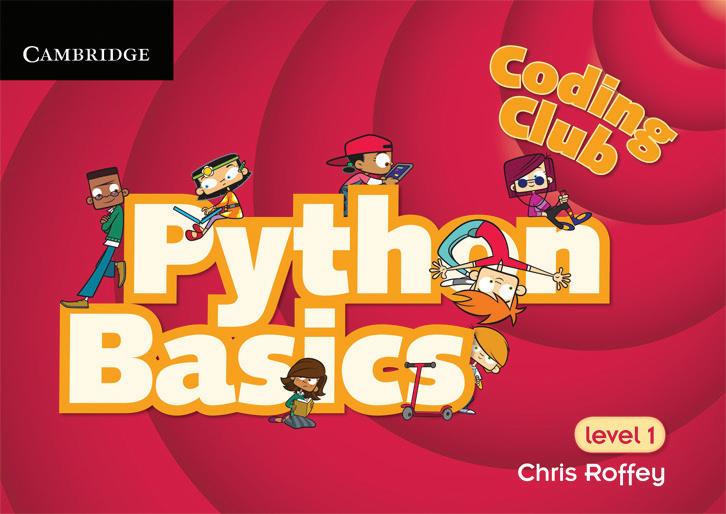
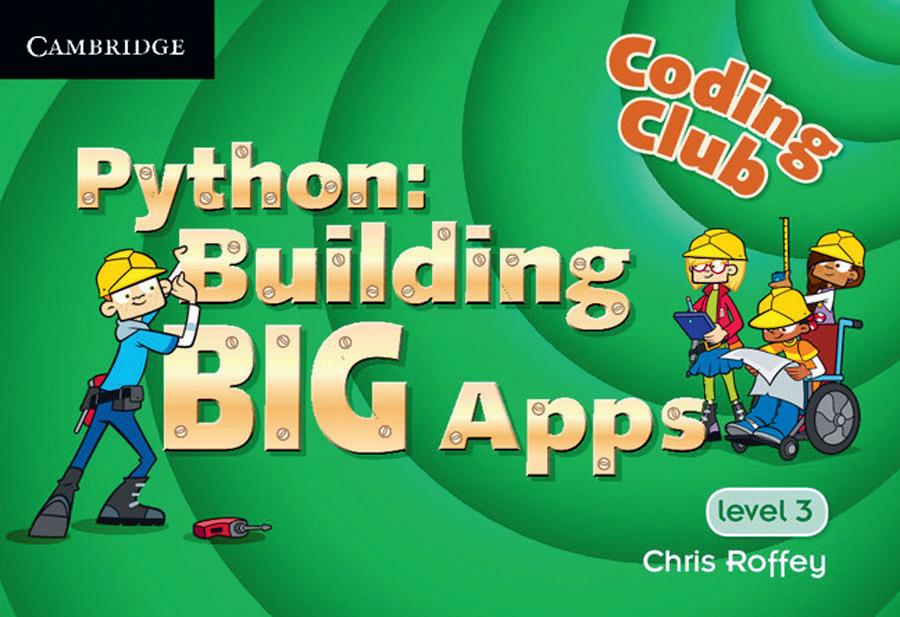
Introduce learners to programming concepts and help them develop their ICT skills with this series for 5 to 14 year olds. They’ll develop their programming skills through introductions to MSWLogo, Scratch, QB64, HTML, JavaScript and Python as well as learning essential Microsoft Office® software including Word, Excel and PowerPoint.
• Updated to various tools and software (Windows 10 updates; Microsoft Office® 2010 with updates on 2016; Scratch 3.0).
• Develops students’ critical thinking and problem-solving skills, with real-world examples and projects.
• Project work equips learners with the problem-solving and computational thinking skills to tackle computing problems efficiently.
• Includes additional activities and resources such as slide shows, videos and interactive self-marking questions in the accompanying digital resource.
978-1-108-95180-7
978-1-108-94847-0
978-1-108-95182-1
978-1-108-94849-4
978-1-108-95184-5
978-1-108-94851-7
978-1-108-95186-9
978-1-108-94853-1
Learner’s book 5 with digital access
Digital learner’s book 5 (1 year)
Learner’s book 6 with digital access
Digital learner’s book 6 (1 year)
Learner’s book 7 with digital access
Digital learner’s book 7 (1 year)
Learner’s book 8 with digital access
Digital learner’s book 8 (1 year)
978-1-108-95188-3
978-1-108-94855-5
978-1-108-95190-6
978-1-108-94857-9
978-1-108-95192-0
978-1-108-94859-3
978-1-108-95194-4
978-1-108-94861-6
Coding is one of the most sought-after skills in today’s job market. Coding Club is our unique series of coding books that guides young programmers through creating their own versions of familiar games and apps. With clear explanations and a step-by-step layout, the series starts at beginner level and works its way up over three levels. Clear explanations and step-by-step layout to introduce the basics of coding. Core books introduce essential skills, while additional books give students the chance to develop and practise skills in areas that interest them.
• Suitable for Mac, Windows, Linux and compatible with Raspberry Pi.
Python: basics
Python: basics with digital access
978-1-107-65855-4
978-1-107-49534-0 (1 year) school site licence
Python: programming art supplement 1
Python: programming art supplement 1
978-1-107-63109-0
978-1-107-49647-7 with digital access (1 year) school site licence
Python: next steps
Python: next steps with digital access
978-1-107-62325-5
978-1-107-49642-2 (1 year) school site licence
Python: interactive adventures supplement 2
Python: interactive adventures supplement 2
978-1-316-63411-0
978-1-316-63412-7 with digital access (1 year) school site licence
Python: building big apps
Python: building big apps with digital access
978-1-107-66687-0
978-1-107-49643-9 (1 year) school site licence
Stages 1-6
Jon Chippindall, Ben Davies, Isabella Lieghio, Neil Rickus, Ceredig Cattanach-Chell, Nicky Lacey, Cat Lamin, Yianni Dimitriadis, Bernie Fishpool, Luke Craig and Sarah Matthews
Join Arun, Sofia, Marcus and Zara on an exciting computing journey from algorithm planning to robot design, all while developing essential skills for the 21st century.
Along the way, learners will discover interesting computing facts and tips for online safety, inspiring and engaging them in the fascinating world of technology. These resources cover the computing strands Computational Thinking, Programming, Managing Data, Networks and Digital Communication, and Computer Systems and have been developed for the Cambridge Primary Computing curriculum framework (0059).
• Reflection activities and in-unit questions encourage learners to assess their work, track progress and collaborate with their peers.
• 'Unplugged' activities model key computing concepts with fun games and puzzles that take place away from a computer, such as going on a computer hunt.
• Technical computing terminology explained in everyday language, supported by familiar examples, guide English as a second language learners.
• Tasks and activities support group, individual and paired learning with a focus on building computing skills and knowledge through programming.
'Stay safe' tips help learners keep safe online.
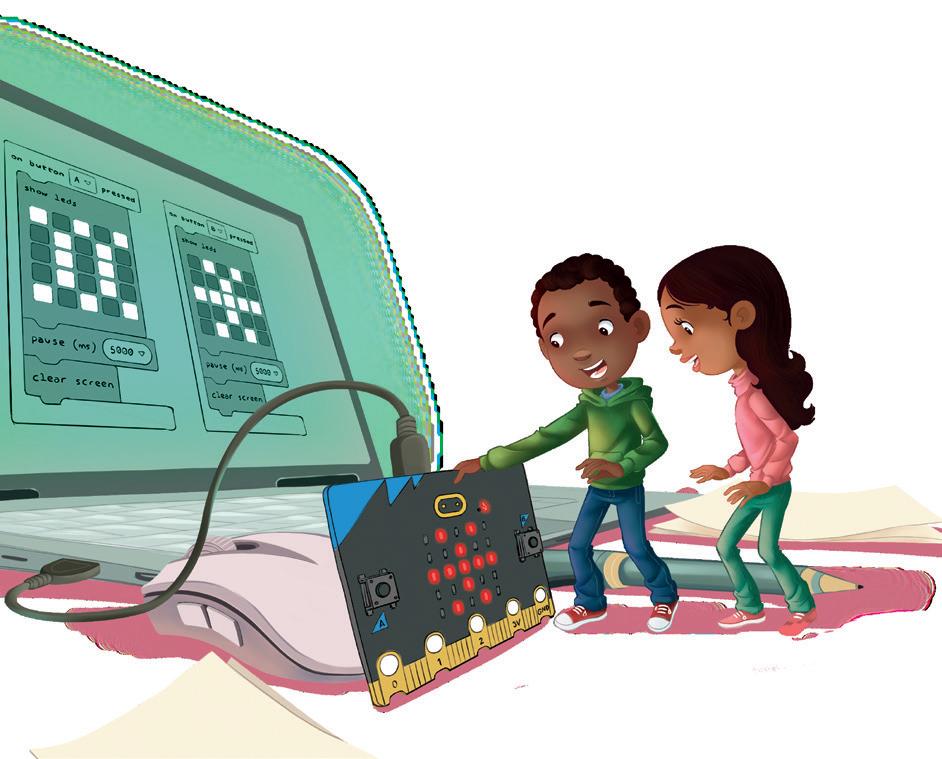
• Filled with a wealth of teaching ideas and activities to keep lessons fresh and interesting.
• Guidance on the PRIMM approach (Predict–Run–Investigate–Make–Modify) helps you teach computing in an accessible way while providing a structure to follow.
• Cross-curricular links show where you can make connections with other Primary subjects.
Downloadable worksheets and homework ideas give learners the opportunity to demonstrate what they’ve learnt in the classroom.
‘Source files’, such as spreadsheets, linked to the learner's book activities save you lesson planning time.
Highlighted common computing misconceptions help you identify them in your learners and give advice for overcoming them.
We believe that supporting teachers and school leaders in their professional development leads to better outcomes for students and improved school performance. From subject-specific training to enrichment workshops, professional development qualifications to networking and conferences, we support you at every step.
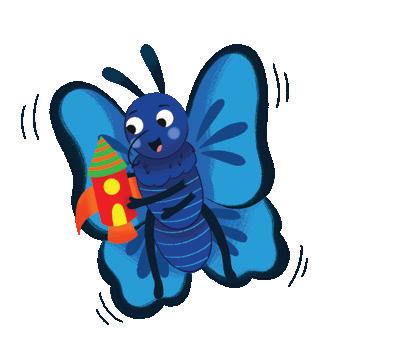
Online courses take place on a virtual learning platform over three to five weeks.
Virtual courses take place on Zoom, where you join live sessions at a specified time.
Face-to-face courses take place all over the world and are hosted at Cambridge schools, hotels and conference venues.

Our free Getting to Know Cambridge Early Years webinar will give you a great overview of what’s available in the programme and where to find further support.
• Navigate our holistic curriculum and teacher support resources.
• Find classroom resources and assessment tools that complement Cambridge Early Years.
• Available in virtual format.
A free webinar for teachers who have recently purchased Cambridge resources. Discover key features within our resources, explore the curriculum or syllabus framework, and look at some example classroom activities to help get you started. To find out more, please contact your local representative.
• Available in online format.
For teachers who are new to Cambridge or to a specific programme and want to be able to deliver content confidently.
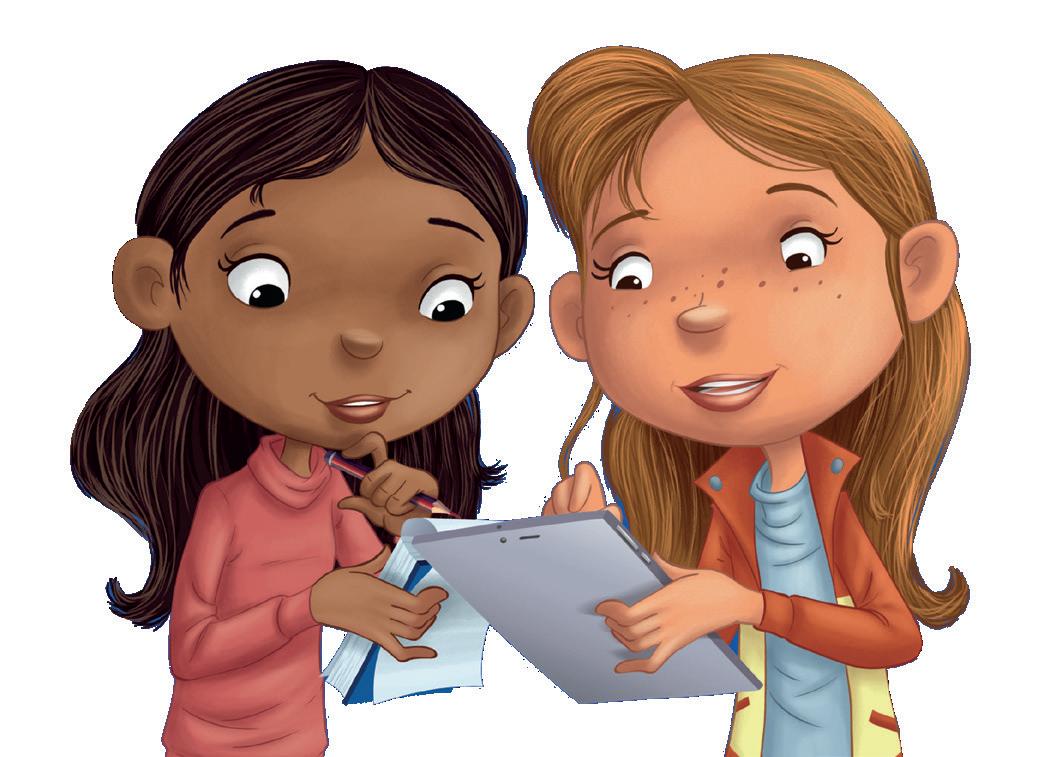
• Understand the curriculum and its learning objectives.
Discover available teaching and learning resources.
Gain practical teaching ideas and approaches for topics needing extra support.
Available in online, virtual and face-to-face formats.
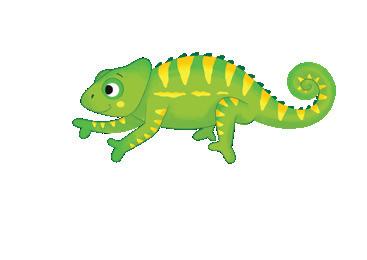
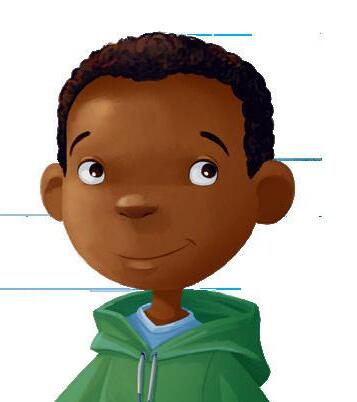
For teachers who have been teaching their Cambridge curriculum for at least one year, who want to explore a specific area of teaching and learning.
Explore practical examples and activities to use in your classroom.
• Consider what success looks like for you and your learners.
• Available in online and virtual formats. Early Years Primary Lower Secondary
Create an action plan for making small and sustainable changes to your practice.
For heads of department and subject leaders to train teachers in using Cambridge resources to embed key teaching and learning approaches.
• Discover how the resources support the Cambridge curriculum and teaching approaches.
• Learn how to use Cambridge resources to promote active learning in the classroom.
• Available in online, virtual and face-to-face formats. Early Years
• Share ideas and learn from other members of the Cambridge community. Available in online, virtual and face-to-face formats. Early Years
For teachers and school leaders who want to transform their approach to teaching. Reflect on professional practice and develop practical strategies to use in the classroom.
For teachers who have been teaching their Cambridge Primary and Lower Secondary curriculum for at least one year, who want to learn how to better support their learners’ progress.
Identify curriculum challenges and plan how to address them.
• Learn how to support learner progress using effective assessment and teaching strategies. Explore formative feedback.
• Available in online, virtual and face-to-face formats. Primary Lower Secondary
This self-study course introduces the Cambridge Phonics and Handwriting Framework and how it fits within Cambridge Early Years and Cambridge Primary.
Explore the research behind our systematic synthetic phonics approach.
• Discover how to implement the framework and use the resources effectively.
Available in online format. Early Years Primary
The Cambridge International Certificate and Diploma in Early Years Good Practice, Teaching and Learning and Educational Leadership offer exciting professional development opportunities for teachers and leaders in Primary and Early Years settings across the world to gain internationally recognised certifications from Cambridge.
• Available in online format.
You can browse and book our courses today through the professional development calendar on our website.
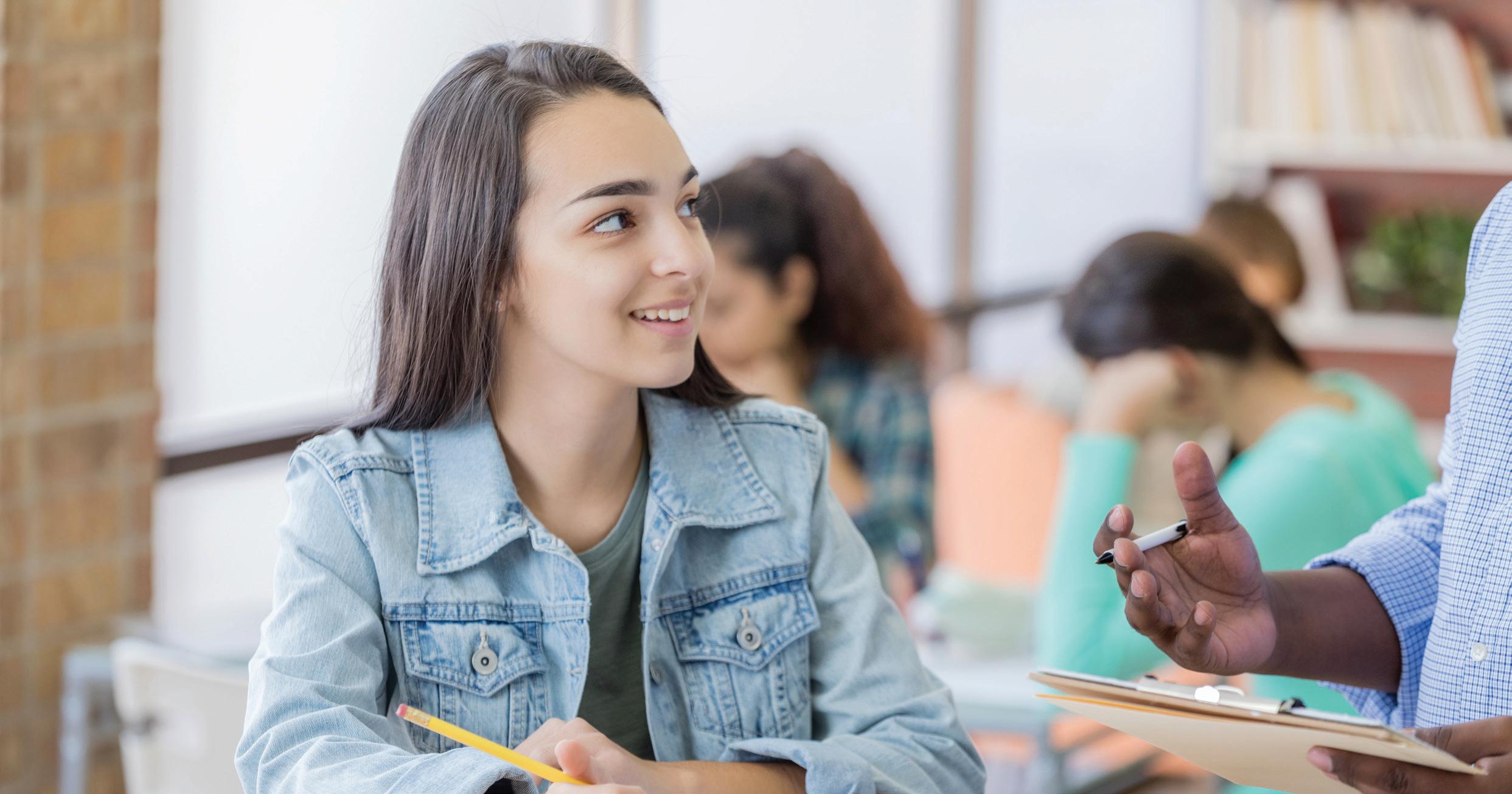
Cambridge Lower Secondary is typically for learners aged 11 to 14 years. It provides a natural progression for children from primary education and prepares them for post-14 education programmes that lead to formal qualifications.
By offering Cambridge Lower Secondary, you can provide a broad and balanced education for your learners, helping them to thrive throughout their schooling, work and life.
We believe that assessment should both prove and improve students’ learning, giving them focus, pace and challenge. We offer a range of assessments to measure learners' potential and progress.
“Parents often share how curious and creative their kids have become, that they can’t stop talking about the sessions and how they look forward to their lesson, week after week.”
Doaa Hamdy El Shaar, Teacher, International School of Elite Education, Egypt
We have built Cambridge Lower Secondary around what matters most to our schools and learners around the world:
With a choice of 13 subjects, our lower secondary programme provides a clear path for the next stage of education, as well as plenty of opportunities to develop creativity, expression and personal wellbeing.
Cambridge Lower Secondary helps you prepare learners for the next step of their education, providing a clear path as they progress through the Cambridge Pathway in an age-appropriate way.
Cambridge Lower Secondary encourages learners to understand their own culture, community and identity within the wider world.
Cambridge Lower Secondary is flexible, so you can build a programme that adapts to your learners’ needs and works with your local context.
You can gain a deeper understanding of learners' progress and potential with Cambridge Lower Secondary Checkpoint tests and the Cambridge MidYIS assessment. Set motivational and realistic targets for learners with predictive data and offer feedback on their strengths and weaknesses.
To find out more about Cambridge Lower Secondary, please visit cambridgeinternational.org/lowersecondary
First edition
Stages 7-9
Victoria Ellis, Sarah Lawrey, Bernie Fishpool and Evans Chikasa
From exploring data types to planning a computer game, these resources support your learners as they continue their journey towards becoming confident computational thinkers.
As learners engage with various activities and projects, they will develop 21st-century computing skills including programming, problem-solving, logical thinking and data handling. These resources cover the computing strands of Computational Thinking, Programming, Managing Data, Networks and Digital Communication, and Computer Systems, and have been developed for the Cambridge Lower Secondary Computing curriculum framework (0860).
‘Practical tasks’ for practising essential computing skills on devices ensure learners are not only familiar with theory, but with practice.
• Technical computing terminology explained in everyday language, supported by familiar examples, guides English as a second language learners.
‘Stay safe!’ features give learners tips for staying safe online, including how to protect their personal data.
• ‘Summary checklists’ at the end of each topic support learners to track their progress based on the learning objectives.
‘Projects’ promote collaboration and critical thinking, and are perfect for group or pair work.
• Knowledge-based questions help learners develop their computing skills and help you assess their understanding.
Filled with a wealth of teaching ideas and activities to keep lessons fresh and interesting.
• Guidance on the PRIMM approach (Predict–Run–Investigate–Make–Modify) to help you teach computing in an accessible way while providing a structure to follow.
• ‘Language support’ feature highlights computing vocabulary where learners may require extra support.
• At-a-glance unit plans support course planning and provide an easy reference guide that shows how the units cover the curriculum learning objectives.
• Downloadable worksheets and homework ideas give learners the opportunity to demonstrate what they’ve learnt in the classroom.
• ‘Source files’, such as spreadsheets, linked to the learner's book activities save you lesson planning time.
COMPONENTS
Stage
Learner’s book with digital access
Digital learner’s book
Digital teacher’s resource
Digital teacher’s resource access card


7 Stage 8 Stage 9
978-1-009-29705-9
978-1-009-29703-5
978-1-009-29709-7
978-1-009-29710-3
978-1-009-30929-5
978-1-009-32057-3
978-1-009-36309-9
978-1-009-36308-2
Listen to our podcast episode on teaching programming to primary and lower secondary learners. Featuring Neil Rickus, a Senior Lecturer in Computing Education, and Dr Jon Chippindall, a Primary School computing and science teacher.
978-1-009-32063-4
978-1-009-32062-7
978-1-009-36312-9
978-1-009-36310-5
Our resources give full support for the new Cambridge Lower Secondary curriculum frameworks. They are suitable for learners aged 11 to 14 and are the ideal progression from Cambridge Primary, or as a standalone curriculum. They develop learners’ skills and confidence in English, mathematics and science, helping prepare them for Cambridge IGCSE™ or Cambridge O Level.
Chris Barker, Libby Mitchell, Olivia Johnston, Annie Altamirano, Nicola Mabbott, Mark Little, Bob Hubbard, Ingrid Wisniewska and Margaret Cooze
Cambridge Global English is a nine-stage series that covers primary and lower secondary, taking your learners from A1 to B1/B2 CEFR level. A variety of fiction, non-fiction and poetry gives young students an opportunity to read and listen to a range of text types, helping them to develop a broad vocabulary. With international topics from adventures in space, to sport and nature, the course helps your class develop the skills to study across the curriculum in English.
Our print resources come with digital access. Create a free teacher account on Cambridge GO and activate the code from your book to access your digital resources.

This series supports you and your learners through the Cambridge Lower Secondary English as a Second Language curriculum framework (0876). The key changes we have made to our resources include:
• A wide range of cross-curricular links and literary texts, reflecting the greater emphasis on exposure to authentic language in the revised curriculum framework.
• Skills and language-learning tips throughout support the increased focus on language–learning skills in the new curriculum framework
Writing and speaking activities support learners to become confident communicators.
‘Summary checklists’ and ‘Check your progress’ features help students reflect on their learning.
• 'Project challenges' at the end of each unit develop collaboration and critical thinking skills.
• International cross-curricular topics, from celebrations around the world to sports and news, engage learners.
• Advice for transitioning from primary to lower secondary in Stage 7.
• Learning objectives have been introduced for pronunciation, fluency and accuracy – we’ve included an increased focus on speaking and writing in this edition to support your learners.
Find out more about how our resources support you and your learners at cambridge.org/education/lower_secondary
Ideal for learners looking for extra practice to develop their English skills.
Varied activities, from crosswords to word matching, keep learning interesting.
Extra grammar practice and differentiated activities both support and challenge learners.
• Can be used in the classroom or at home.
Lesson plans and activity ideas keep your lessons varied and interesting while onscreen versions of the learner's book and workbook bring learning to life.
• Includes photocopiable games and activities to save lesson planning time
Tests in every unit help you check learners‘ knowledge and provide targeted support.
• Combined with Digital Classroom, this resource offers on-screen versions of learner's book and workbook for simple and effective front-of-class teaching, bringing your lessons to life.












Classroom for this subject is now included with the teacher's resource.













b











































5 Work in pairs. Use statements 1–4 as the basis for four conversations. (You can listen to two model conversations to help you.)
1 We must cut down on the things we use every day.
2 We have to change the way we










Statements Useful phrases for conversational exchanges




















Graham Elsdon, Patrick Creamer, Giles Clare, Duncan Williams, Esther Menon and Helen Rees-Bidder
Develop your learners’ English skills as they explore the world through non-fiction texts, perform poetry and write their own stories! You will find a range of international fiction, non-fiction, poetry and drama throughout this series to help your learners develop their understanding of different genres and text types.
Our print resources come with digital access. Create a free teacher account on Cambridge GO and activate the code from your book to access your digital resources.

This series supports you and your learners through the Cambridge Lower Secondary English curriculum framework (0861). The key changes we have made to our resources include:
Integrated reading, writing, speaking and listening practice in our learner’s books meets the need for greater integration in the new curriculum framework.
Increased number of speaking and listening activities in our learner’s books reflects the inclusion of new speaking and listening sub-strands in the curriculum framework.
Learner’s books
• Activities within each unit engage learners in reading, writing, speaking and listening while also nurturing 21st-century skills such as collaboration and critical thinking.
• Projects at the end of each unit, such as conducting a class debate, help learners to enhance their confidence and effective communication skills.
• Varied activities like quizzes, completing sentences and identifying words, allow students to apply and reinforce their learning effectively.
• Accommodating diverse learning needs, the three-tiered activities within the workbooks ensure targeted support for differentiation.
• Can be used in the classroom or at home.
A range of texts engages learners and helps develop their reading and writing skills, supporting the requirement for experience with broader text types in the new curriculum framework.
Find out more about how our resources support you and your learners at cambridge.org/education/lower_secondary
our professional development offer for Cambridge Lower Secondary English to help you embed effective teaching approaches..
cross the blue oceans!

Teacher’s resources
Get the most out of our series with our teaching resources filled with lesson plans and activity ideas.
Filled with starter and plenary activities, additional lesson ideas, as well as answers to the learner’s book and workbook.
• Includes language support suggestions, along with clearly identified assessment and differentiation ideas to help you meet all your learners’ needs.
• Accompanying digital resource provides access to downloadable worksheets.
1 Copy and complete this table to list the events of each stanza The first one has been done as an example. Stanza What happens
The narrator describes expensive meats.
Poets often use different types of sound effects, such as alliteration and sibilance. These sound patterns are effective when the poem is read aloud. They are used sometimes for very specific effects.
Alliteration is when consonant sounds are repeated at the start of words (e.g. ‘the rifle’s rapid rattle’ – the repeated ‘r’ sound brings to mind the stuttering sound of a gun being fired).
Sibilance is the repetition of soft consonant sounds, usually the ‘s’ sound (e.g. ‘the ship moved slowly through the sea’ – the repeated ‘s’ sound brings to mind the sound of a ship moving through water, or the sound of the wind making the ship move).
2 Read the poem again carefully. Identify examples of alliteration and sibilance. What effect do these language features create?
3 In pairs, discuss the following:
a In stanza 2, the narrator decides to stop feasting and picks up his sword. Why do you think he does this?
b In stanza
Develop your learners’ English skills as they write and perform poetry and discover new versions of classic fairy tales. Page 26
Cambridge Grammar and Writing Skills
Give your learners more opportunities to practise creative writing and extended writing. Page 29 >
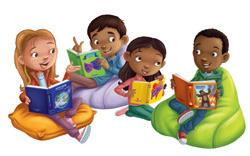






Mike Gould, Eoin Higgins and Annie Altamirano
Watch your learners grow in confidence as they develop their writing skills. They’ll write a newspaper article, adapt a myth and even create an advert for their favourite breakfast cereal! From haikus, fairy tales and plays to biographies, recounts and instructions, this series gives your learners the knowledge and skills to tackle a range of writing types.
• Uses product and process writing approaches to provide a framework for writing.
The perfect complement to our popular Global English, Primary English and Lower Secondary English resources.
• Written for learners from all language backgrounds, it provides valuable consolidation for first language students and gives second language learners the opportunity to extend their skills.
• Digital versions of our resources support you, however you’re teaching.
Each unit focuses on a different text type such as dialogue, recounts, reports or instructions. Model texts in each chapter show what good examples of each writing type look like – whether it’s character dialogue, recounts, reports or instructions. Specific activities help learners practise their grammar, while planning tools and an extended writing task develop essential editing, checking, planning and creative thinking skills.
• Improve comprehension skills with the ‘Text analysis’ section in each unit, which encourages learners to discuss the model text.
The ‘Writer’s checklist’ supports learners with activity tips.
Helpful tools, like planning scaffolds and mind maps, help learners understand how to plan extended writing tasks.
Learner’s book 7
Digital learner’s book 7 (1 year)
Learner’s book 8
Digital learner’s book 8 (1 year)
Learner’s book 9
Digital learner’s book 9 (1 year)
Teacher’s resource with digital access 7–9


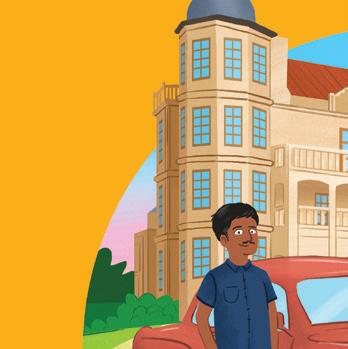
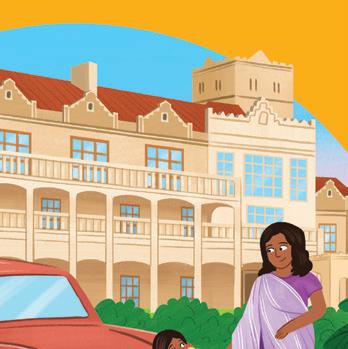


Your essential companion to the course, the print and digital teacher’s resource includes everything you need to lead your lessons with confidence.
Full guidance and lesson plans, along with unit warm-ups, marking criteria and ideas for assessment give you complete classroom support.
• Answer keys for each activity help you quickly and easily check your learners’ answers.


Listen to our podcast episode on teaching English as a second language, with Cambridge Grammar and Writing Skills author, Annie Altamirano.
978-1-108-71929-2
978-1-108-98410-2
978-1-108-71930-8
978-1-108-98411-9
978-1-108-71931-5
978-1-108-98412-6
978-1-108-76196-3
Second edition
Lynn Byrd, Greg Byrd and Chris Pearce
Whether your students are learning about integers, probability or translating shapes using vectors, this series helps them develop their mathematical thinking skills.
Digital versions of our print resources are provided so you’ll be fully supported however you’re teaching.
Learner’s books
• Worked examples and activities provide plenty of practice opportunities.
Projects throughout allow for deeper investigation of mathematical ideas and concepts, such as constructing algebraic expression.
• Includes access to Cambridge Online Mathematics, complete with auto-marked practice questions and interactive worked examples.
Key word boxes, clear diagrams and illustrations support English as a second language learners.
















































































































































































































































• Opportunity for extra practice beyond the coursebook with more exercises and activities. Specific questions that develop students‘ Thinking and Working Mathematically skills.
• Differentiated activities ensure all learners are supported and challenged.
Ideal for use in the classroom or at home.
• Everything you need to plan and run lessons including lesson ideas and varied activities.
• Language support suggestions alongside clearly identified assessment and differentiation ideas to support all learners.
Downloadable materials including language development worksheets and tests.
Explore our professional development offer for Cambridge Lower Secondary Mathematics to help you embed effective teaching approaches. See pages 56–57 >
This series supports you and your learners through the Cambridge Lower Secondary Mathematics curriculum framework (0862). The key changes we have made to our resources include:
• Questions in our learner’s books and workbooks –indicated with an icon – that support the new Thinking and Working Mathematically curriculum framework approach.
• Opportunities in each unit for you to develop, encourage and consolidate your learners’ mental maths skills and strategies.
These pages are from Cambridge Lower Secondary Mathematics Teacher’s Resource 7
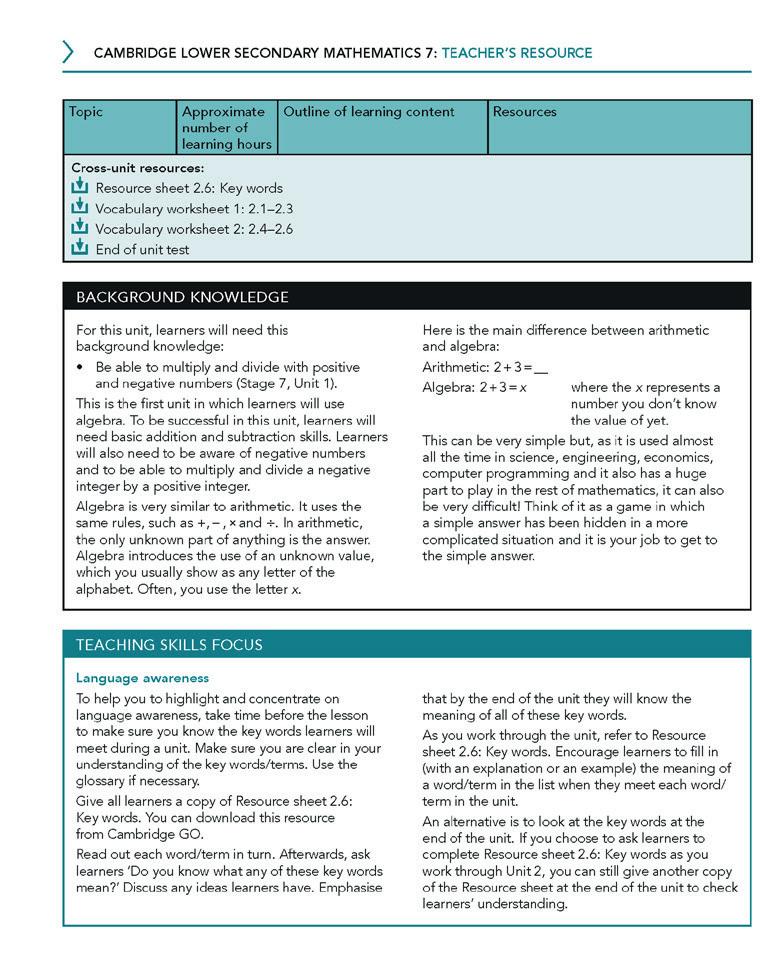
• Progression of skills matches the alignment of the new primary and lower secondary curriculum frameworks. We’ve also included a diagnostic test at the start of each stage so you can understand what your learners already know.
Find out more about how our resources support you and your learners at cambridge.org/education/lower_secondary
Background knowledge section gives you key information for each unit.
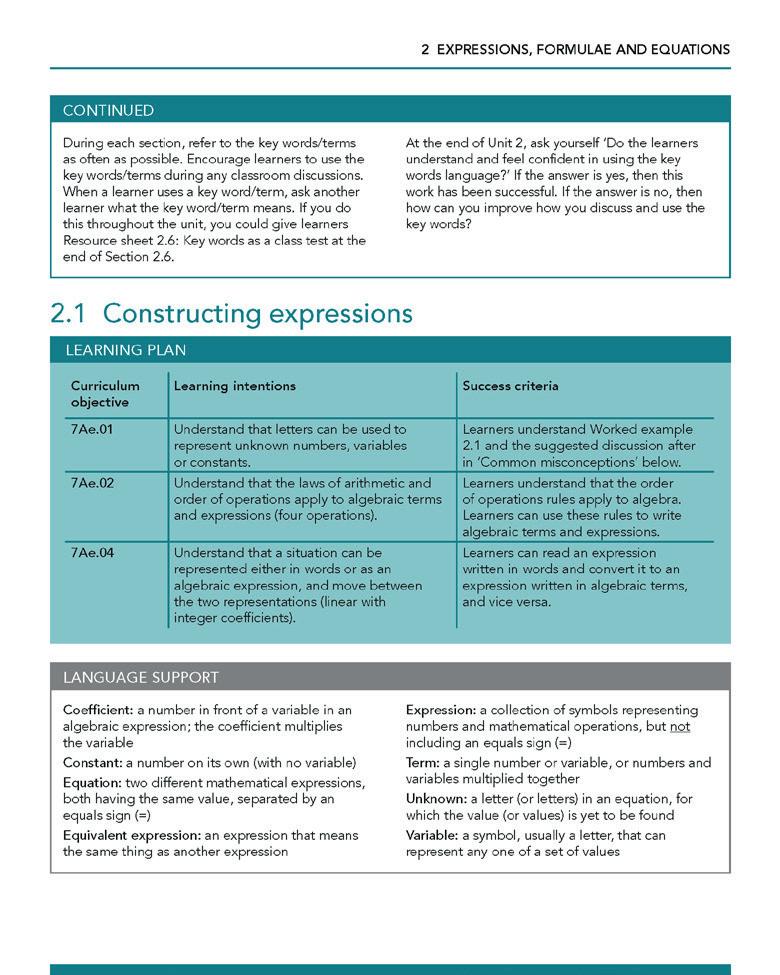
intentions and
Important unit vocabulary is clearly explained.
Professional Development
Second edition
Mary Jones, Diane Fellowes-Freeman, Michael Smyth and Sally Burbeary
From discovering how we breathe, to finding out how gravity works, Cambridge Lower Secondary Science gets your learners thinking like scientists!
This series helps students think and work scientifically, with opportunities to plan experiments, make predictions and gather results. Each unit ends with a project, such as using chromatographs to solve a mystery, which helps students to better understand topics and how they relate to the real world.
Our print resources come with digital access. Create a free teacher account on Cambridge GO and activate the code from your book to access your digital resources.
Learner’s books
• Packed with vocabulary boxes, clear diagrams and supporting illustrations to make science accessible for learners with English as a second language.
• Students are encouraged to engage with topics in a practical manner, allowing them to explore questions and develop a deeper understanding.
Packed with engaging activities to help students practise what they have learnt, while encouraging them to think and work scientifically.
• Differentiated activities split into 'Focus', 'Practice' and 'Challenge' to provide clear progression through each topic, helping learners see what they’ve achieved.
Ideal for use in the classroom or at home.

Offer comprehensive support, including answers to all questions and exercises, enabling you to make the most of the series.
Language support suggestions, along with assessment and differentiation ideas to help you meet all your learners’ needs.
• Access additional differentiation activities and language development exercises along with downloadable worksheets in the accompanying digital resource.
This series supports you and your learners through the Cambridge Lower Secondary Science curriculum framework (0893). The key changes we have made to our resources include:
• Specific support for the new Earth and Space strands of the curriculum framework.
• Activities throughout our learner’s books – including our ‘Think like a scientist’ feature – help your learners develop their skills for Thinking and Working Scientifically, which replaces scientific enquiry skills in the new curriculum framework.
• Examples of models and representation throughout our resources support the increased focus on this important area.
Find out more about how our resources support you and your learners at cambridge.org/education/lower_secondary
In 2023, we reached 1.5 million teachers and learners with our resources, so we made it our mission to find out what they like. Watch our new video to discover what teachers think about our Cambridge Primary and Lower Secondary resources.
Helps







Gets students thinking and talking about
• Our English skills for science workbooks enhance understanding of scientific terms and effective expression, aiding the challenges of studying science in English.
• Engaging activities like data presentation and diagram labelling foster language skill development and English fluency in the context of science.
The 'English Skills and Support' section supports students by offering information on essential English topics relevant to their science studies.
Support to help you deliver Cambridge Lower Secondary




See pages 56–57 >














Explore our professional development offer for Cambridge Lower Secondary Science to help you embed effective teaching approaches.
Registered Cambridge schools can access a wide range of support to help plan and deliver the lower secondary programme at lowersecondary.cambridgeinternational.org
Jason Hutchison, Gemma Jubb and Helen Young
Feel supported in your classroom with our new humanities teacher's resources. Choose between the curriculum strands People, Past and Places - or cover all three. Learners build knowledge and skills to engage empathetically and insightfully with history, their physical world and their communities.
Our downloadable resources make it easy to pick content from the strands and adapt to your local context. Set the foundation for studying humanities subjects and equip your learners with lifelong skills, such as critical thinking and cultural awareness. Learners also investigate and discuss global issues, such as climate change.
The resources include:
• Starter, main and plenary teaching ideas for each enquiry, giving you flexibility to adapt lessons to your needs.
Enquiry-led teaching activities with questions, video links and guidance on how to use the Enquiry Approach.
• Links to engaging video content that helps bring the curriculum to life where possible.
Downloadable worksheets that you can adapt for your own local context.
• PowerPoint presentations with engaging imagery for front-of-class teaching to engage learners.
Guidance on how to adapt the learning objectives to different contexts and how to engage your learners in an active way.


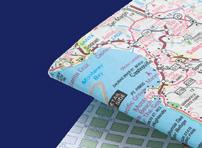
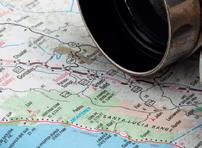








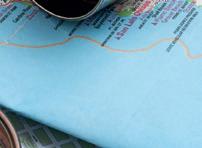


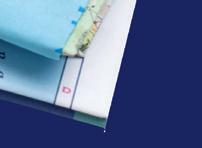
New content coming soon
Access updated content for your resources from October 2025, available to download when you log in on Cambridge GO
Have your say
Share your feedback in our survey and help shape the next content update for May 2026!
Learners develop a deep understanding of topics in one or more strands of the humanities curriculum by conducting enquiries.

• Enquiries develop learners’ skills specific to humanities subjects, as well as research, analysis, decision making, conclusion drawing and presentation skills.
Enquiry questions engage learners’ curiosity about their world and motivate them to build their knowledge of humanities subjects.
• Provides opportunities for learners to reflect on how their skills and knowledge change through the enquiry.
Support your lower secondary learners to foster positive relationships and understand their emotions with our Cambridge Lower Secondary Wellbeing Digital Teacher’s Resource Stages 7–9. This resource is filled with activity ideas that support the curriculum learning objectives and encourage learners to address discrimination, look more closely at their own emotions, and identify bullying.
Our digital teacher’s resource includes:
• Flexible lesson plans for each of the curriculum learning objectives that you can adapt to your timetable and school context.
A letter and presentation to share with parents on the benefits of teaching wellbeing.
Varied activities to engage learners in natural, open discussion such as role plays, stories and games.
Guidance on how to teach wellbeing flexibly alongside other subjects like English, mathematics and science.
• Lesson plans linked to the areas reported on in the Cambridge Wellbeing Check, including ‘Life Satisfaction’ and ‘Negative Emotions’, so you can provide targeted support.
• Information and insights about the benefits of teaching wellbeing.
• Resource sold as a site licence and accessed via Cambridge GO
Cambridge Lower Secondary Wellbeing
Stages 7-9









Be inspired
Make the most of teaching wellbeing with the Cambridge Wellbeing Check, curriculum frameworks and their supporting resources.
Explore more on our Brighter Thinking Blog
The Cambridge Wellbeing Check gives you a clear picture of wellbeing at your school and supports you in helping students aged 7-18 feel their best. The check equips you with the tools you need to evaluate, explore, teach and promote wellbeing – and have a lasting, positive impact.
Find out more here or speak to your local consultant.

Second edition
Stages 7-9
Keely Laycock
Covering Stages 7–9, our Cambridge Lower Secondary Global Perspectives resources champion learners‘ skills development by exploring global issues.
This series supports the Cambridge Lower Secondary Global Perspectives curriculum framework (1129).
• Write-in format allows learners to record experiences and evaluate their learning, and surfaces understanding to teachers.
• Skills map highlights cross-curricular links and important assessment requirements.
• Units on the six skills of analysis, collaboration, communication, evaluation, reflection and research grow in difficulty through a defined structure of ‘Starting with’, ‘Developing’ and ‘Getting better at’.
• ‘Prior learning’ feature surfaces understanding through active learning activities.
Peer feedback opportunities so learners can assess the work of their peers, practise giving feedback and measure their progress against the learning goals.
Activities that support learners to build awareness of and reflect on different perspectives on a topic or issue.
• Letter to parents introducing our Cambridge Primary and Lower Secondary resources.
• Mapping to show how our resources can be used effectively alongside the curriculum framework.
• ‘Approach to Global Perspectives’ unit with advice on how to plan for the subject, integrate the theme of sustainability, and transfer your teaching skills to teach global perspectives effectively.
• Assessment support throughout with an introduction to assessment as well as self-assessment ideas.
• Downloadable worksheets and project ideas save you lesson-planning time.
This series supports you and your learners through the Cambridge Lower Secondary Global Perspectives curriculum framework (1129). The key changes we have made to our resources include:
• The learner’s skills books provide opportunities to practise writing reports through a variety of different output activities. We also provide additional focused support for writing research reports in our Stage 9 resources, including advice for showcasing skills and activities to encourage learners’ enthusiasm.
• A new mapping document shows how the learning goals for each lesson can be mapped to the curriculum frameworks.
• We have included advice in our teacher’s resources on integrating the theme of sustainability. In the learner’s skills books, our characters face a number of challenges centred on promoting sustainability to encourage learners to explore this important topic.
Find out more about how our resources support you and your learners at cambridge.org/education/lower_secondary
Find details of your local branch and/or representative at cambridge.org/education/ find-your-sales-consultant
Alternatively, visit: cambridge.org/education
Create your shopping basket at cambridge.org/education and place your order. Please register to use your credit card.
Place a firm order or request a sample
Contact your local consultant.
Please place all orders through your local bookshop or supplier.
Your local representative will be able to advise you about any queries you may have about local suppliers, our titles and how to order them. In case of difficulty, or if you do not have a local office, please contact: directcs@cambridge.org
Africa
Cape Town, South Africa
Telephone: +27 21 412 7800
South Africa, Botswana, Eswatini, Lesotho, Malawi, Mozambique, Namibia, Zimbabwe, Zambia
Email: orders@cup.co.za Phone: +27 21 412 7800
Rest of Africa
Email: internationaltrade1@cambridge.org
Asia
Email: asia@cambridge.org Phone: (+65) 6323 2701
Australia and New Zealand
Email: enquiries@cambridge.edu.au
Phone: (Australia) +61 (03) 8671 1400 Phone: (New Zealand) +61 0800 023 520

Europe
Email: directcs@cambridge.org Phone: +44 (0) 1223 326050
India
Email: schools@cambridge.org Phone: +65 6323 2701
Middle East and North Africa
Email: internationaltrade1@cambridge.org Phone: +44 (0) 1223 326125
South America
Mexico
Email: pedidos@cambridge.org Phone: (+52) 5 55 3364656
Brazil
Email: atendimento.br@cambridge.org Phone: (+55) 11 3146 3333
USA and Canada
Email: customer_service@cambridge.org Phone: +1800-872-7423
